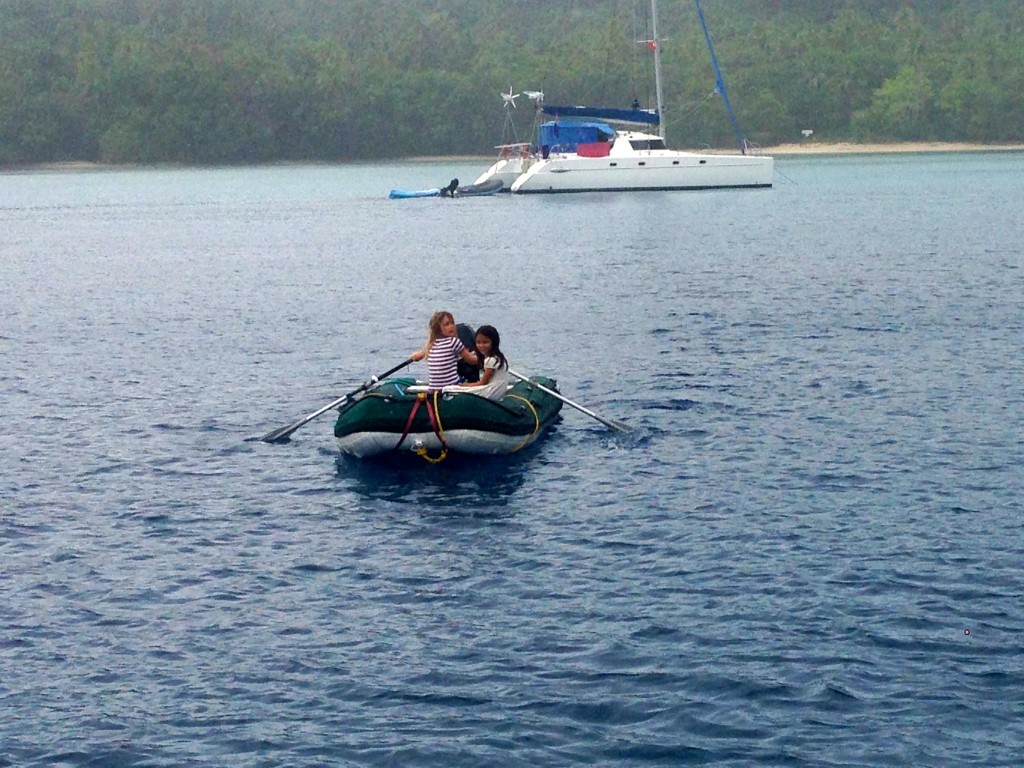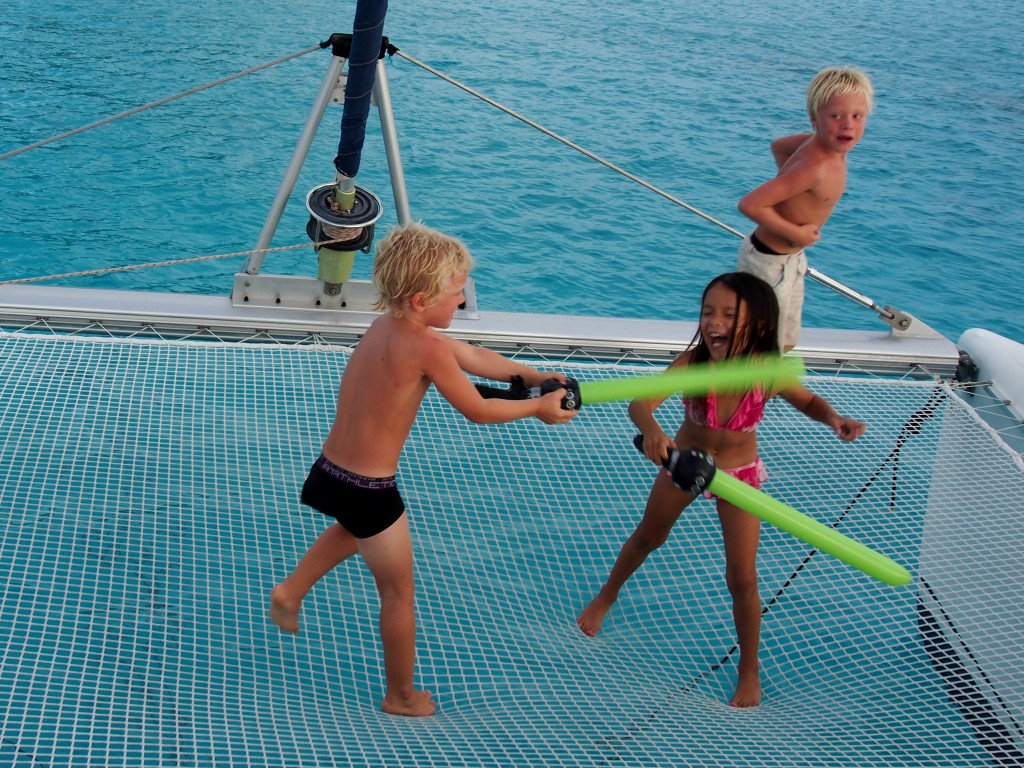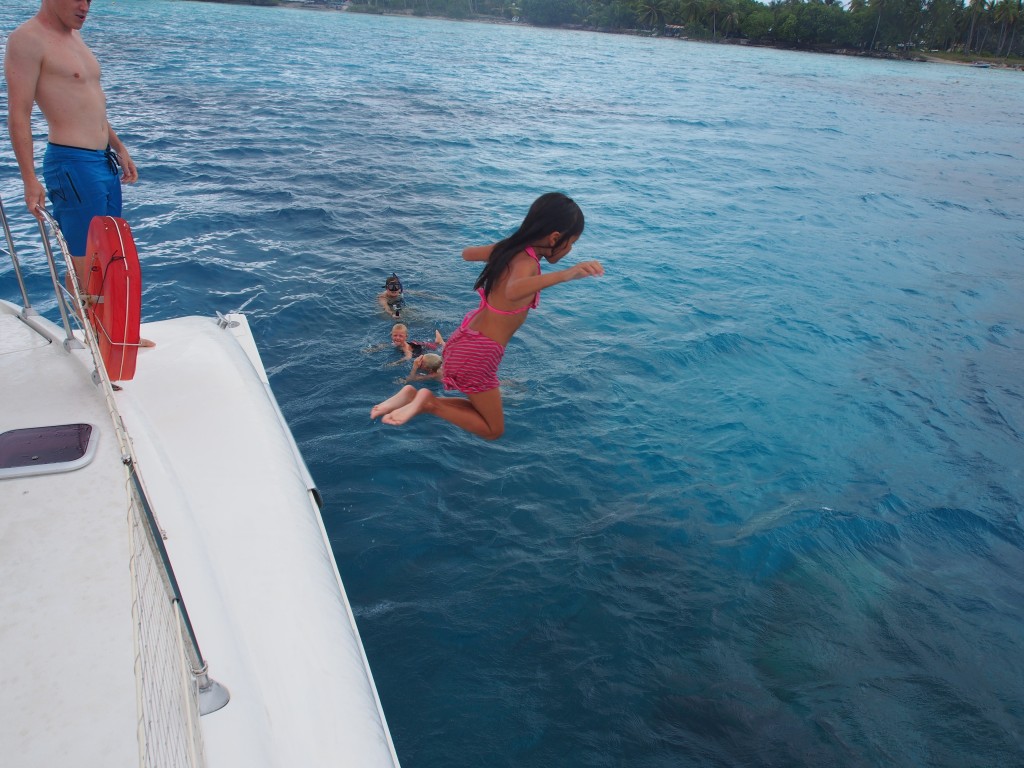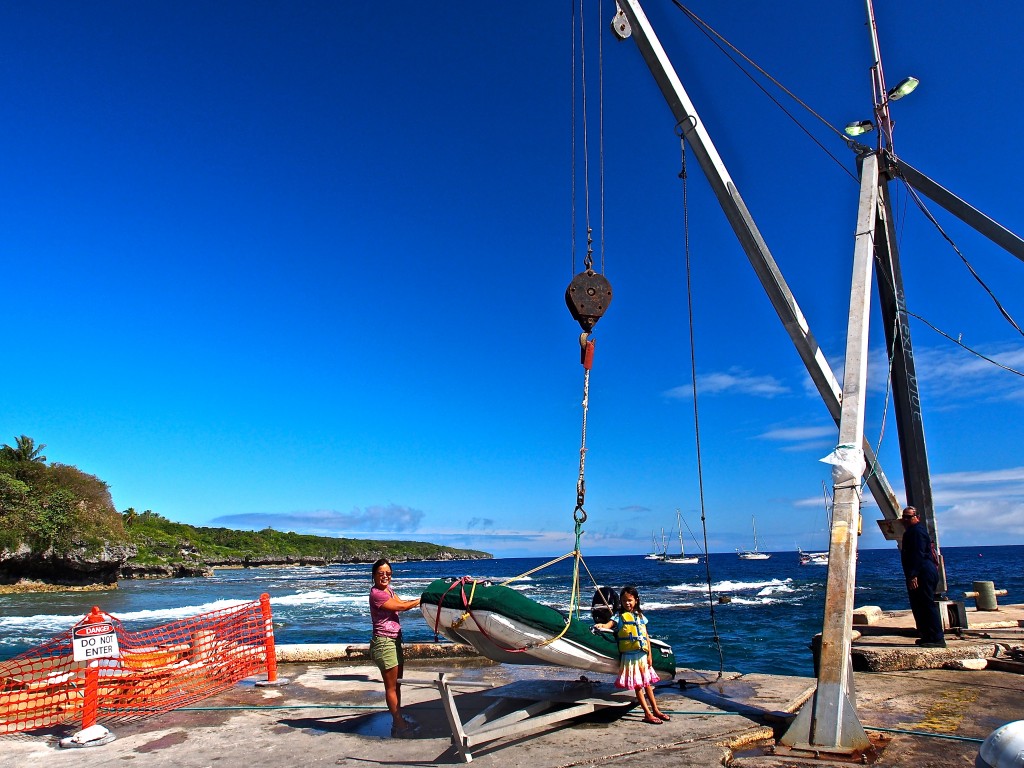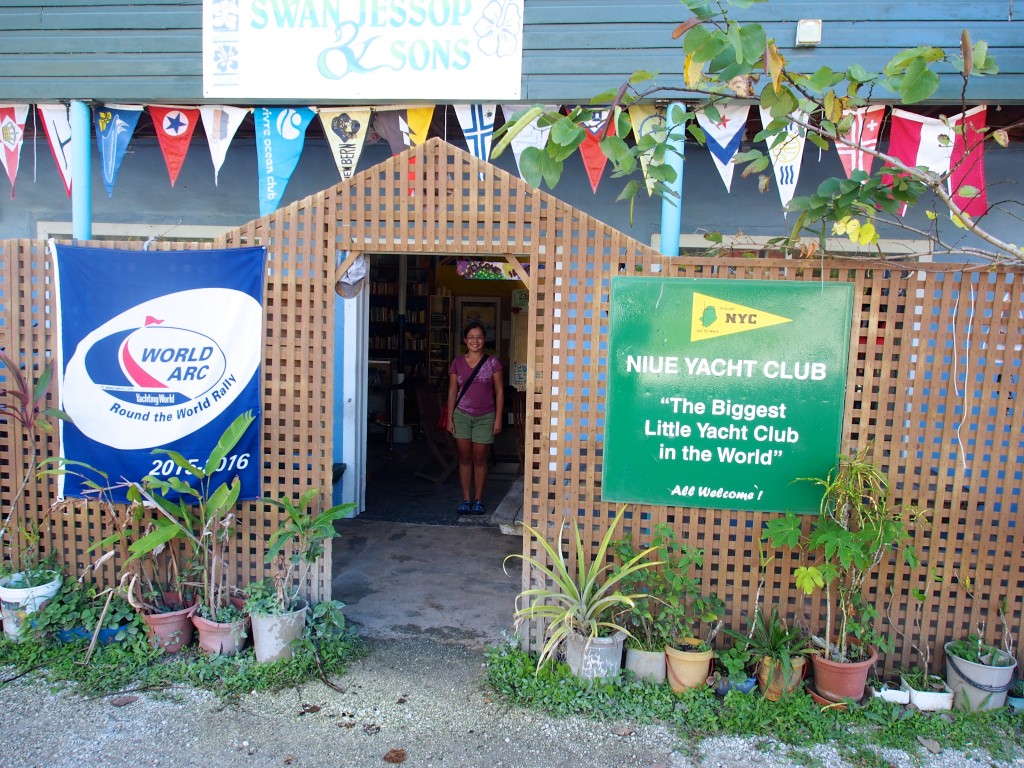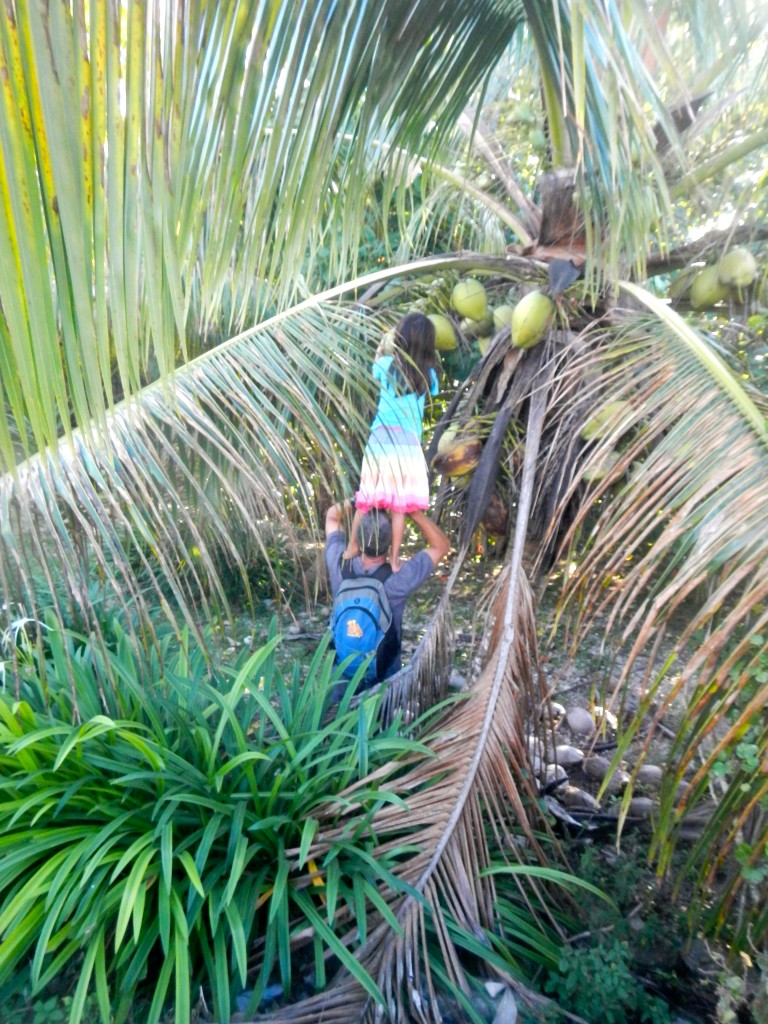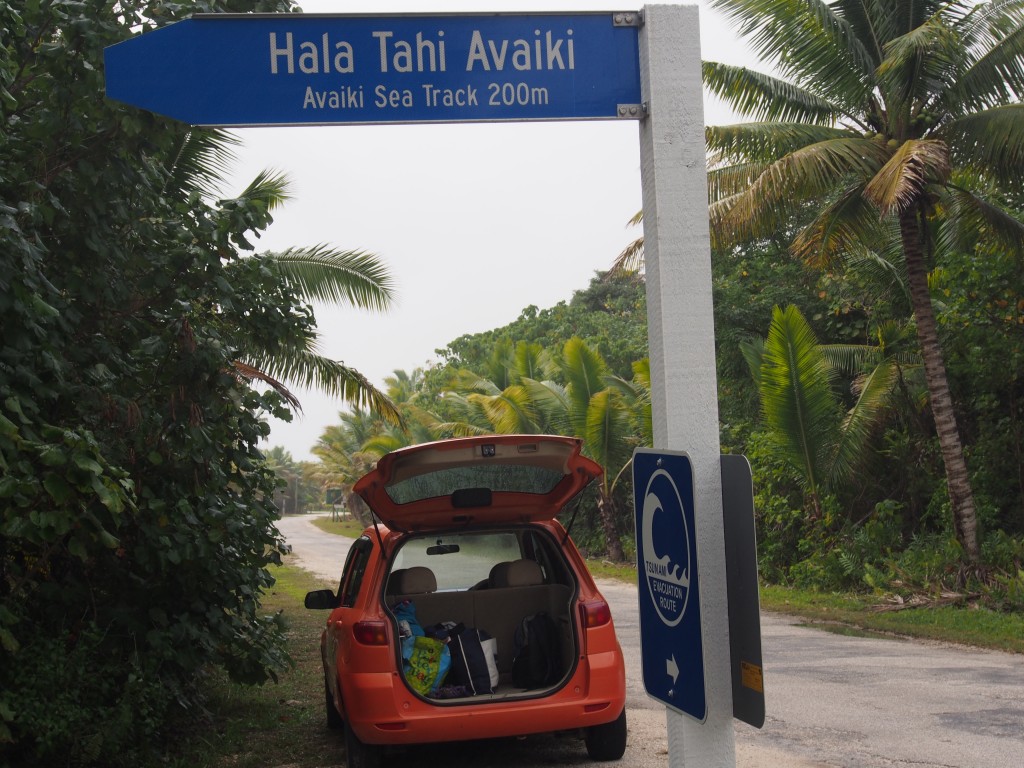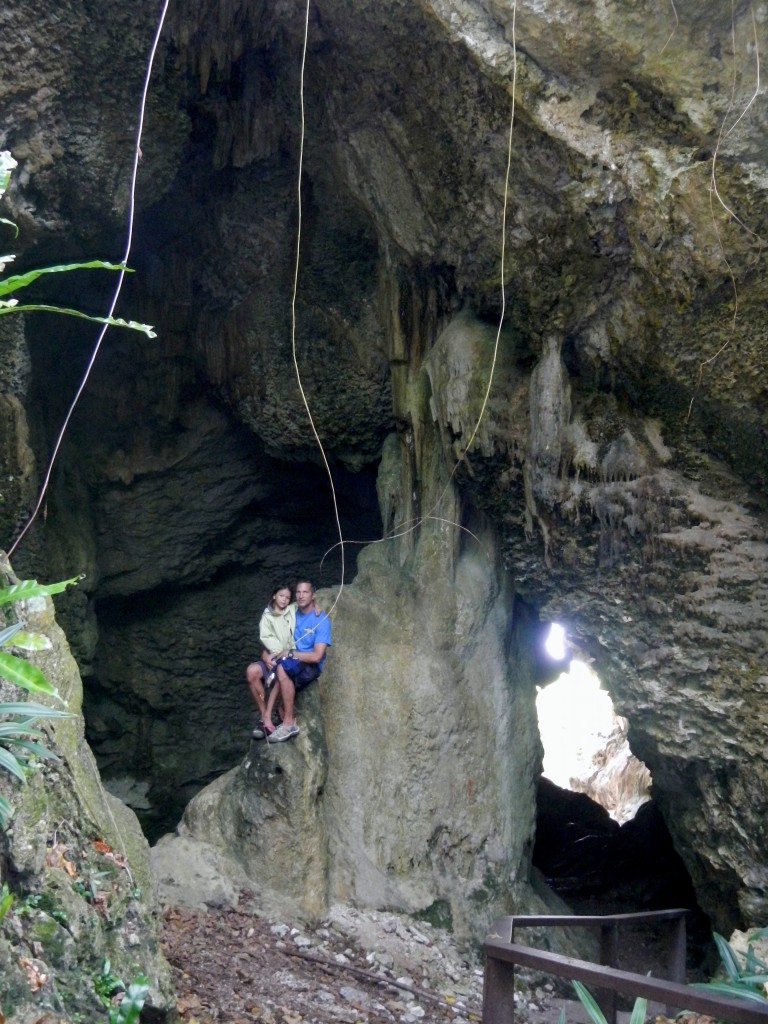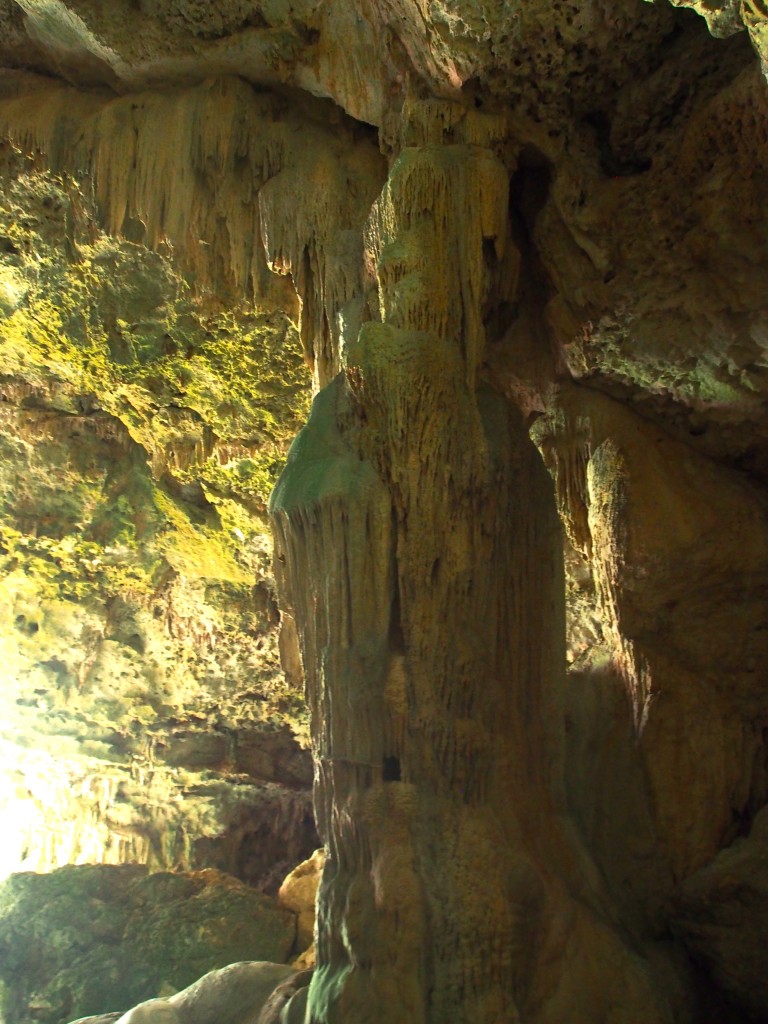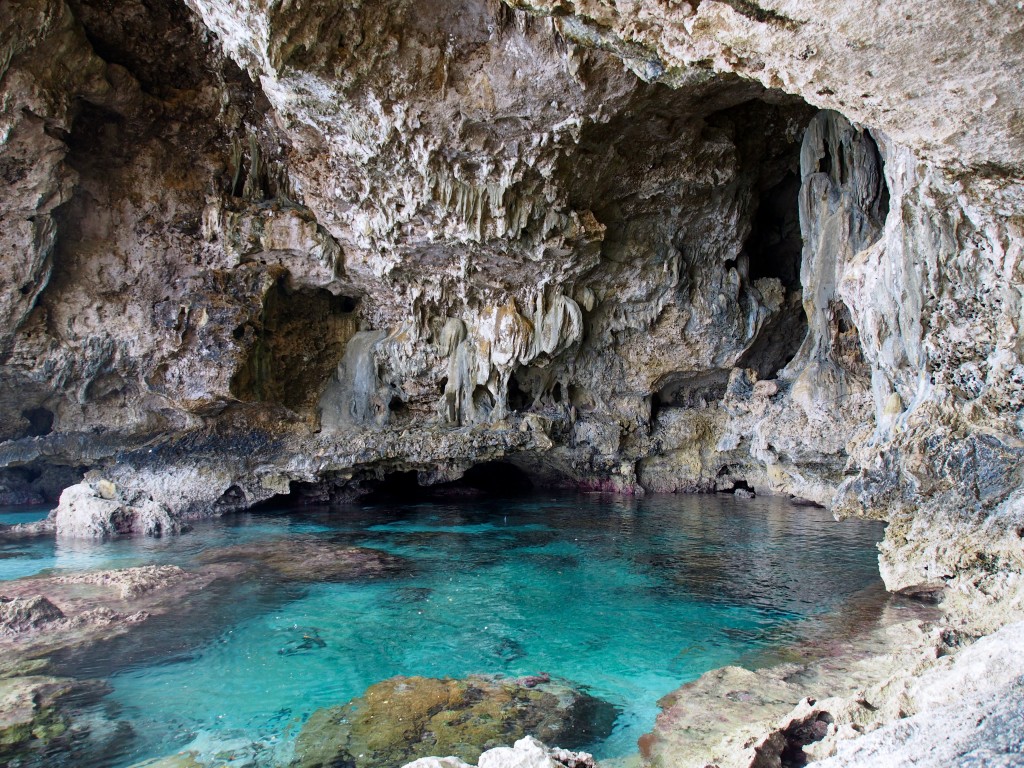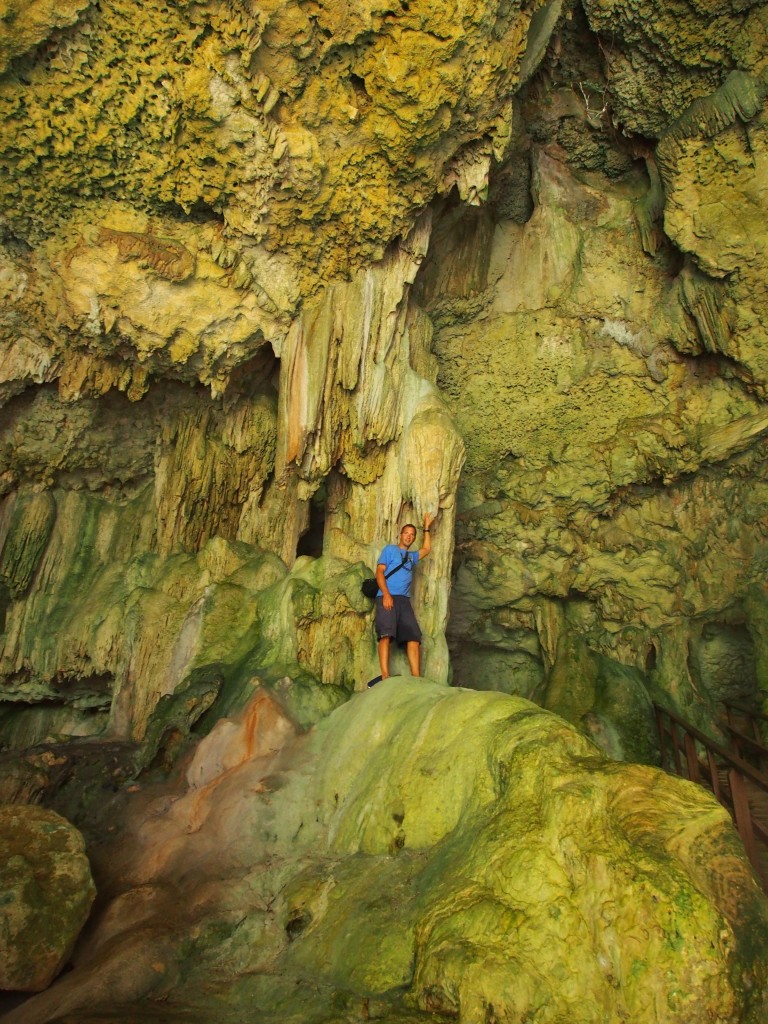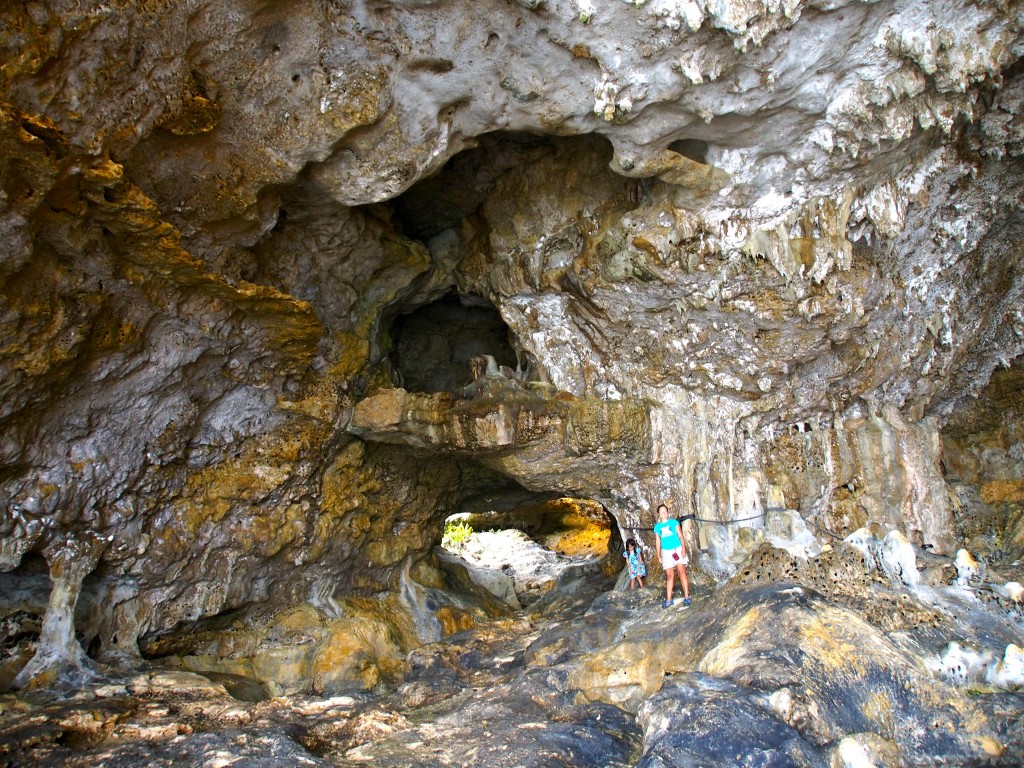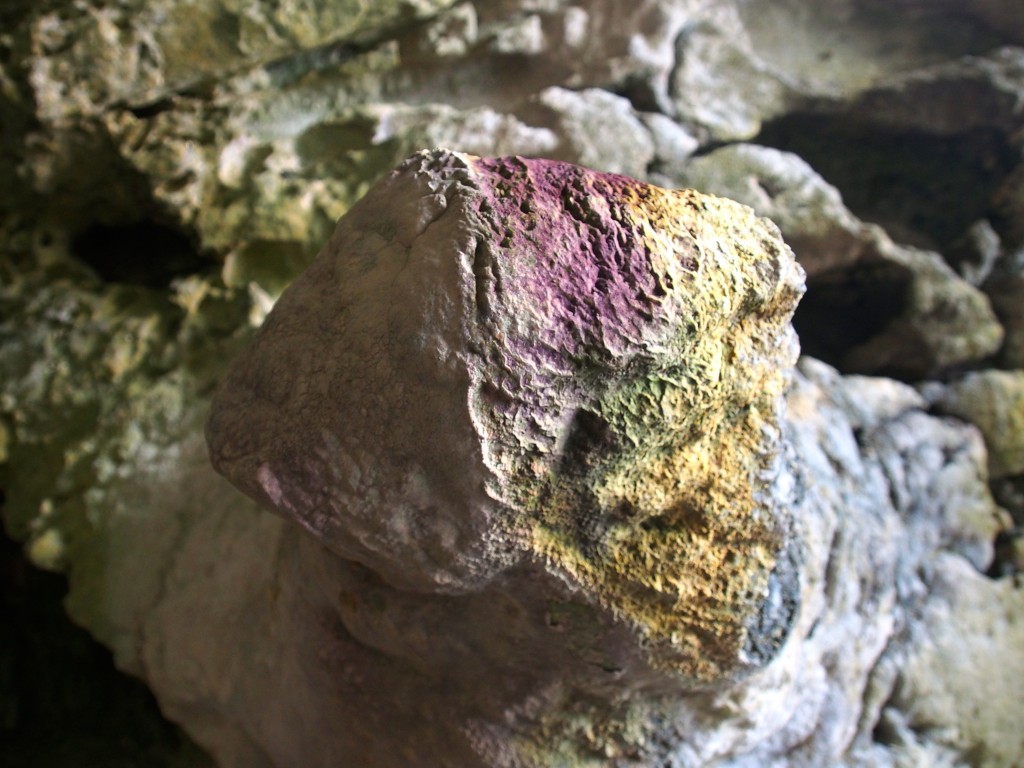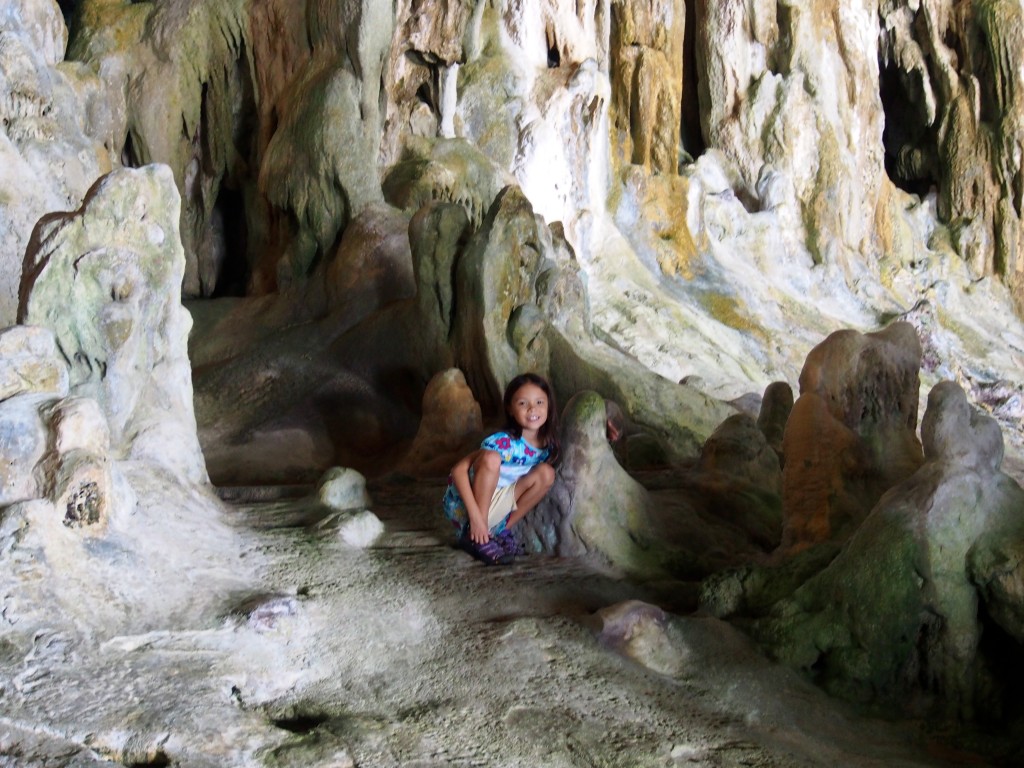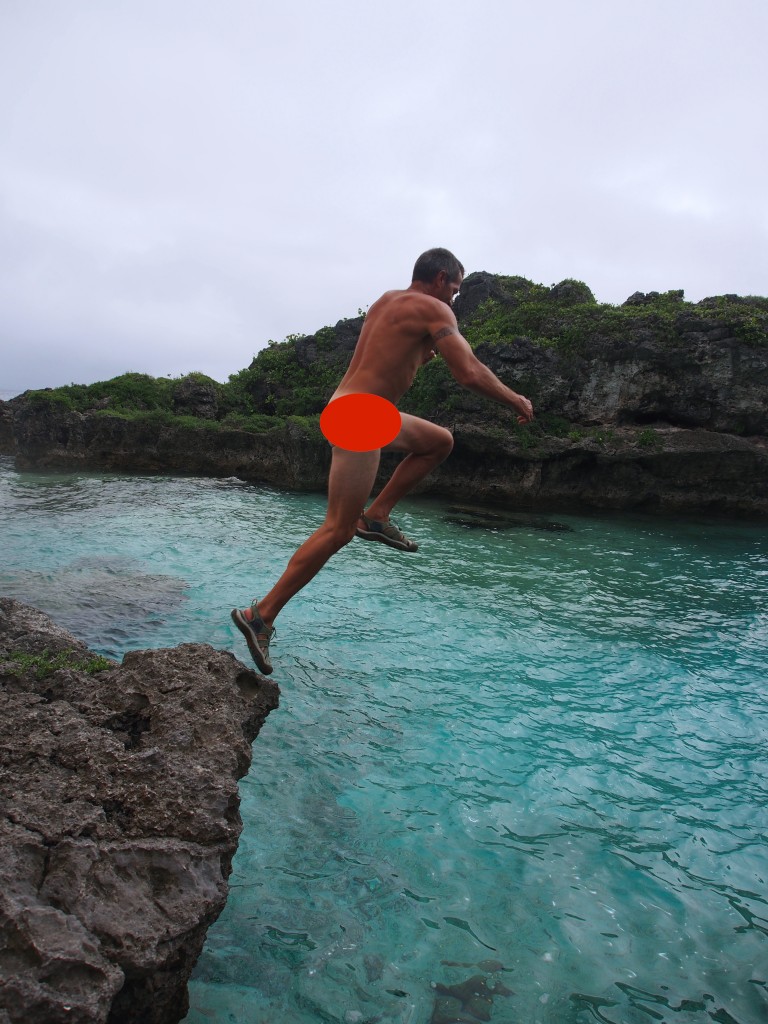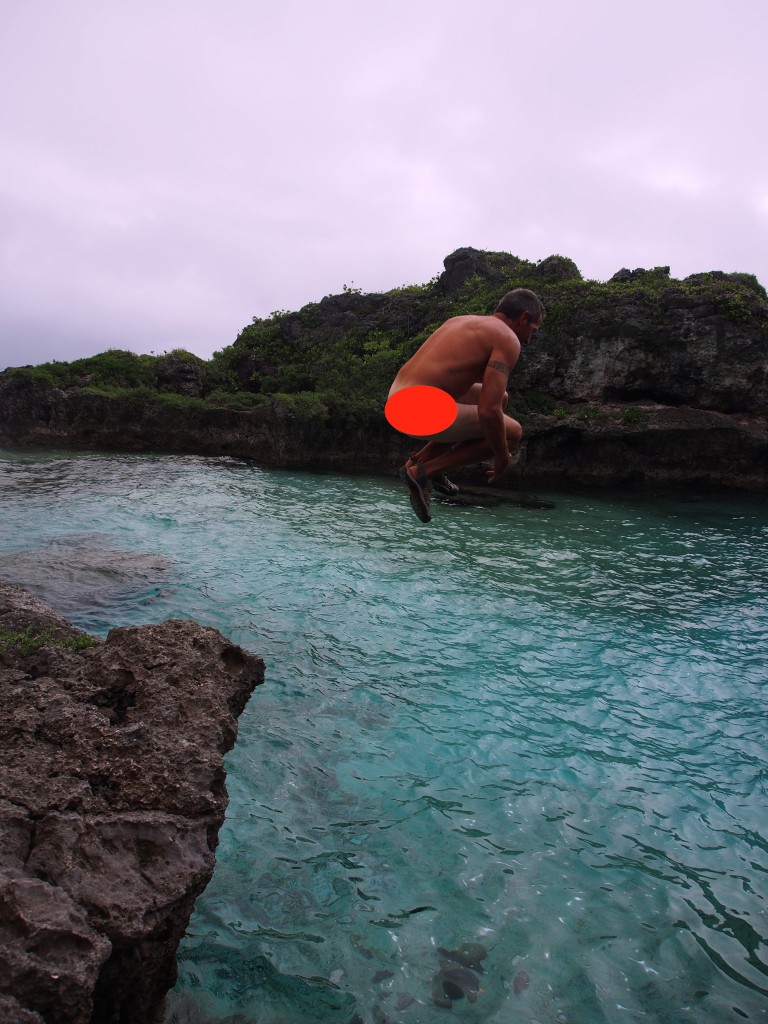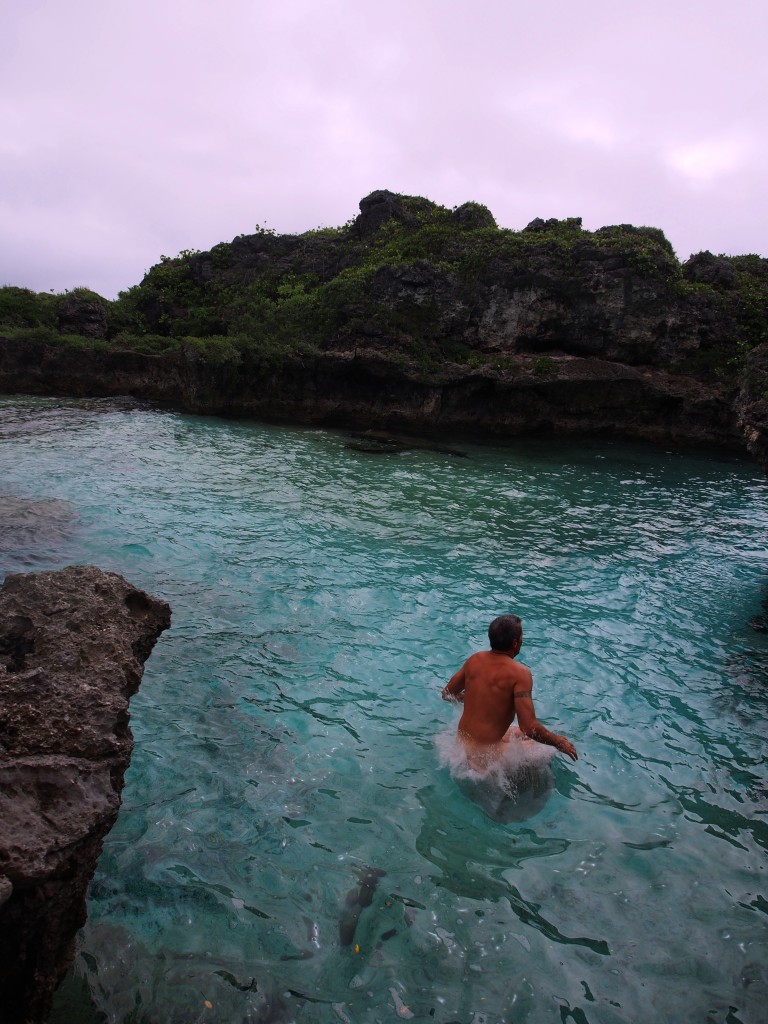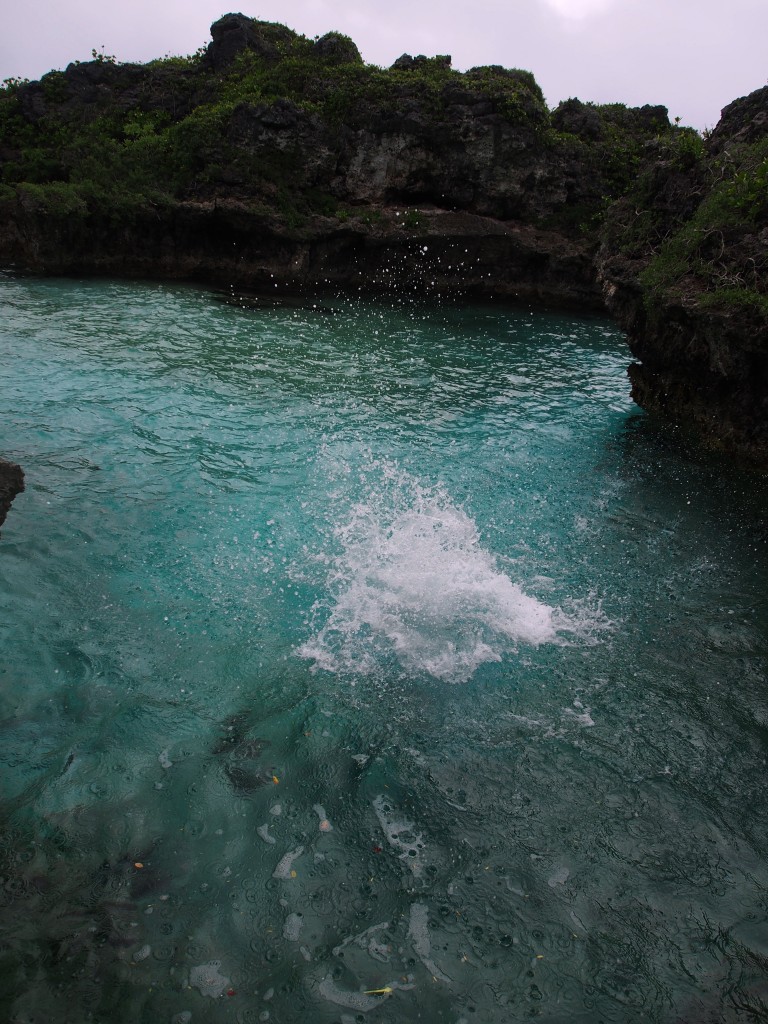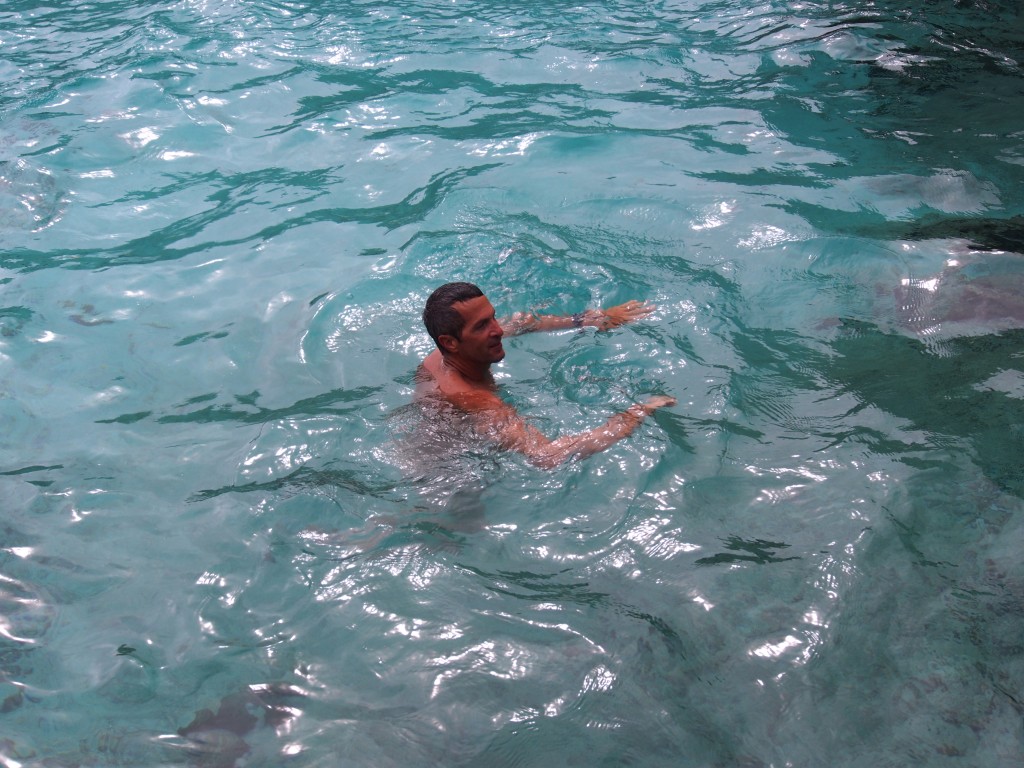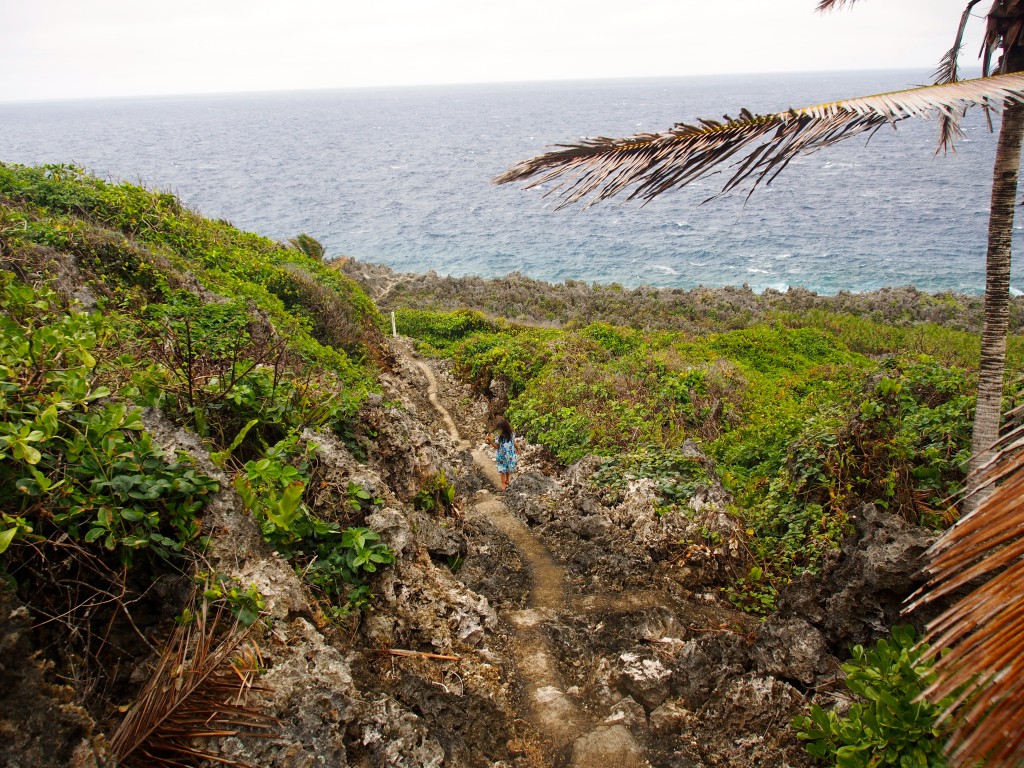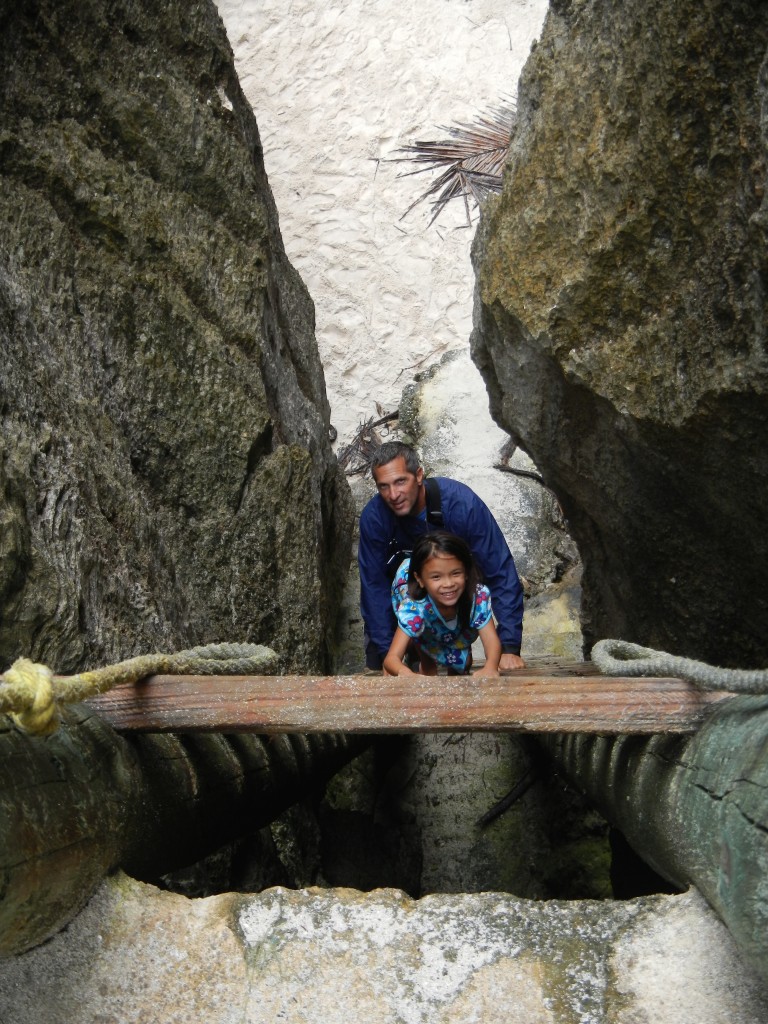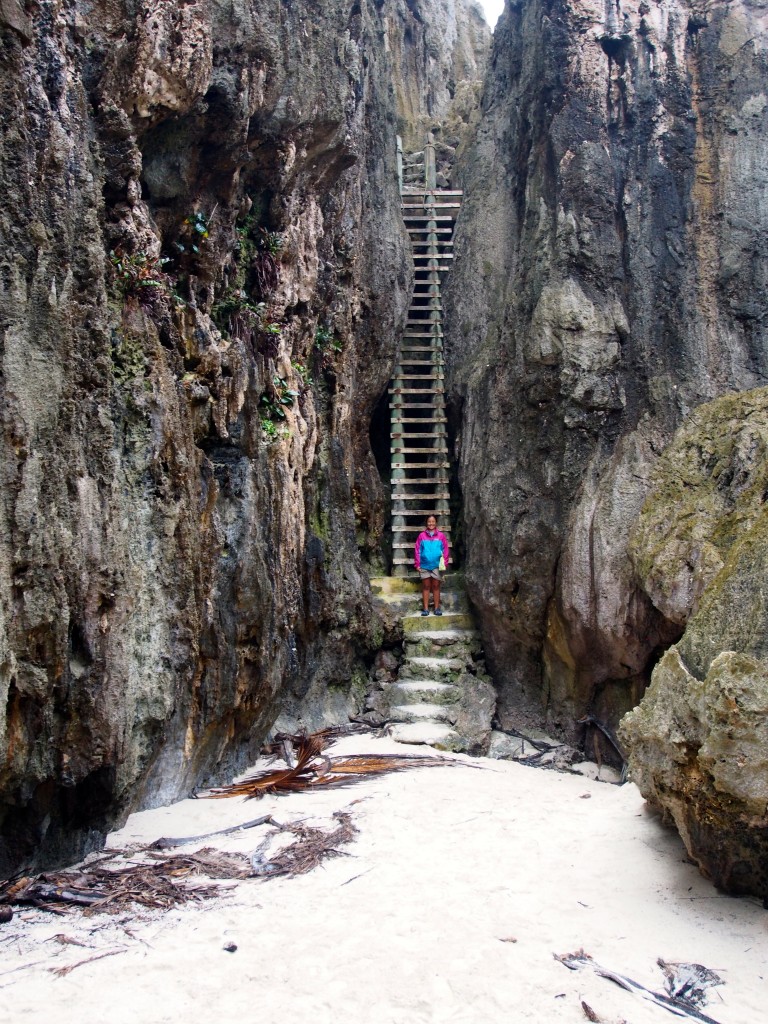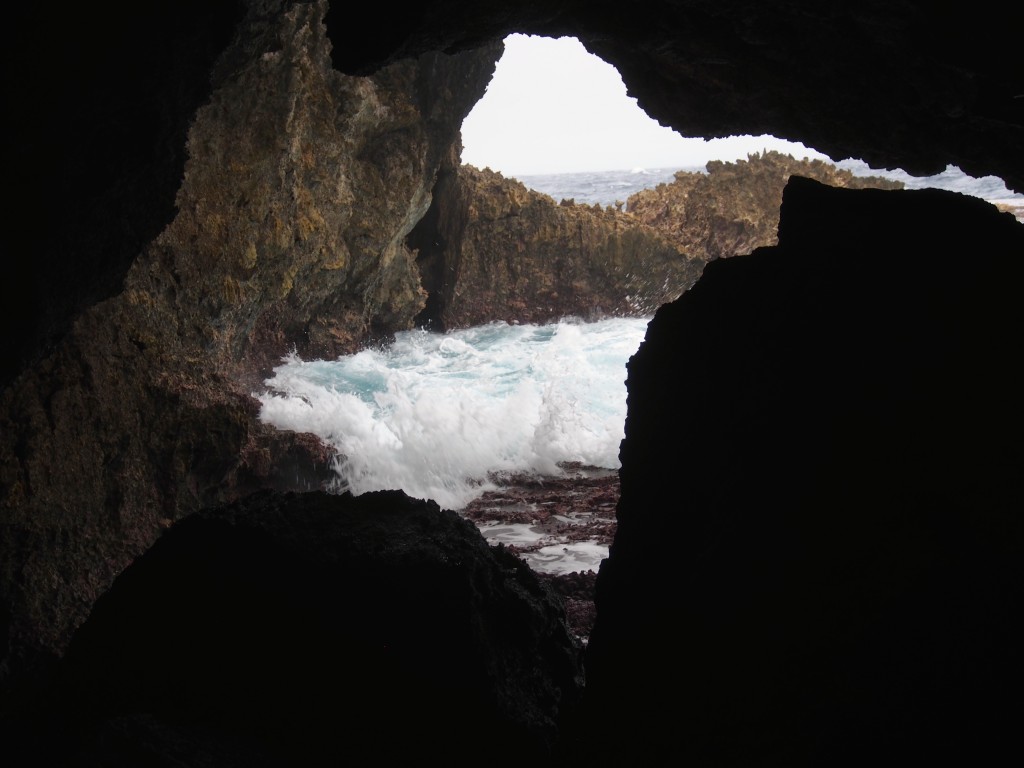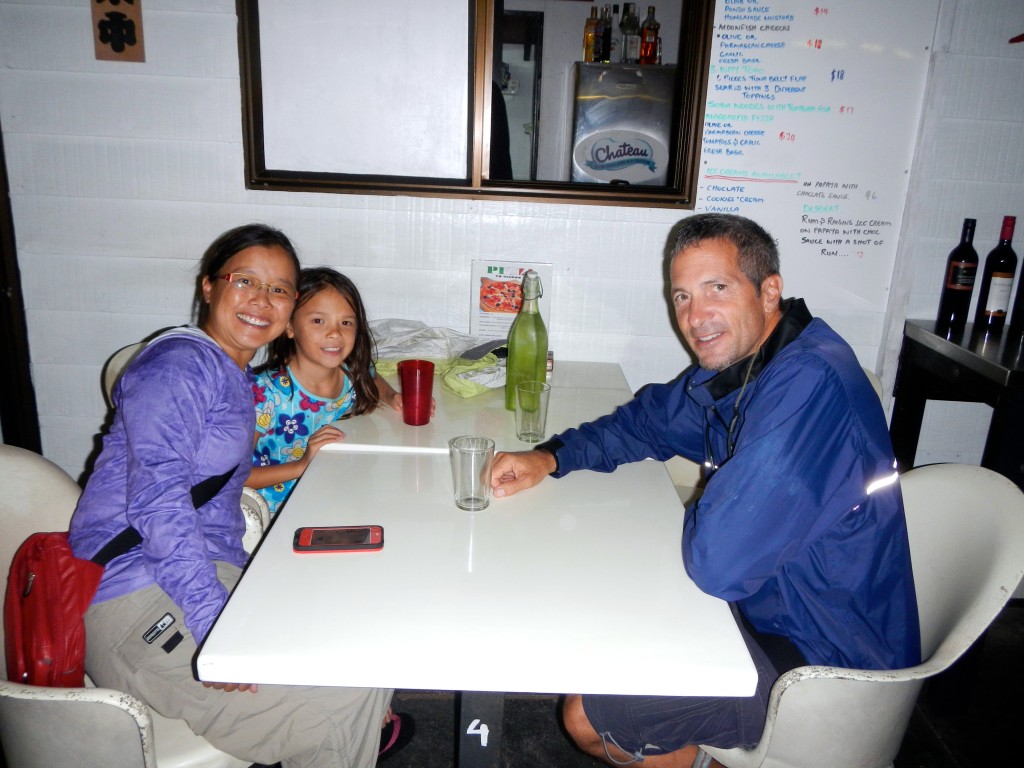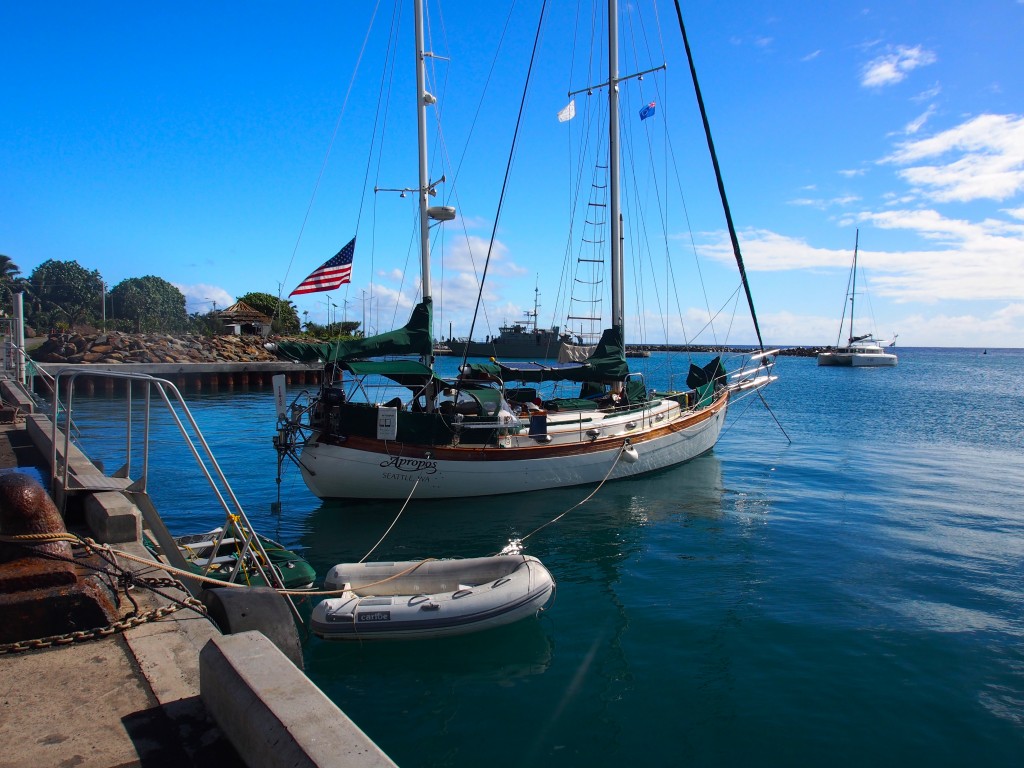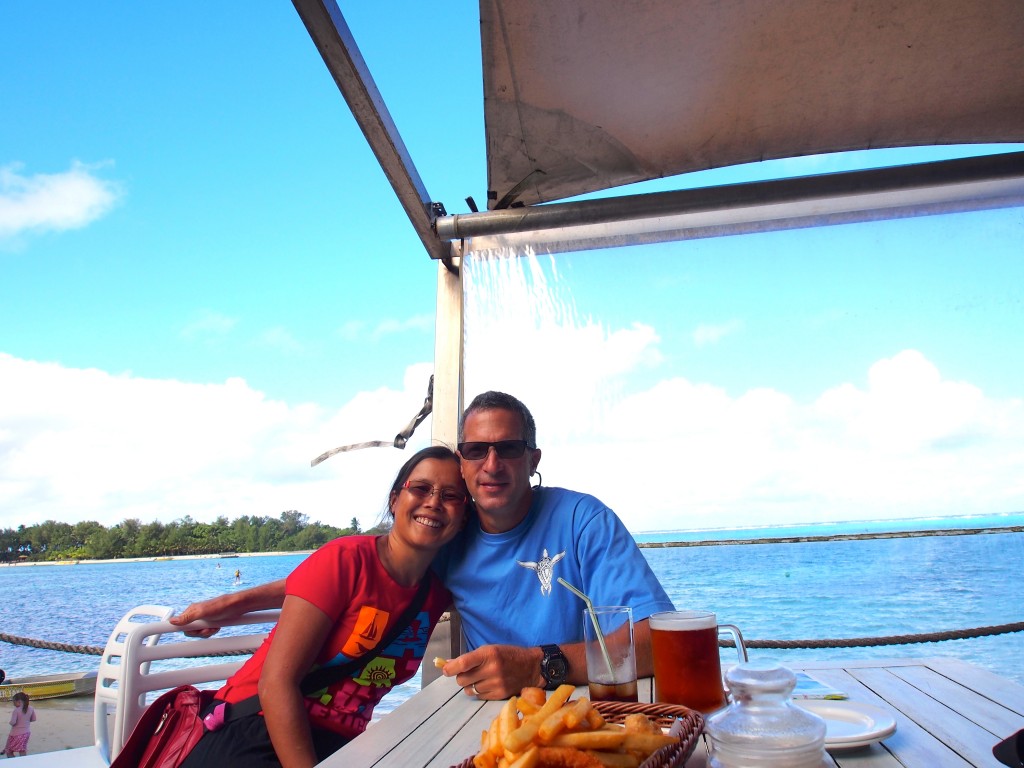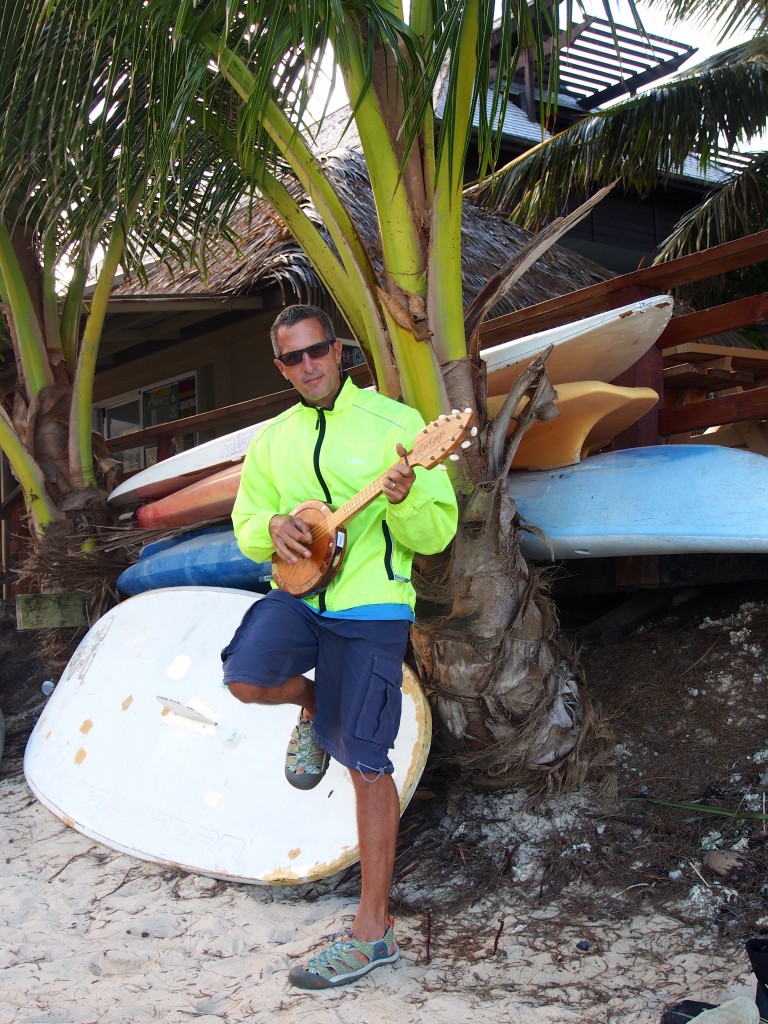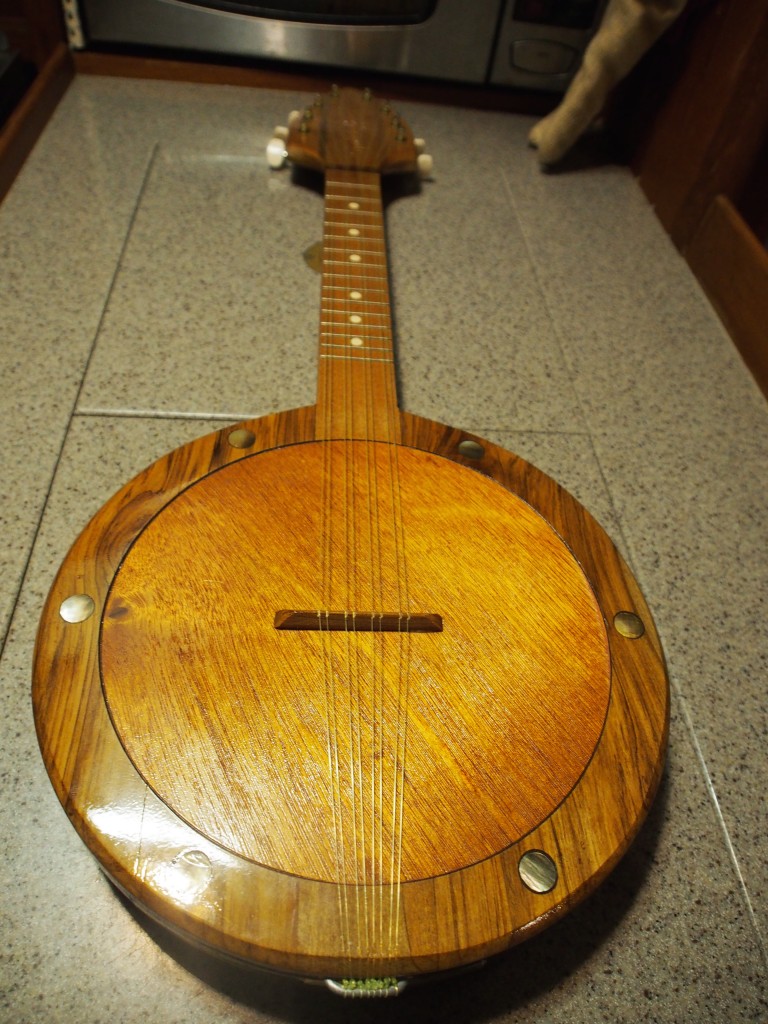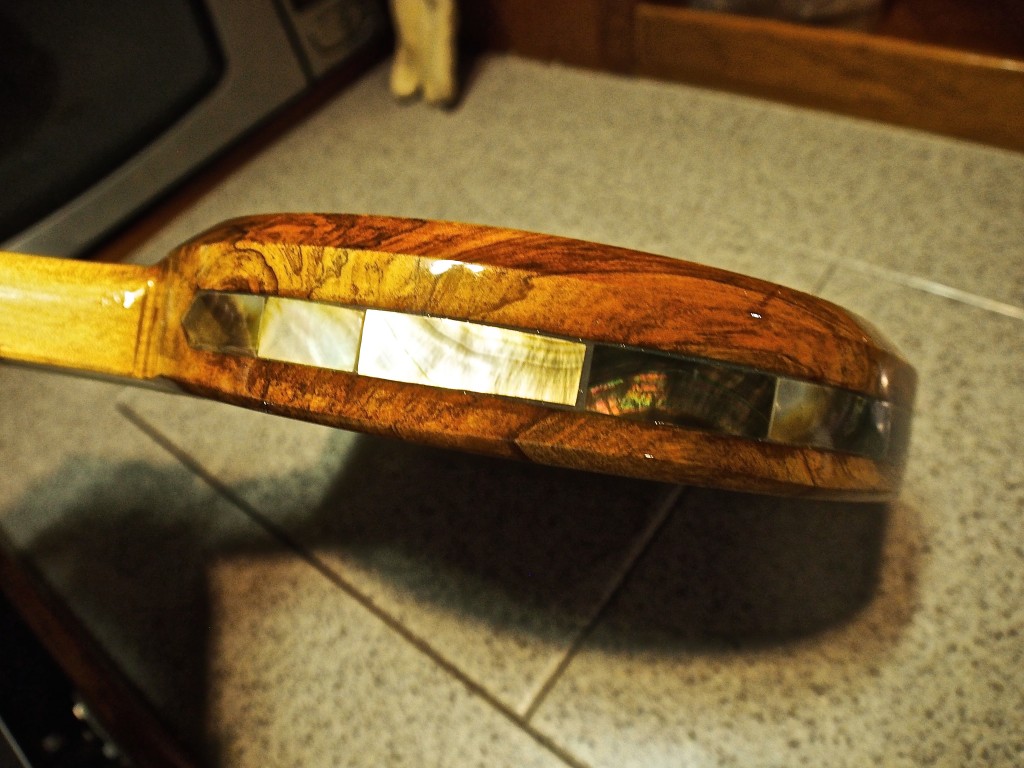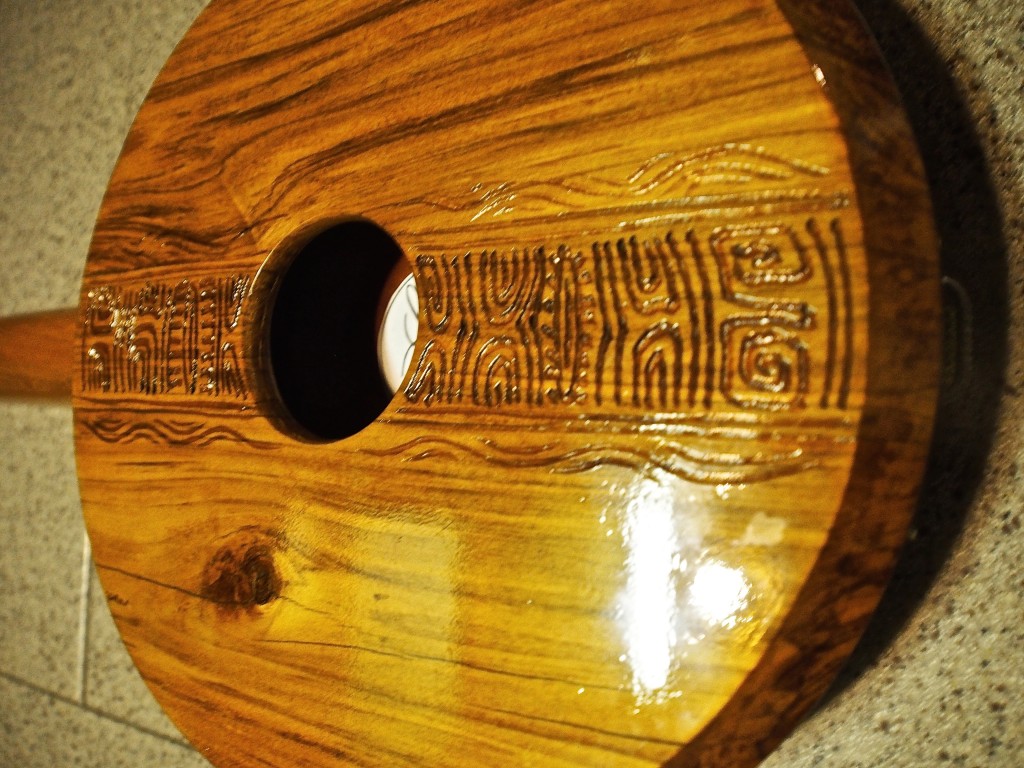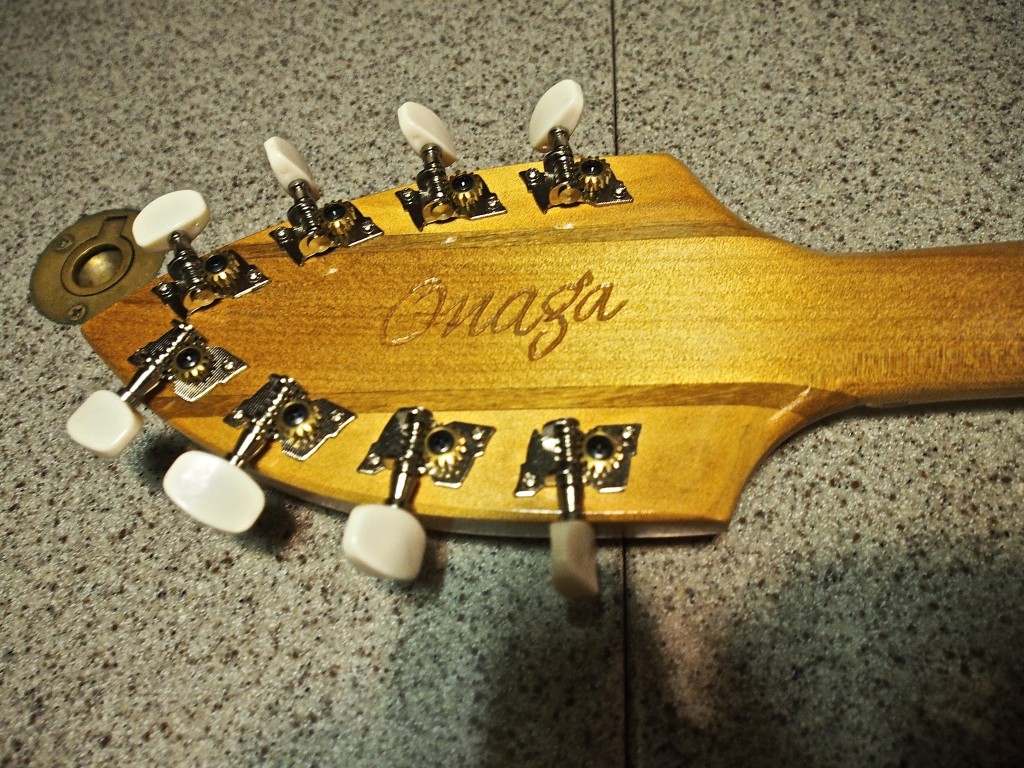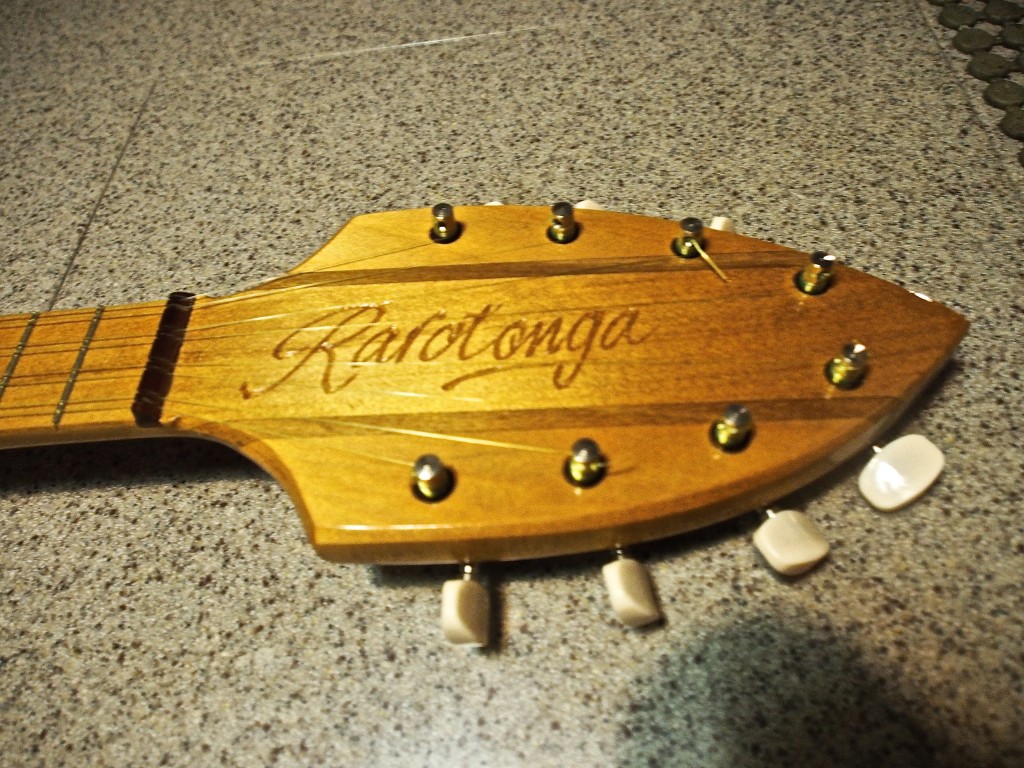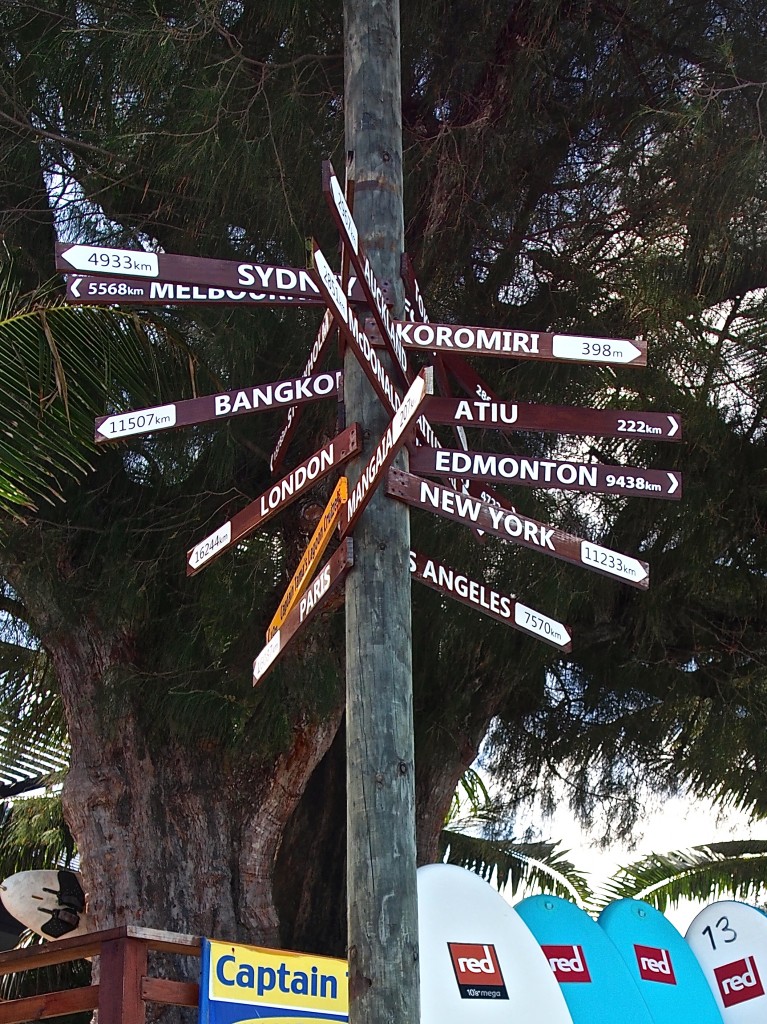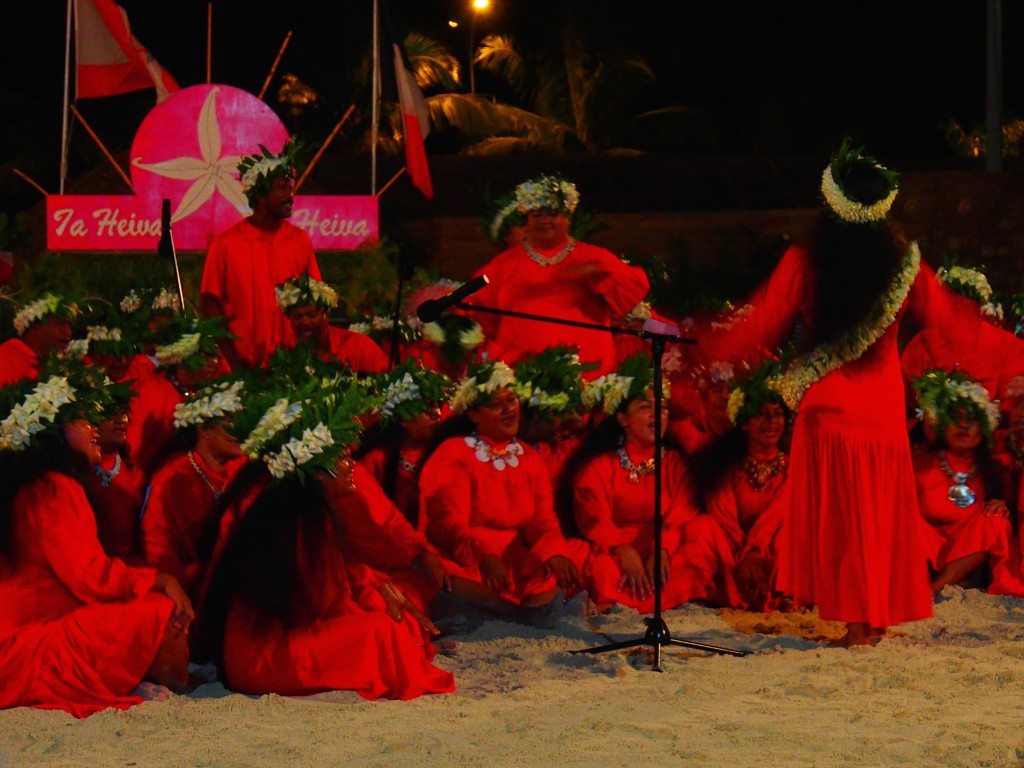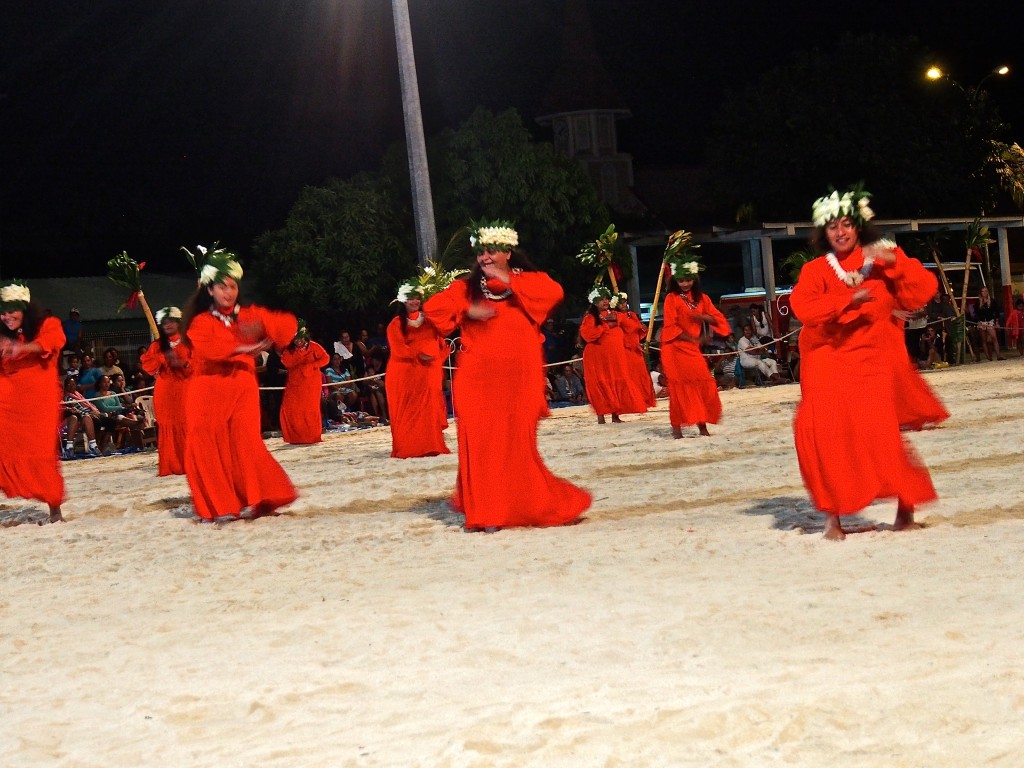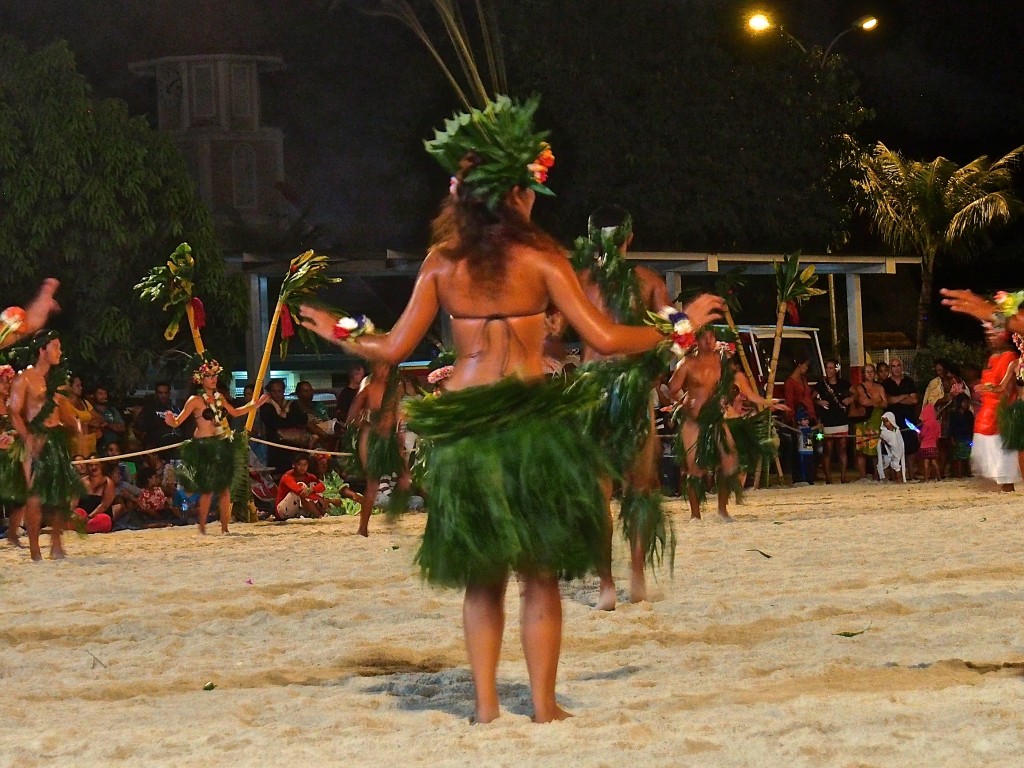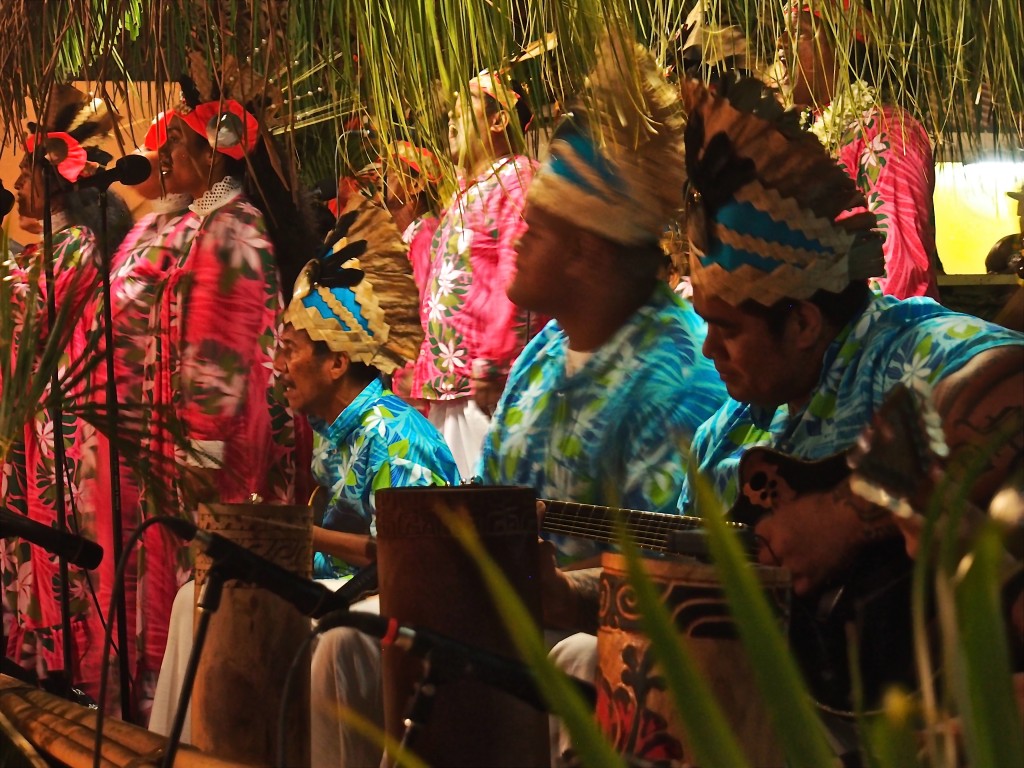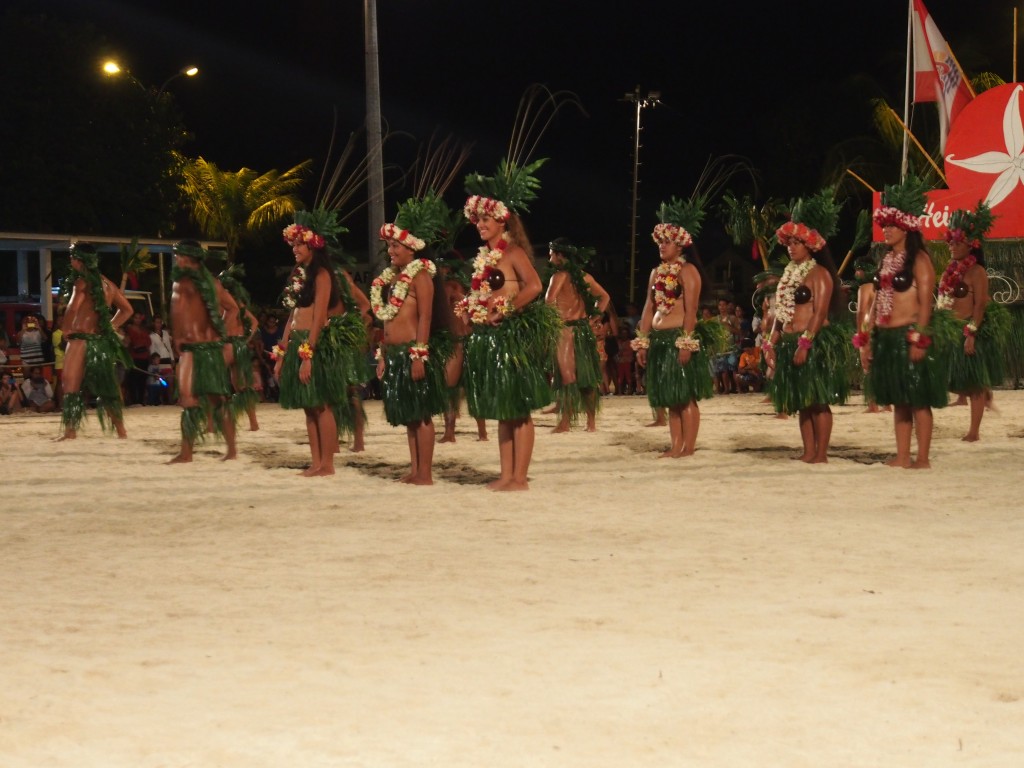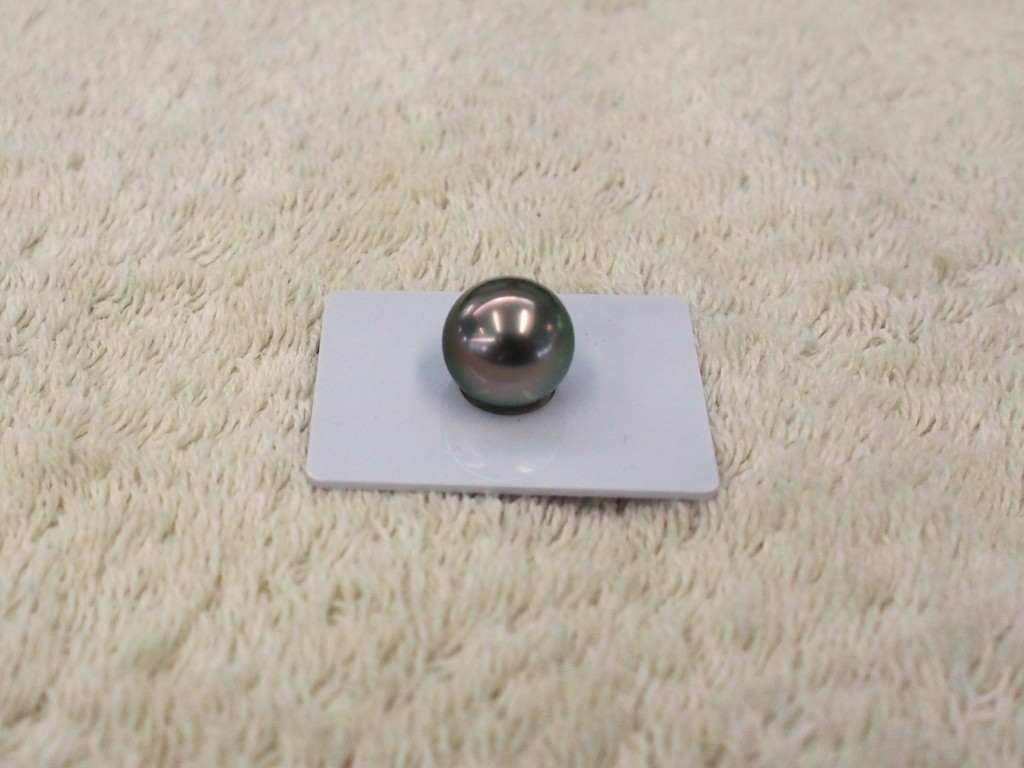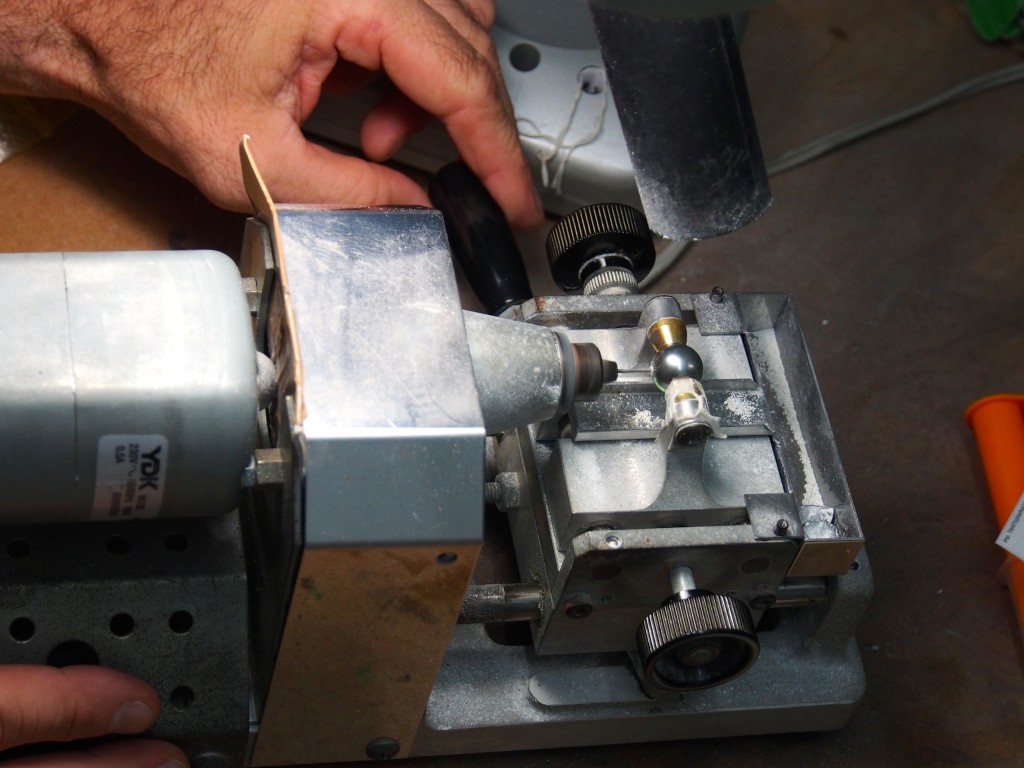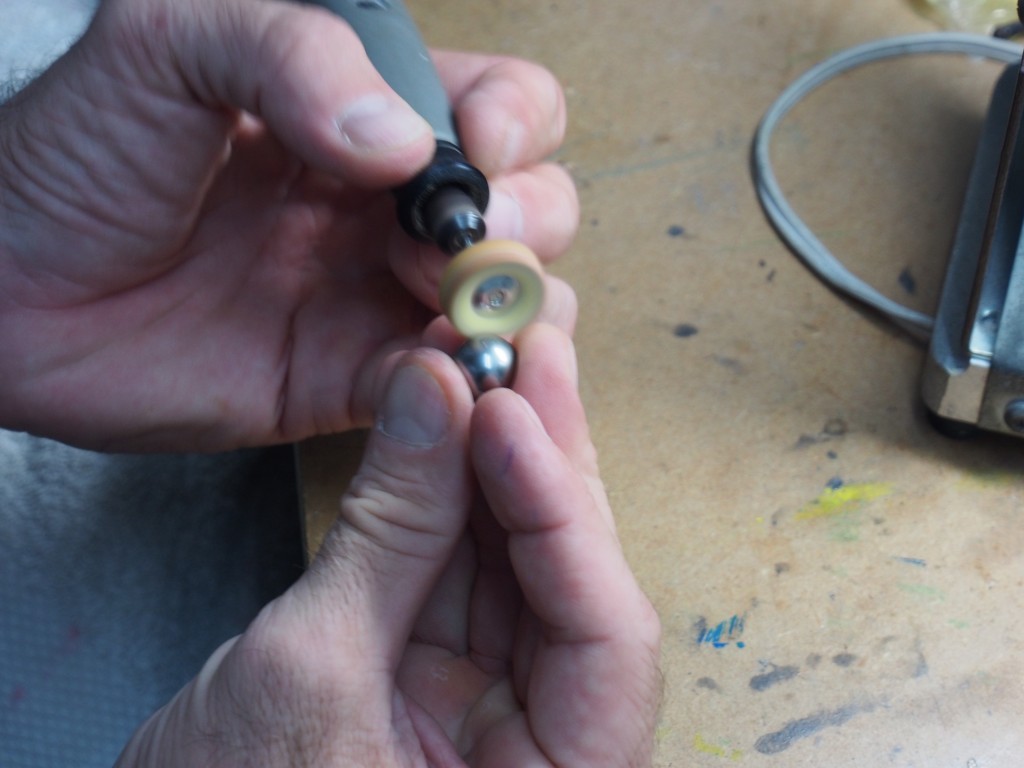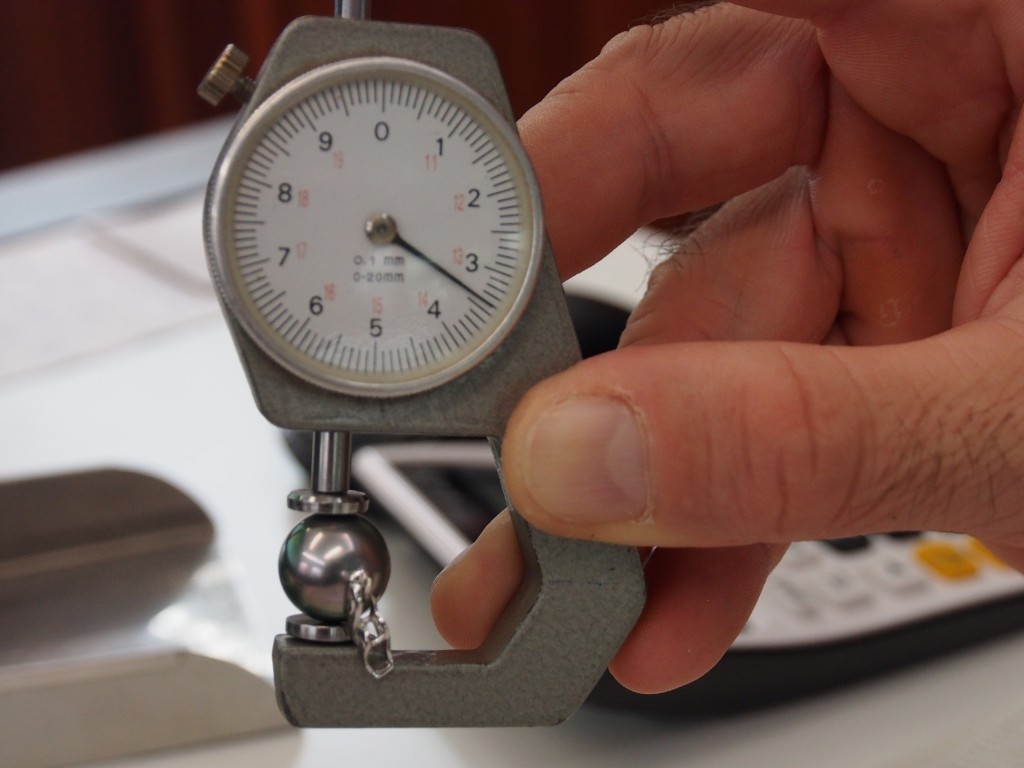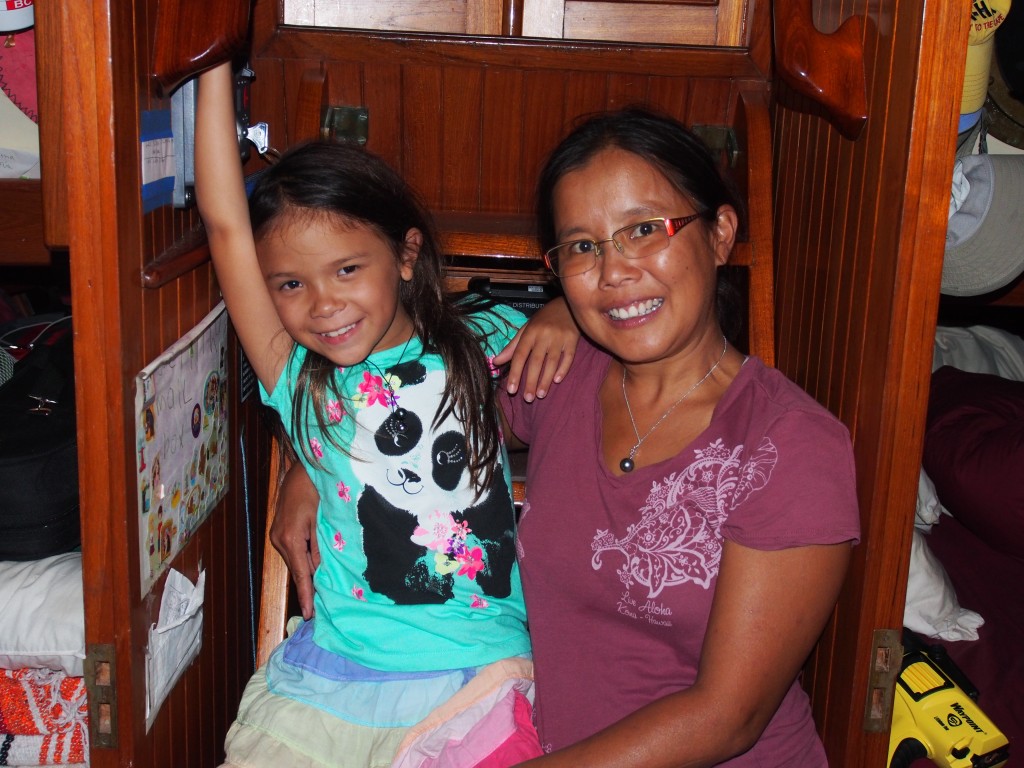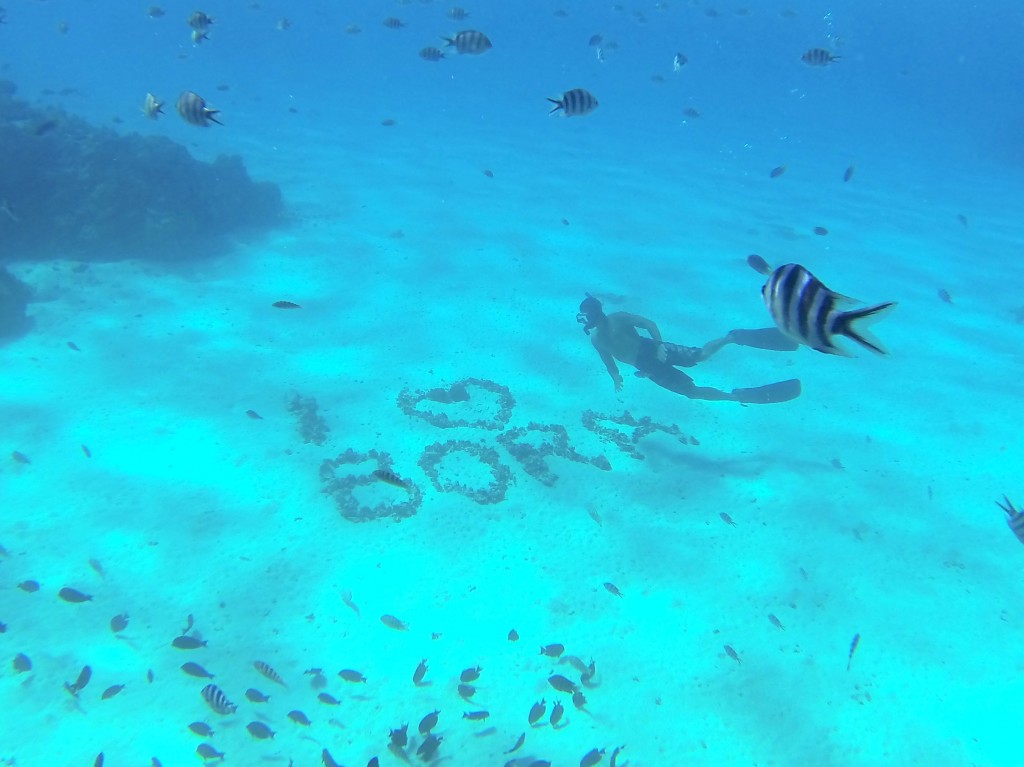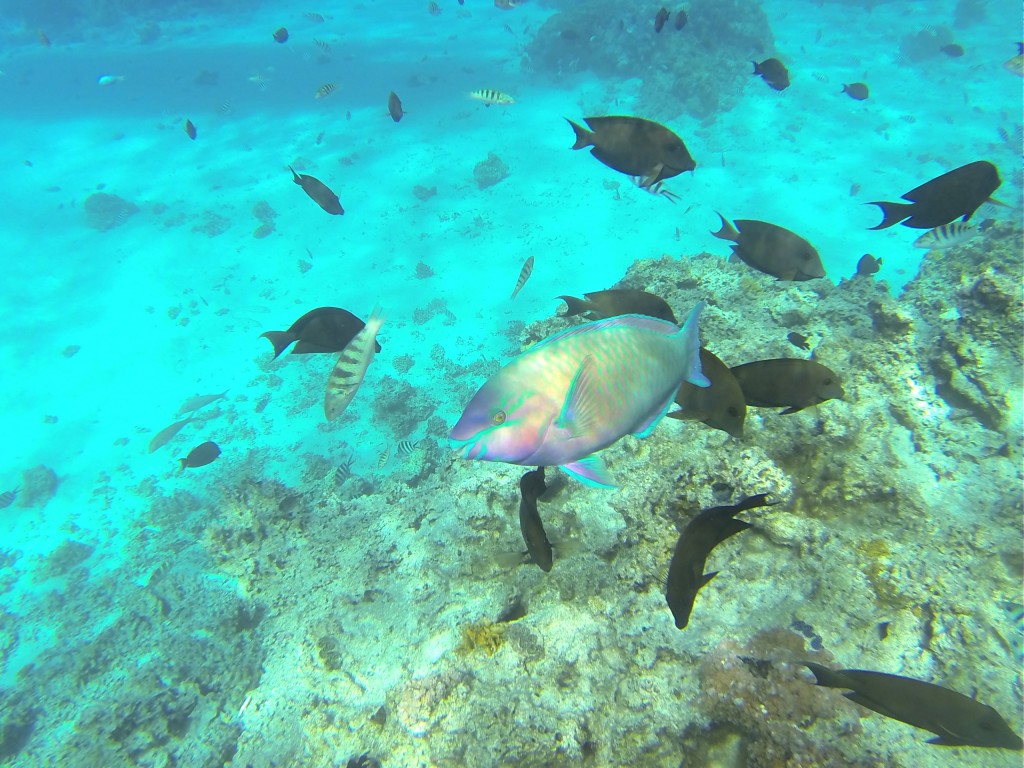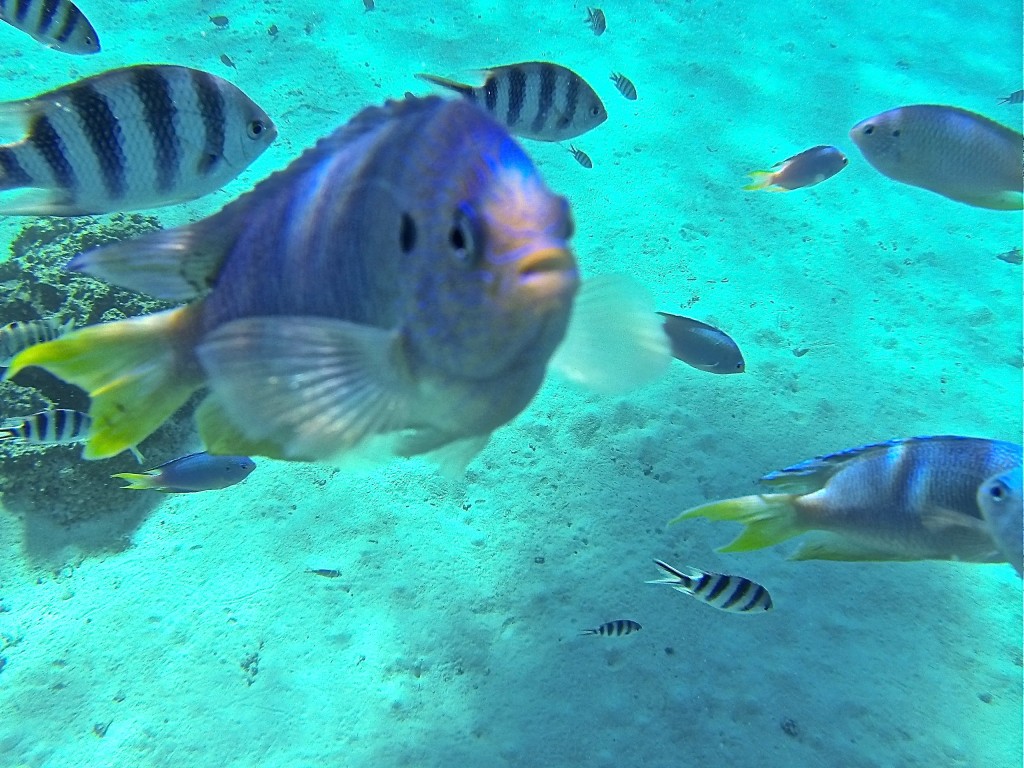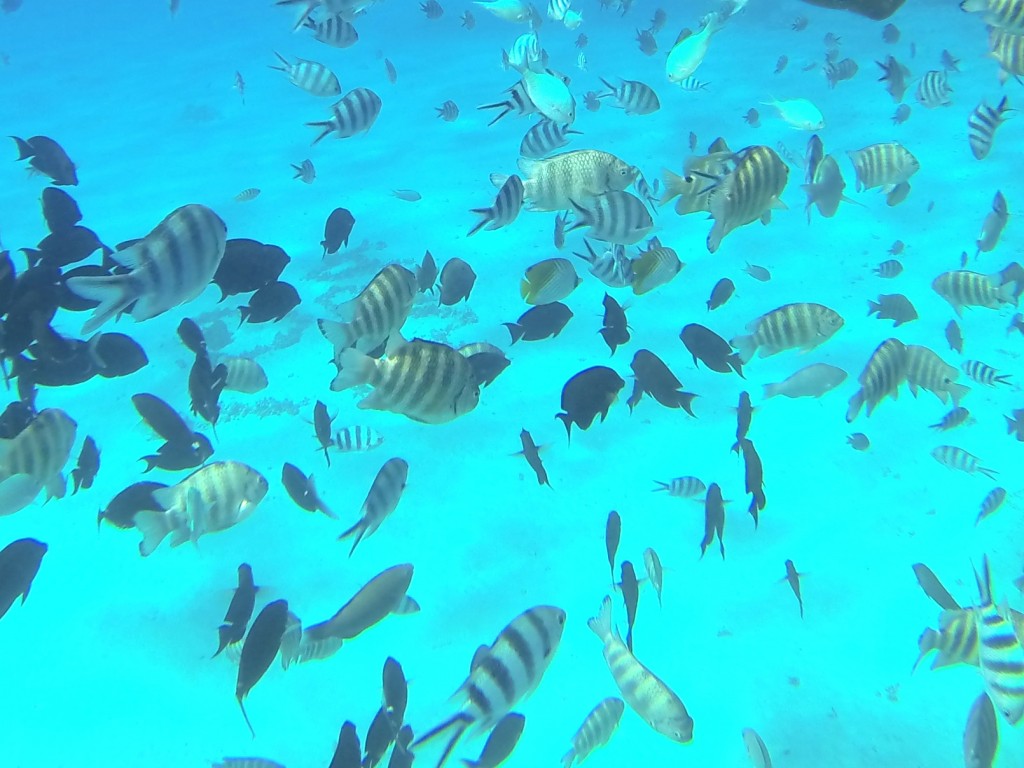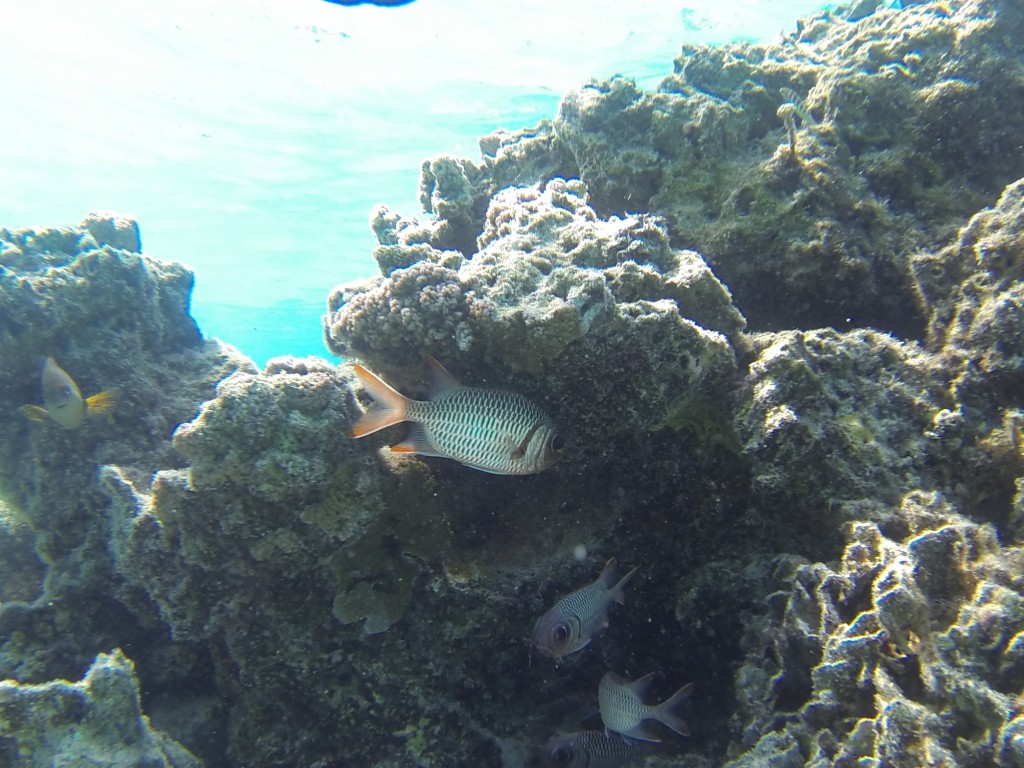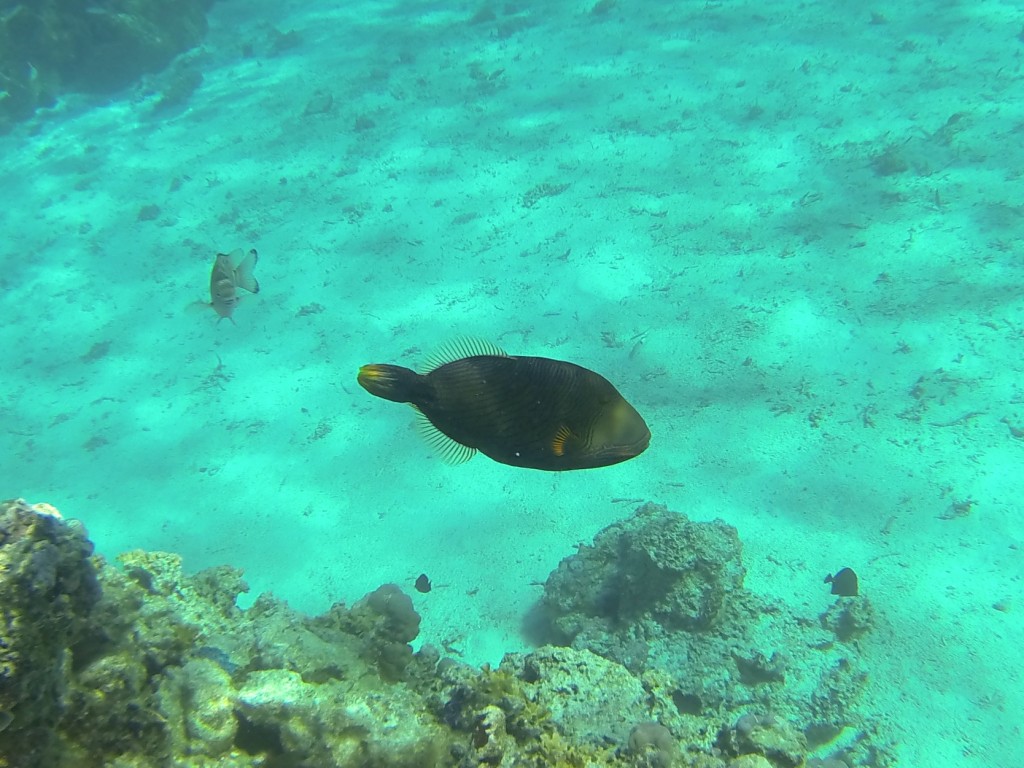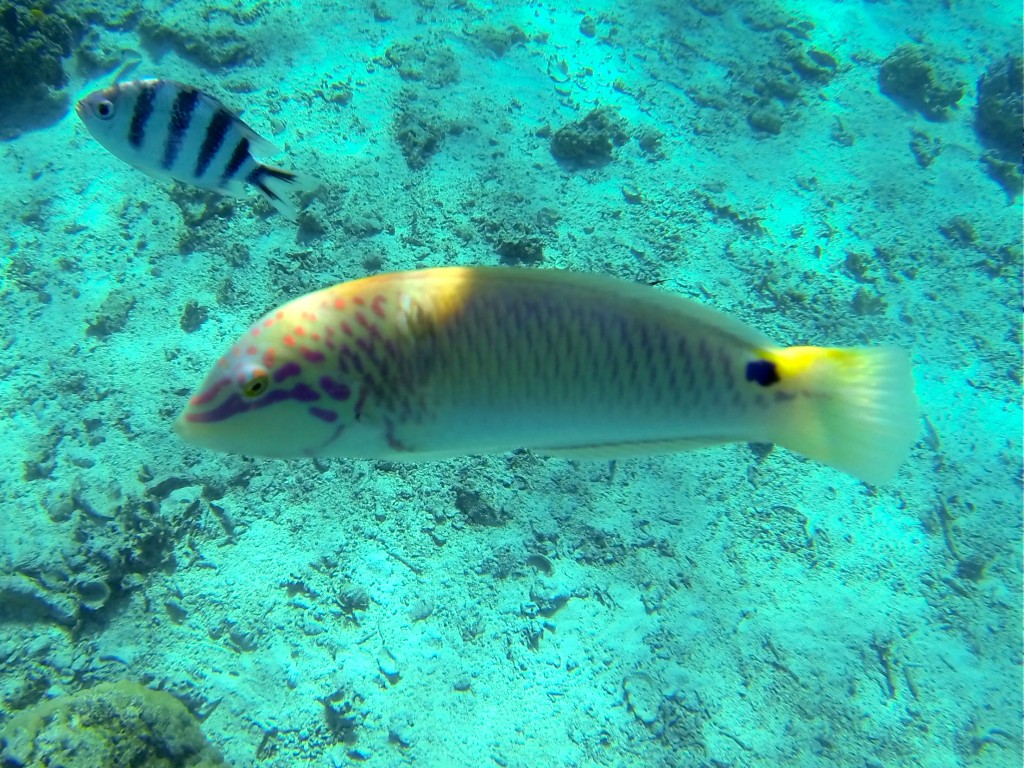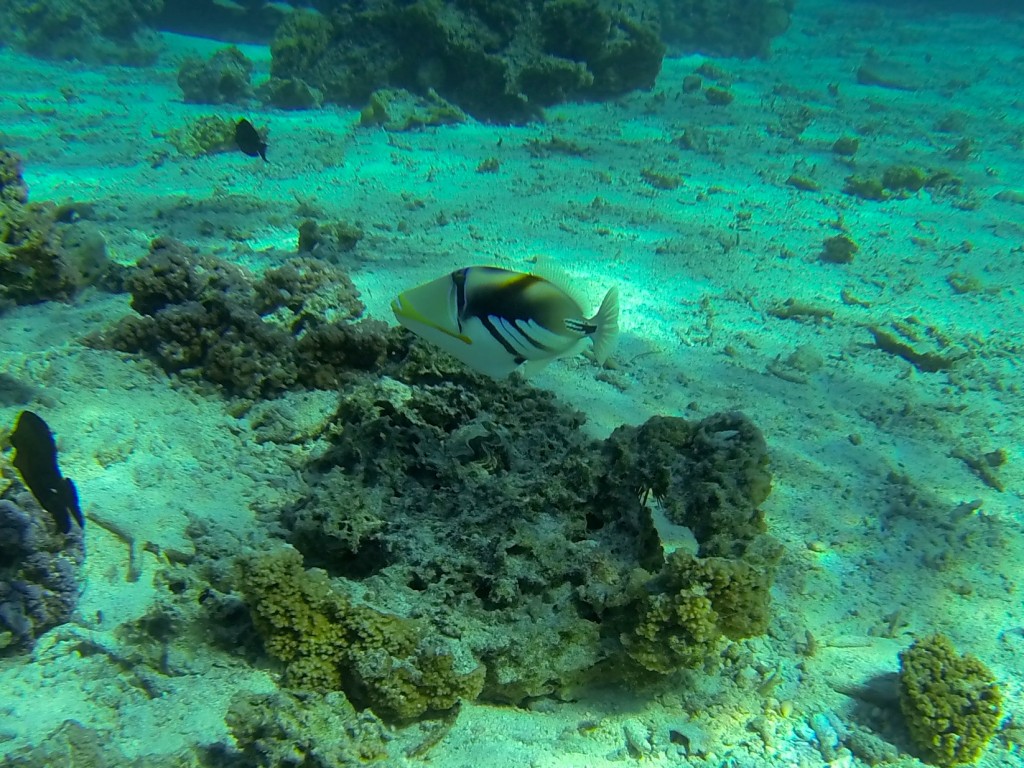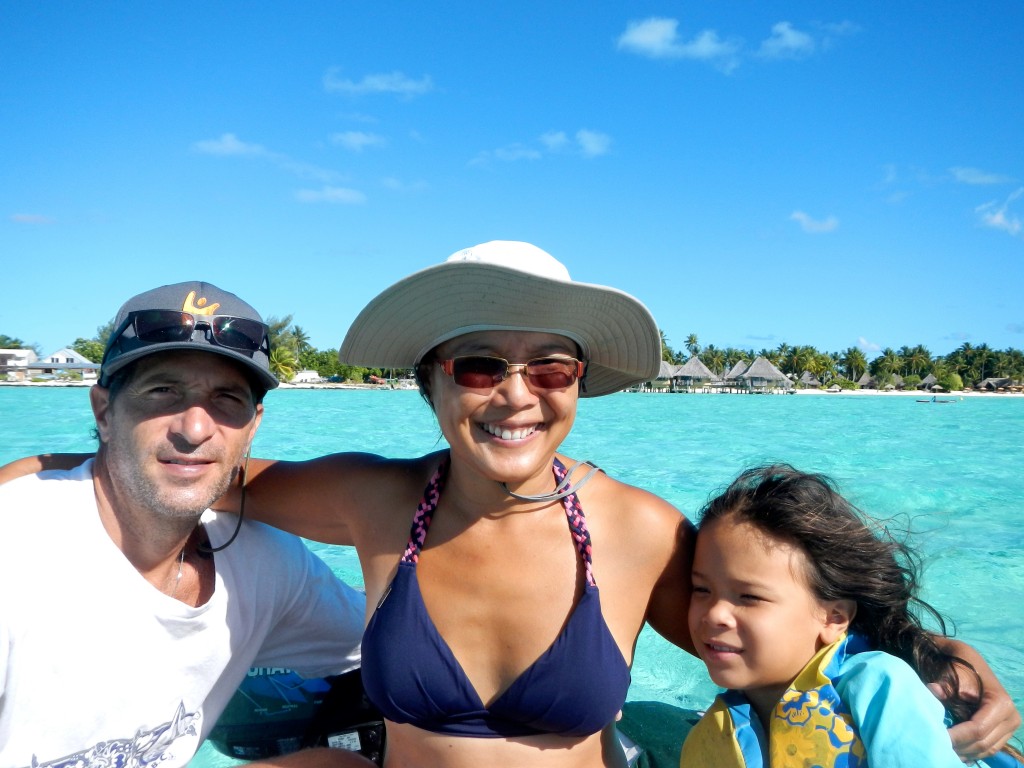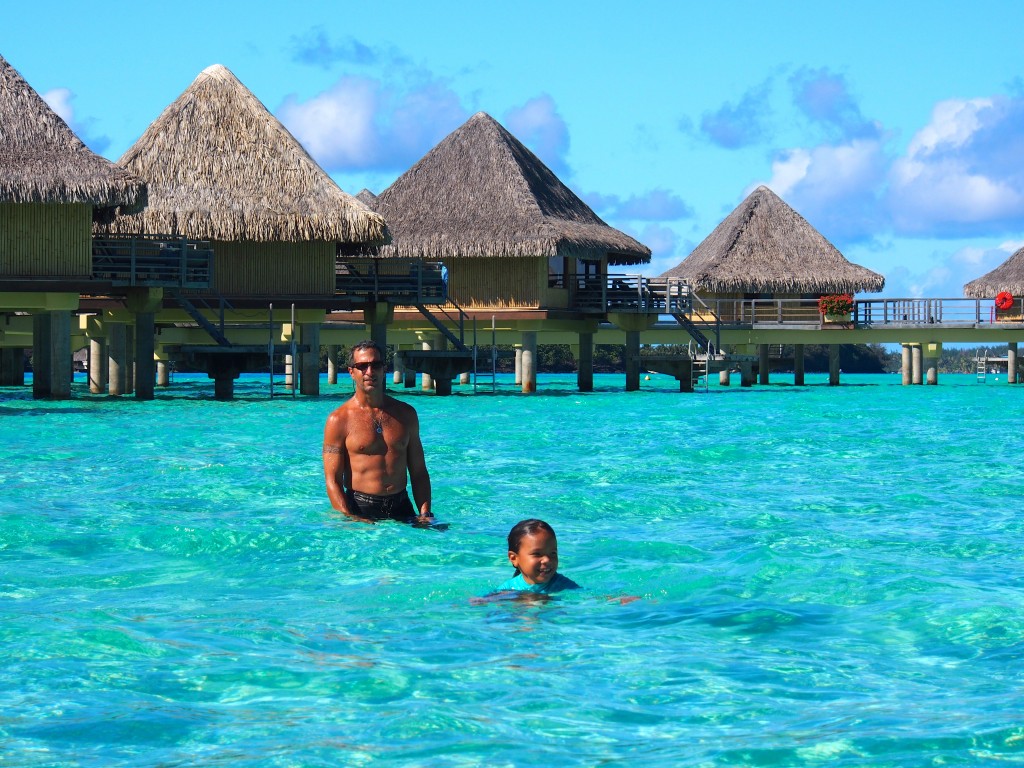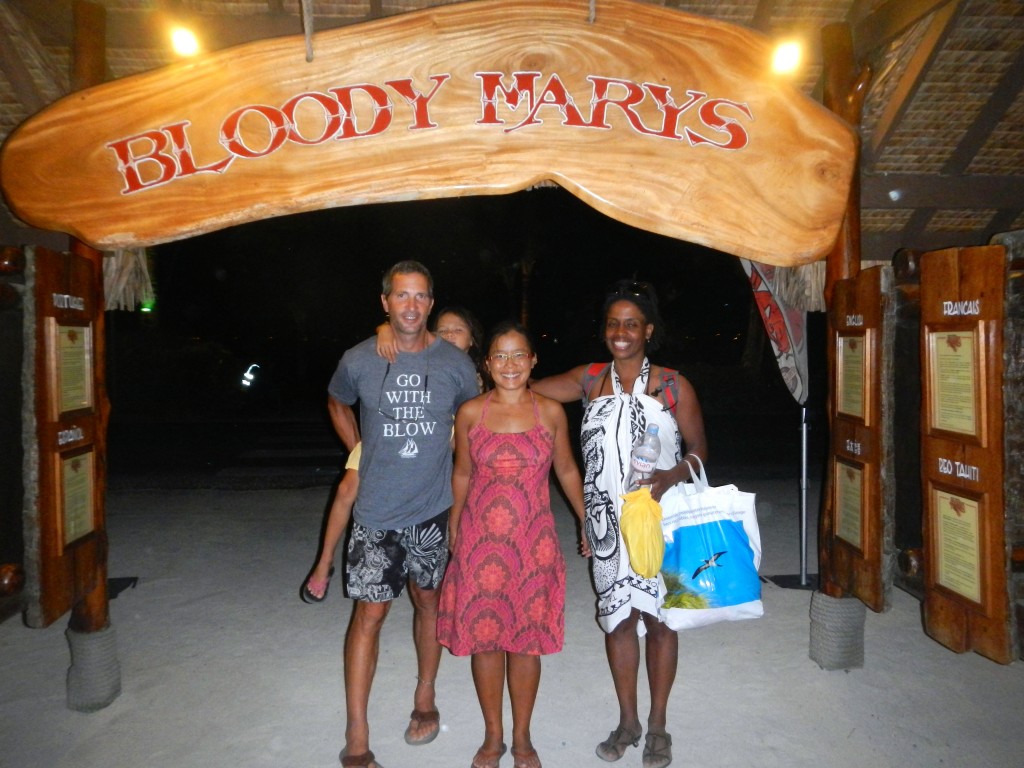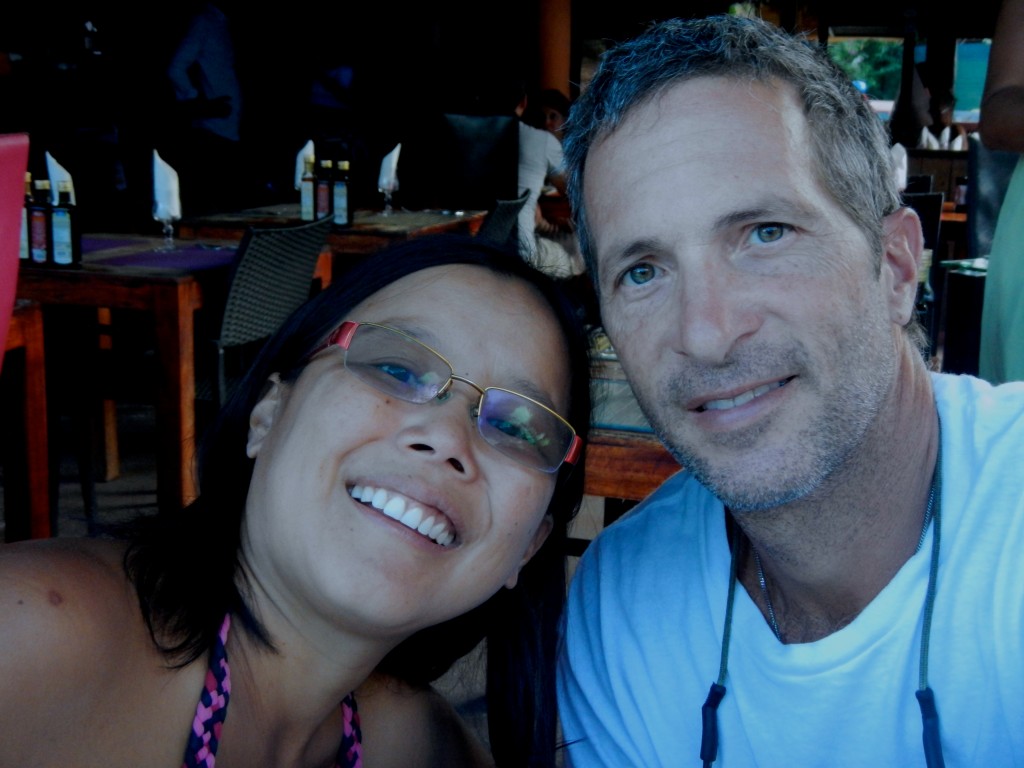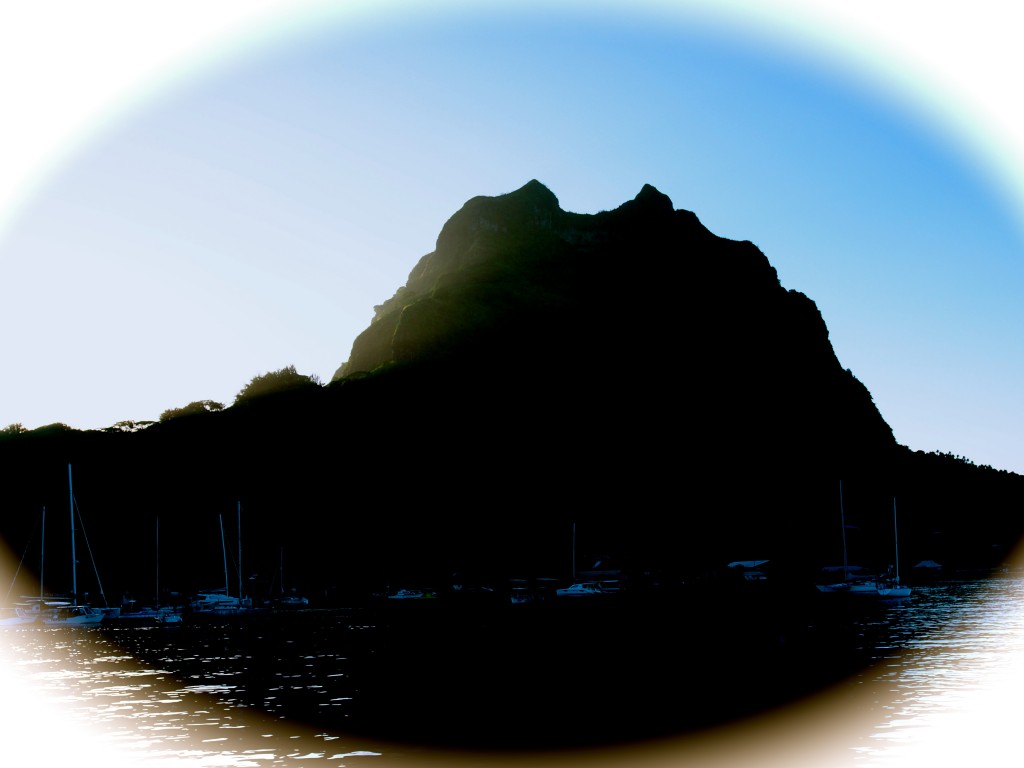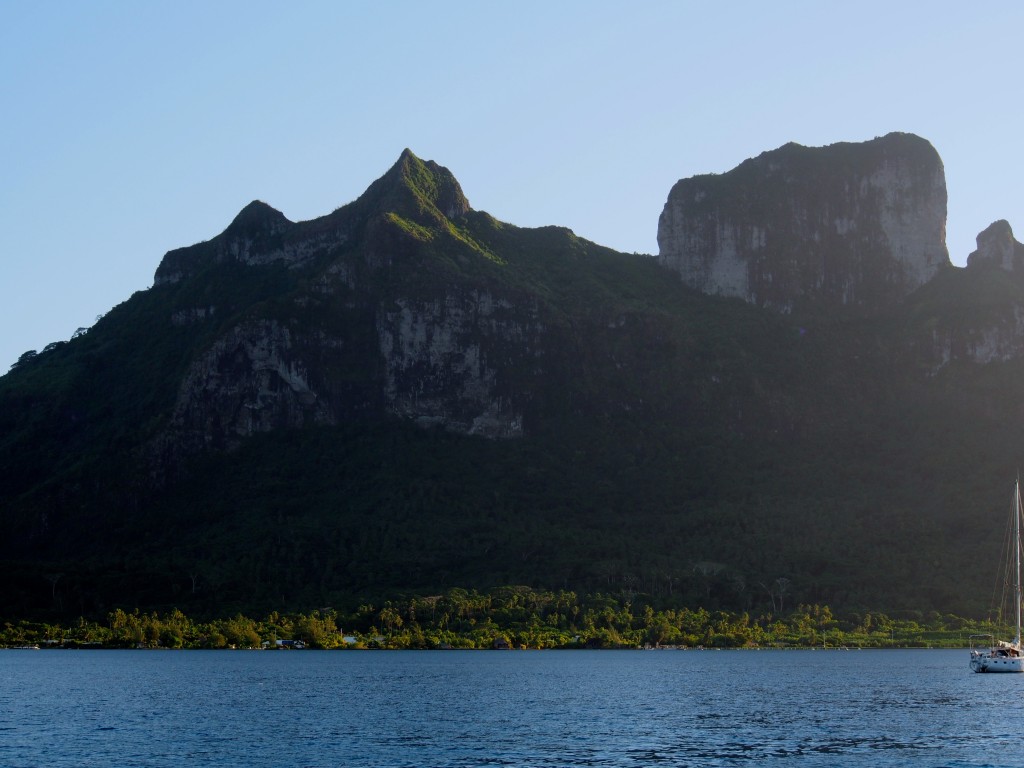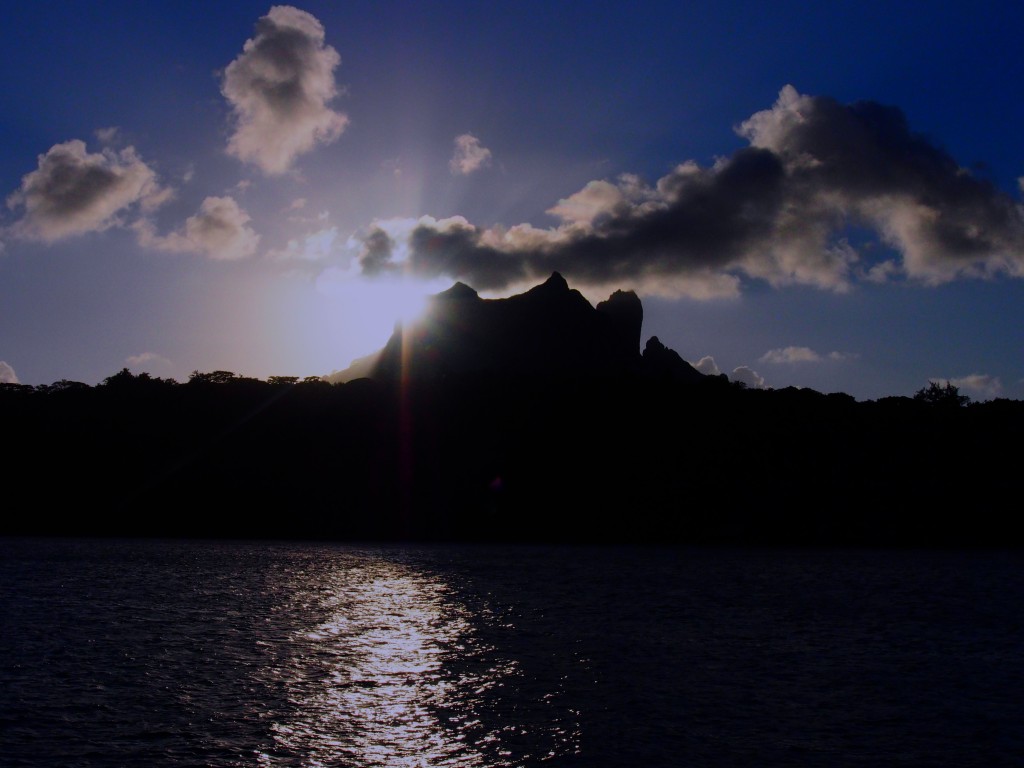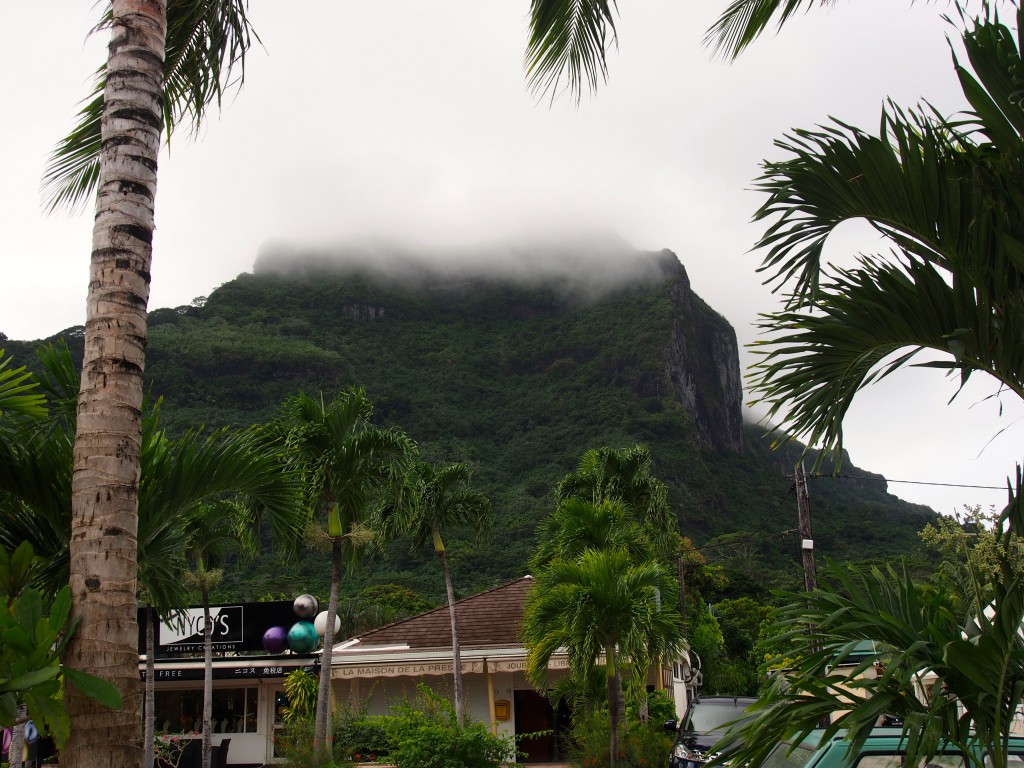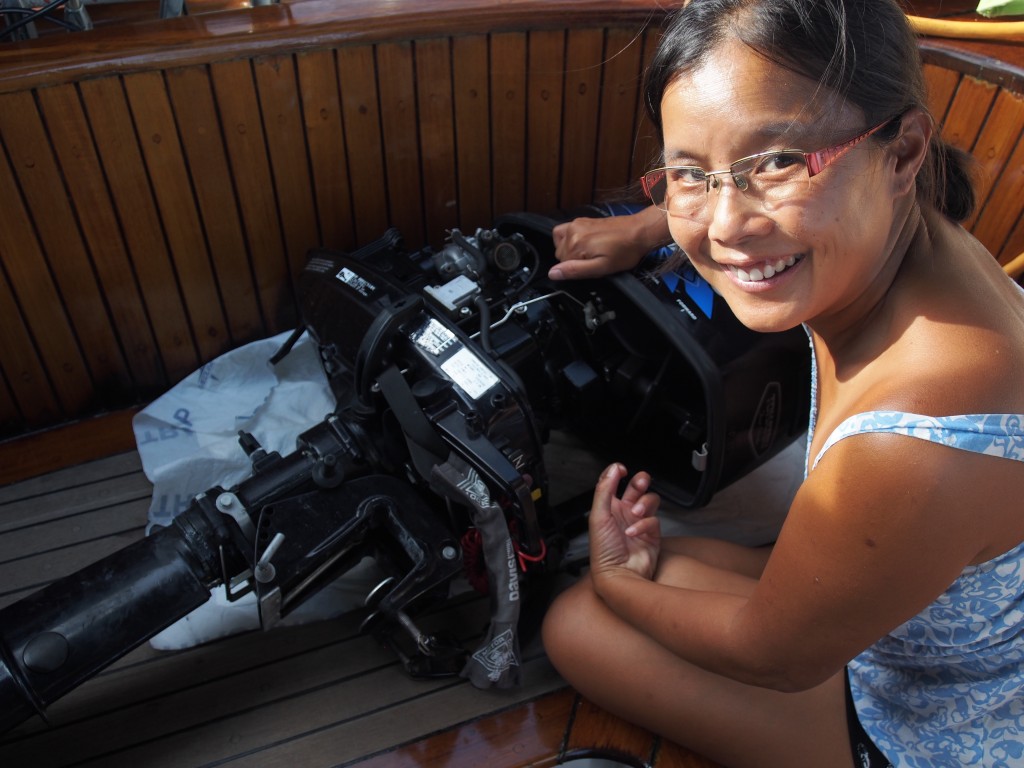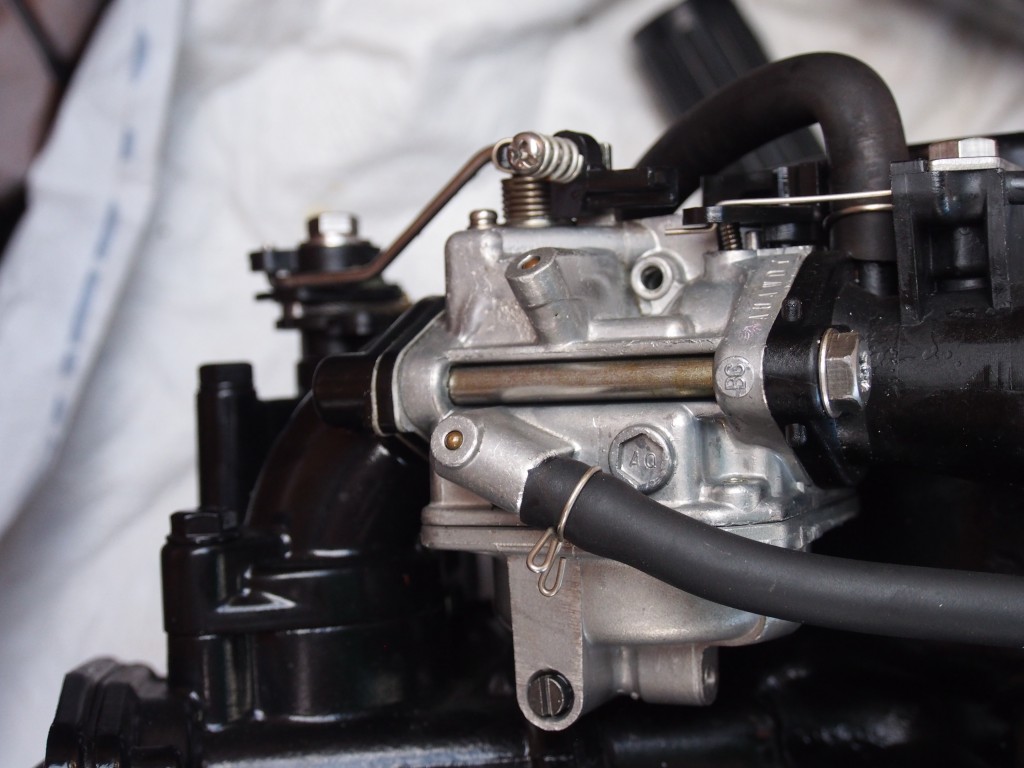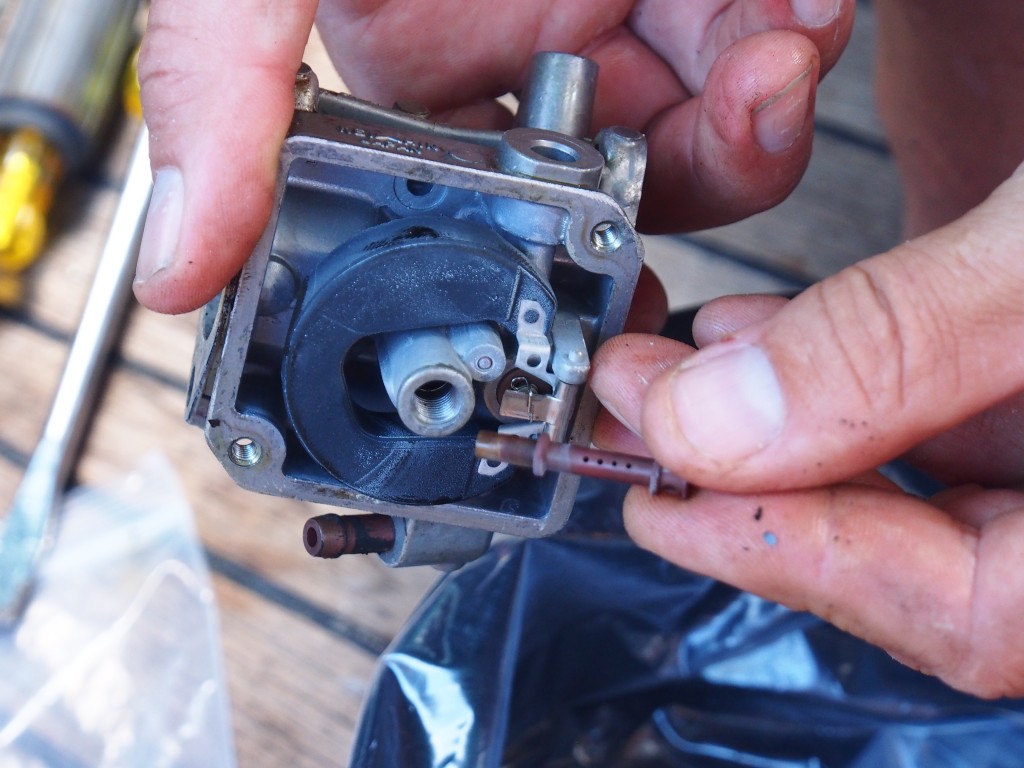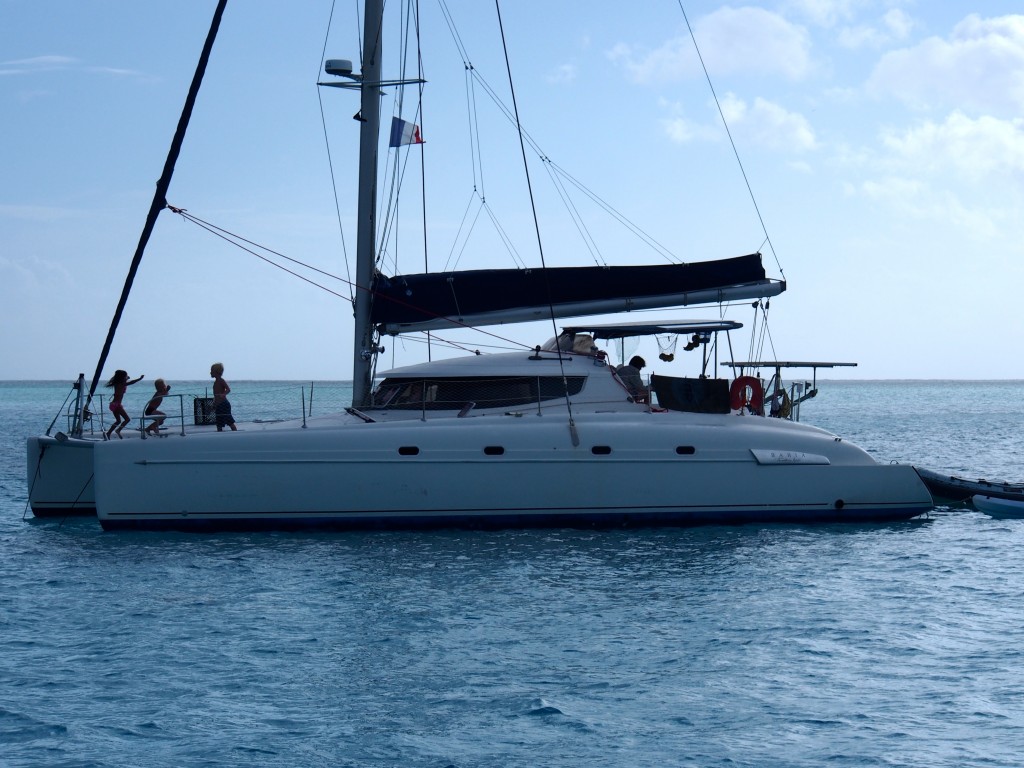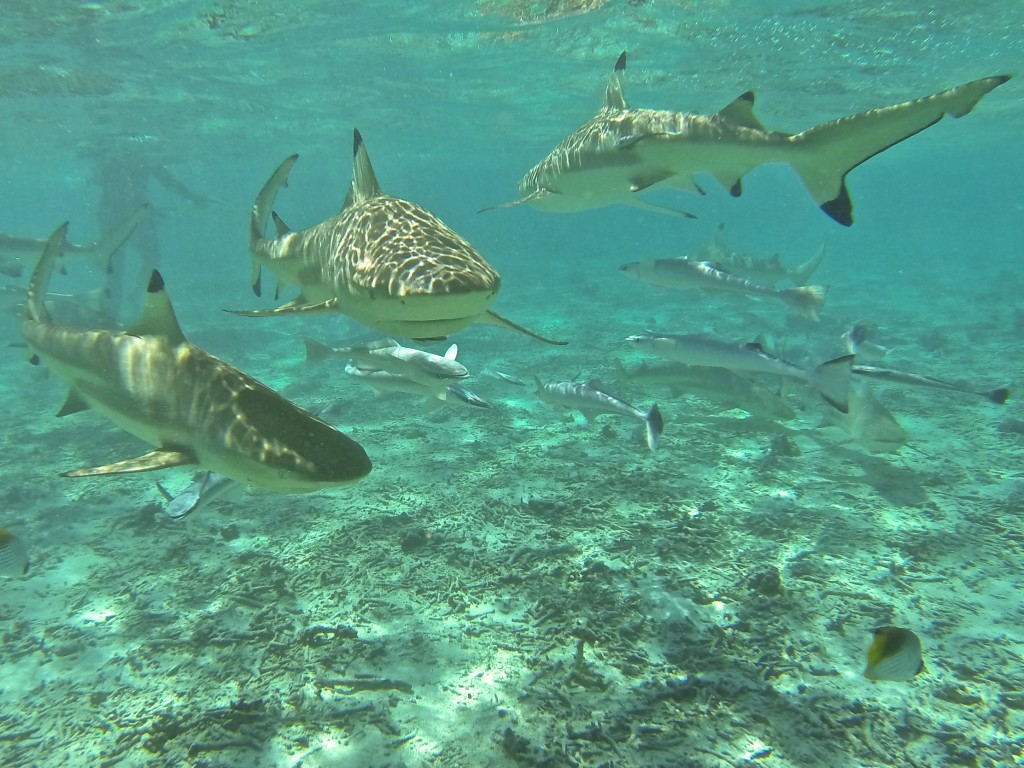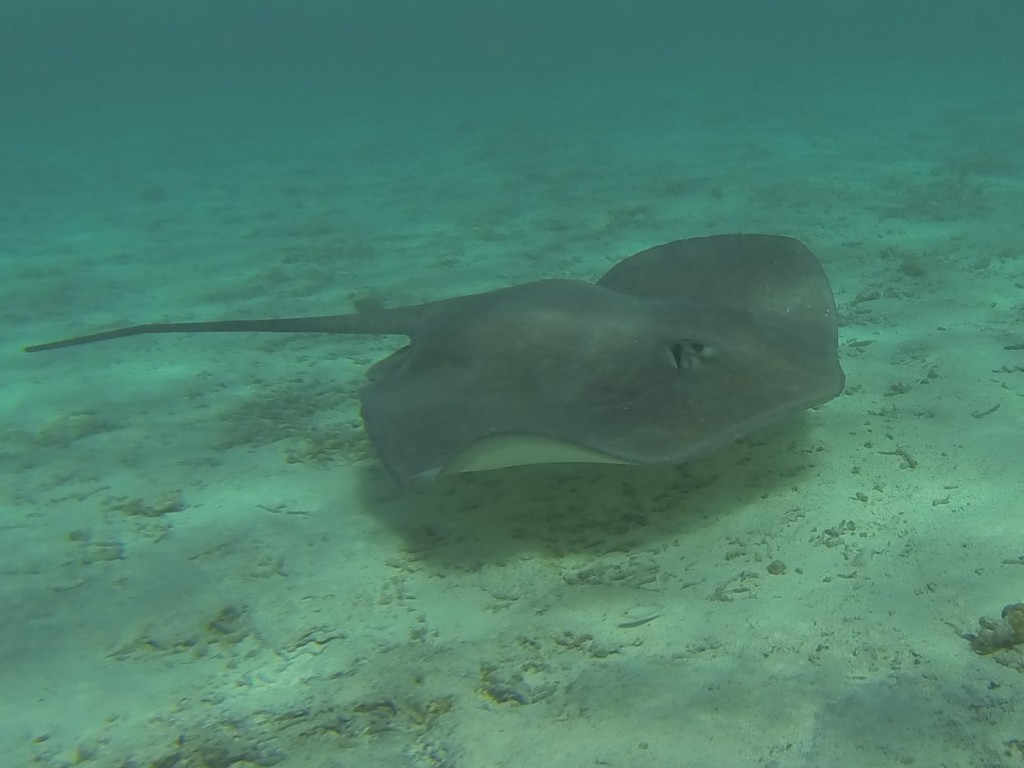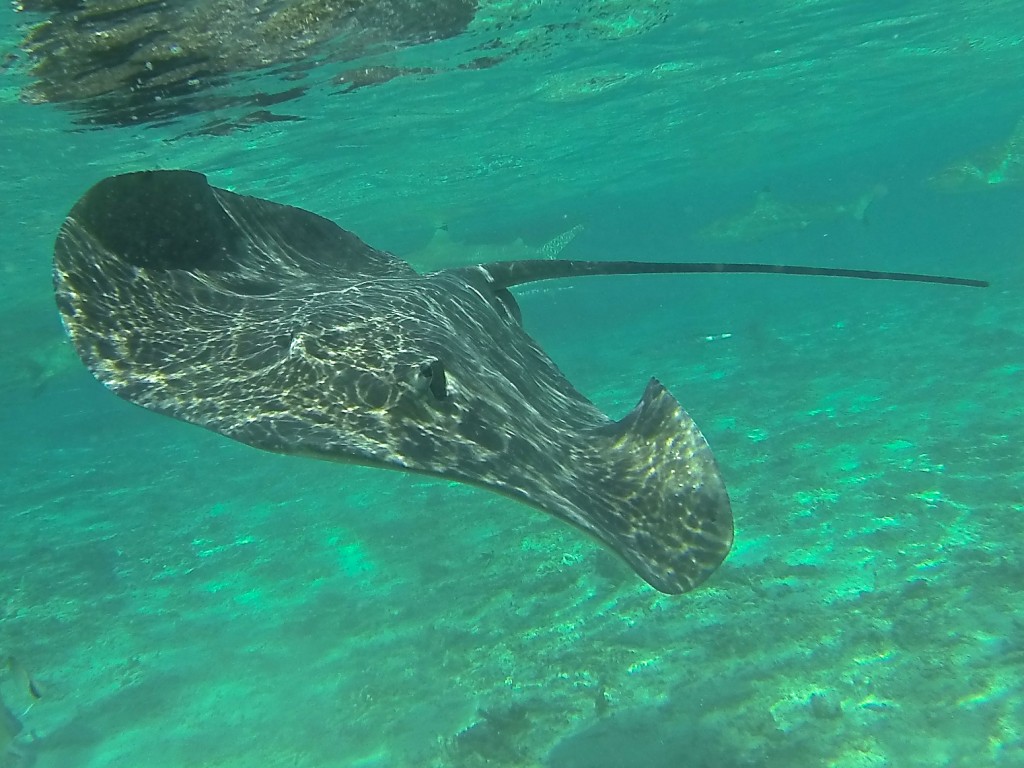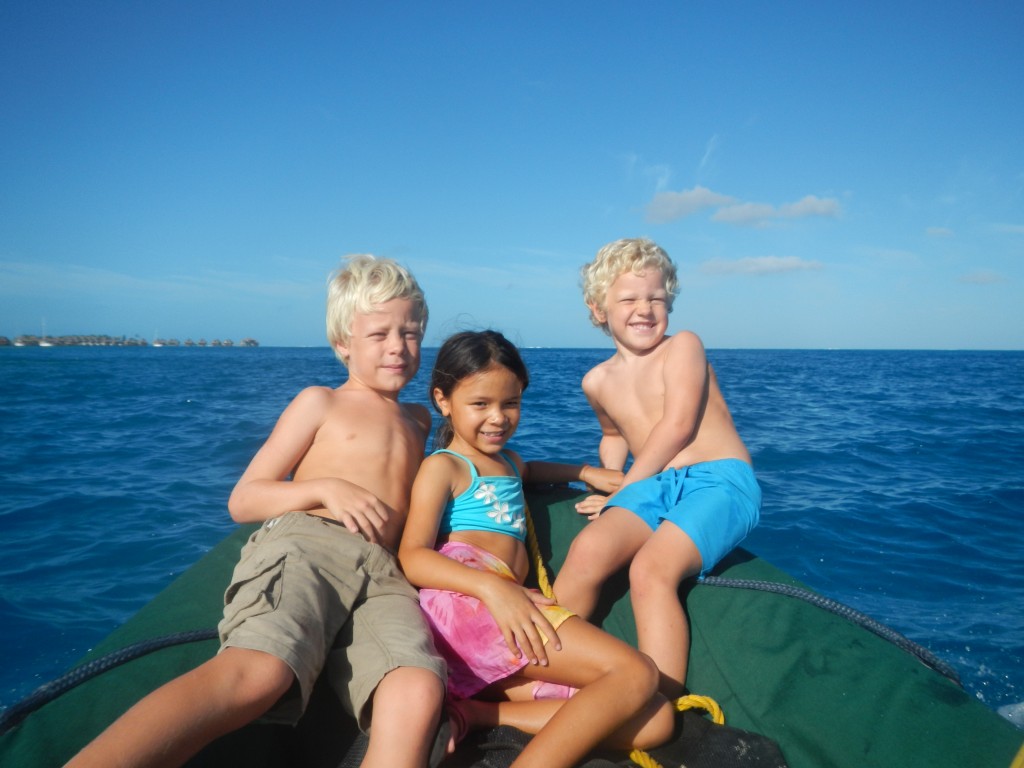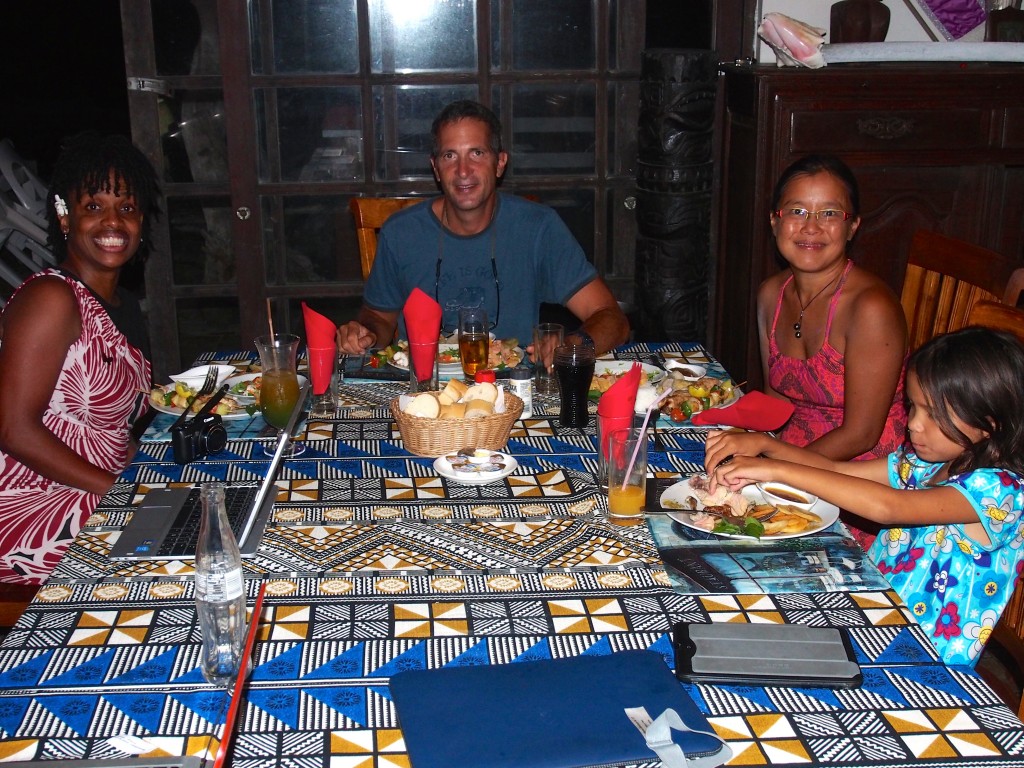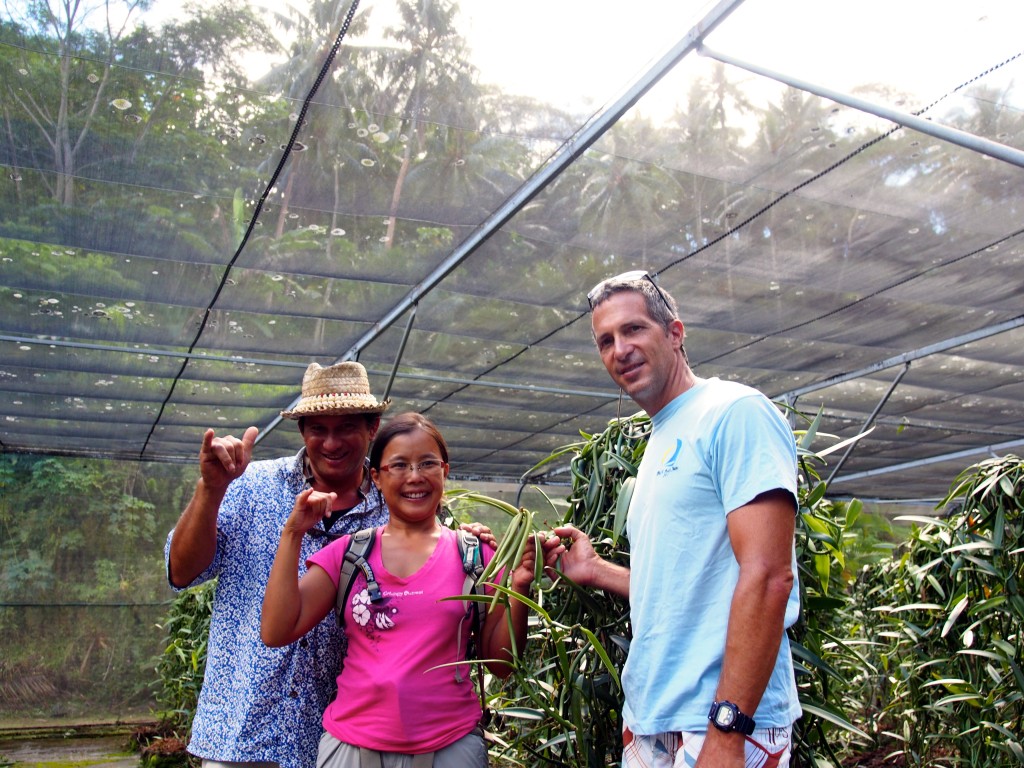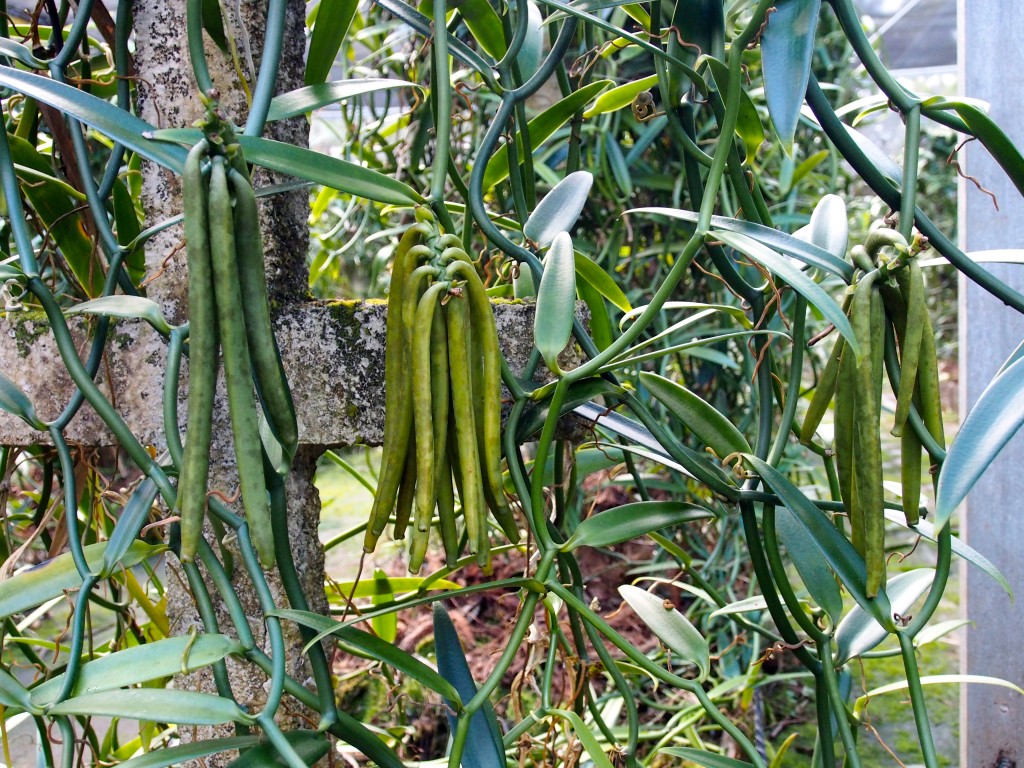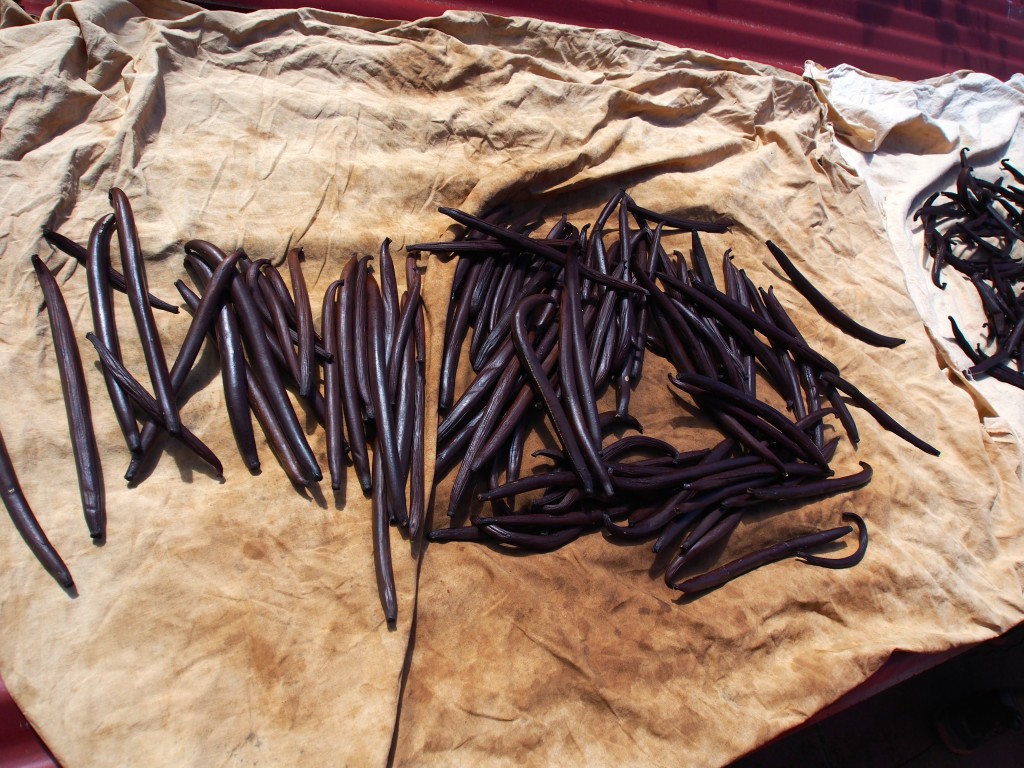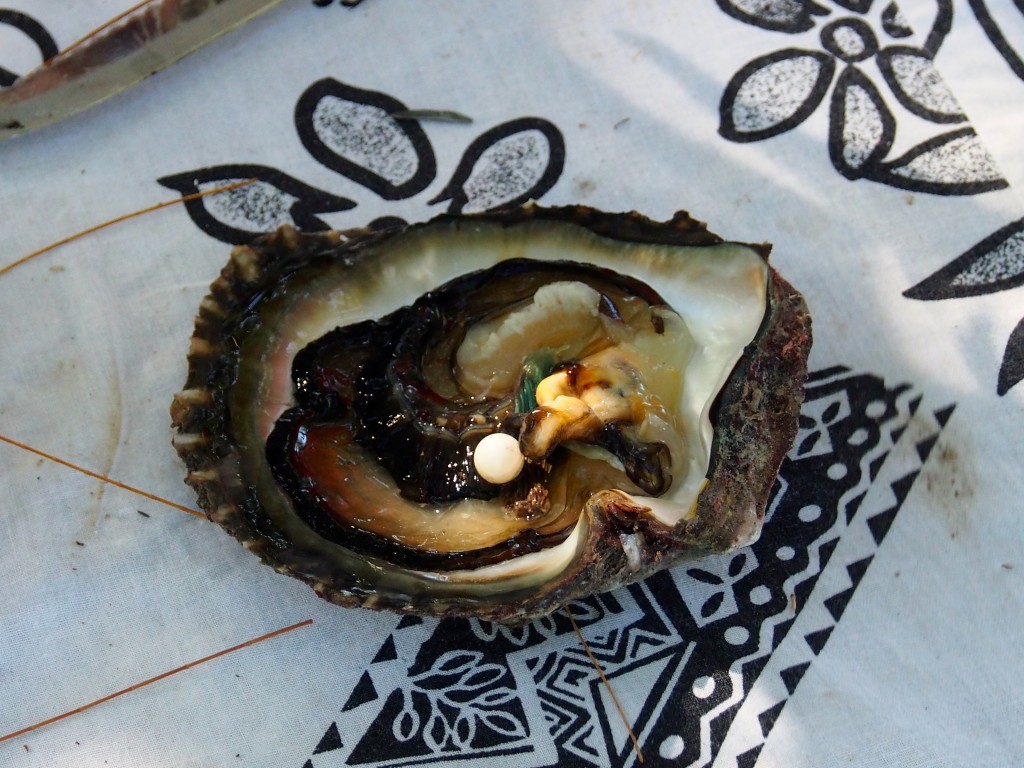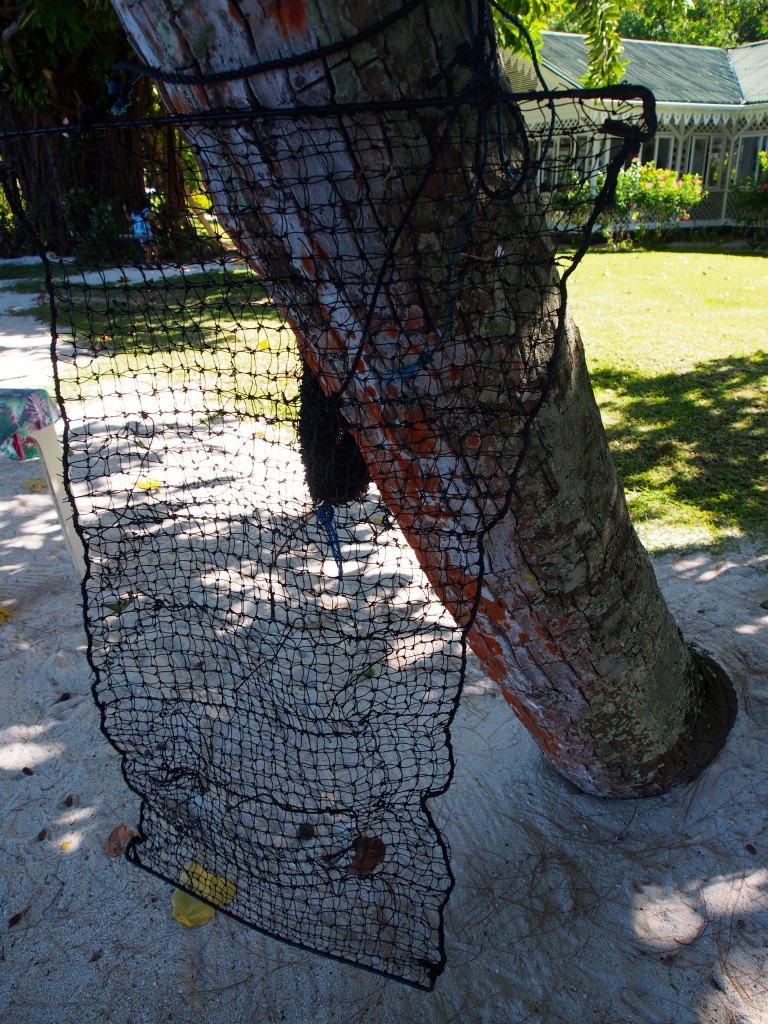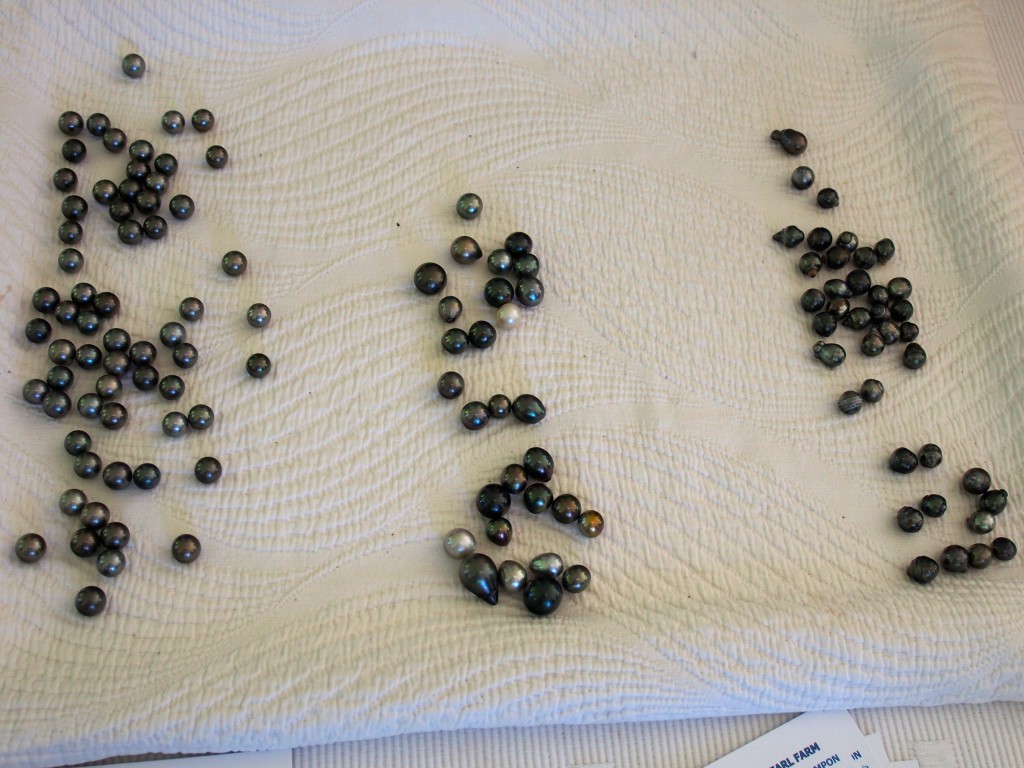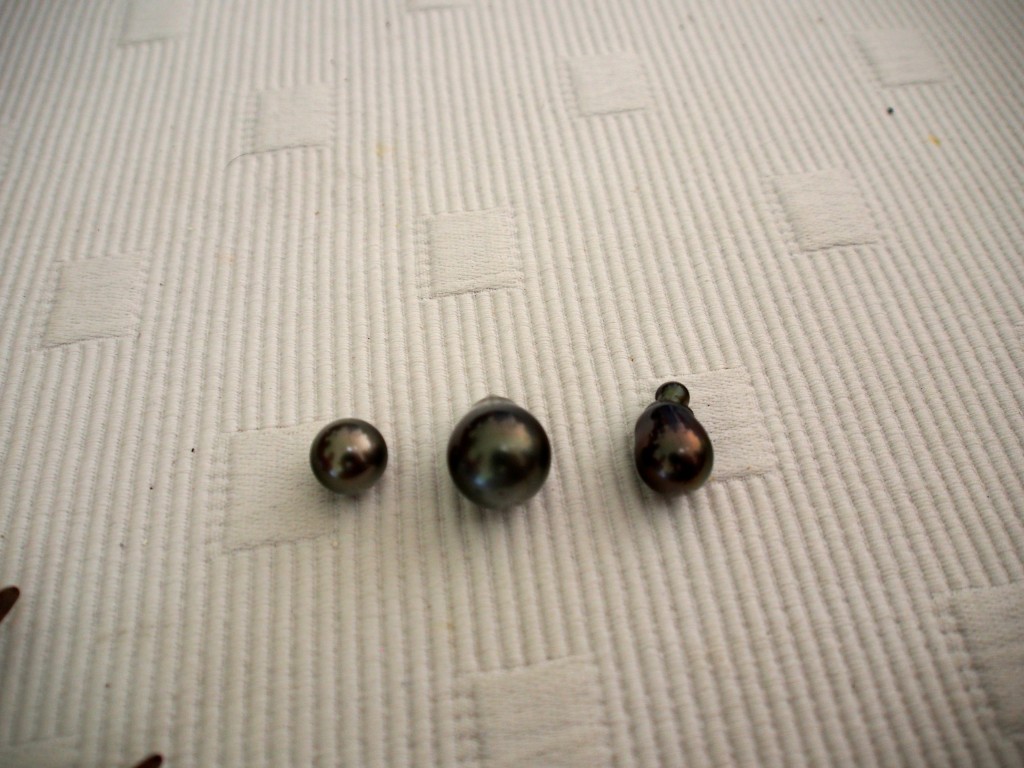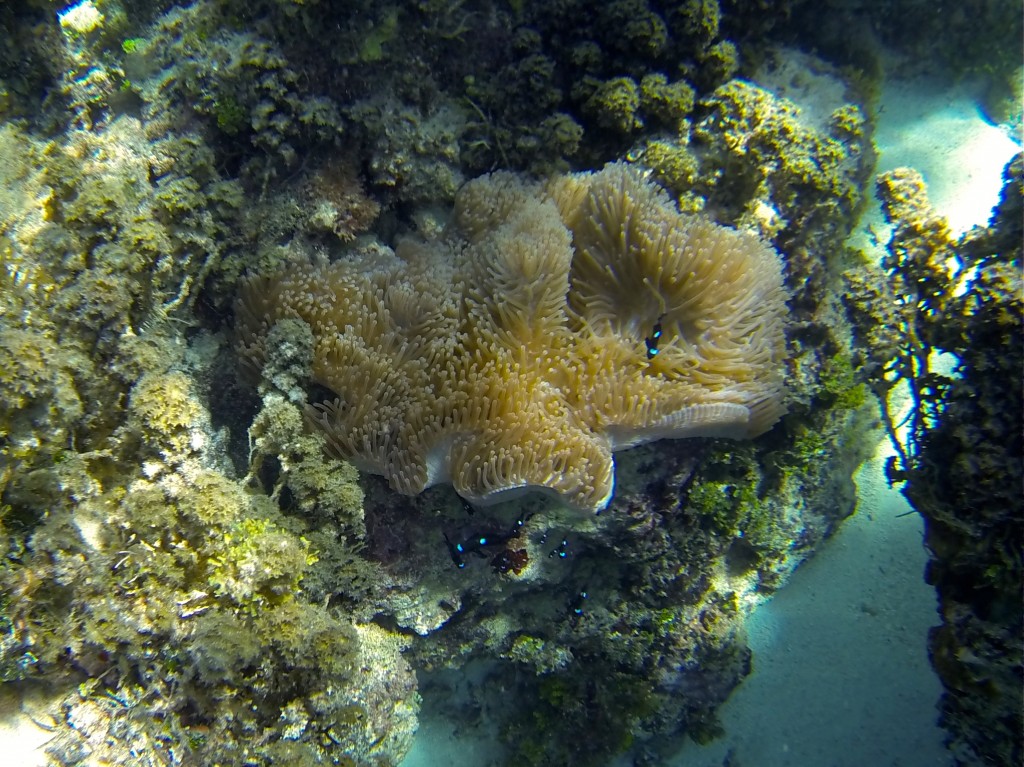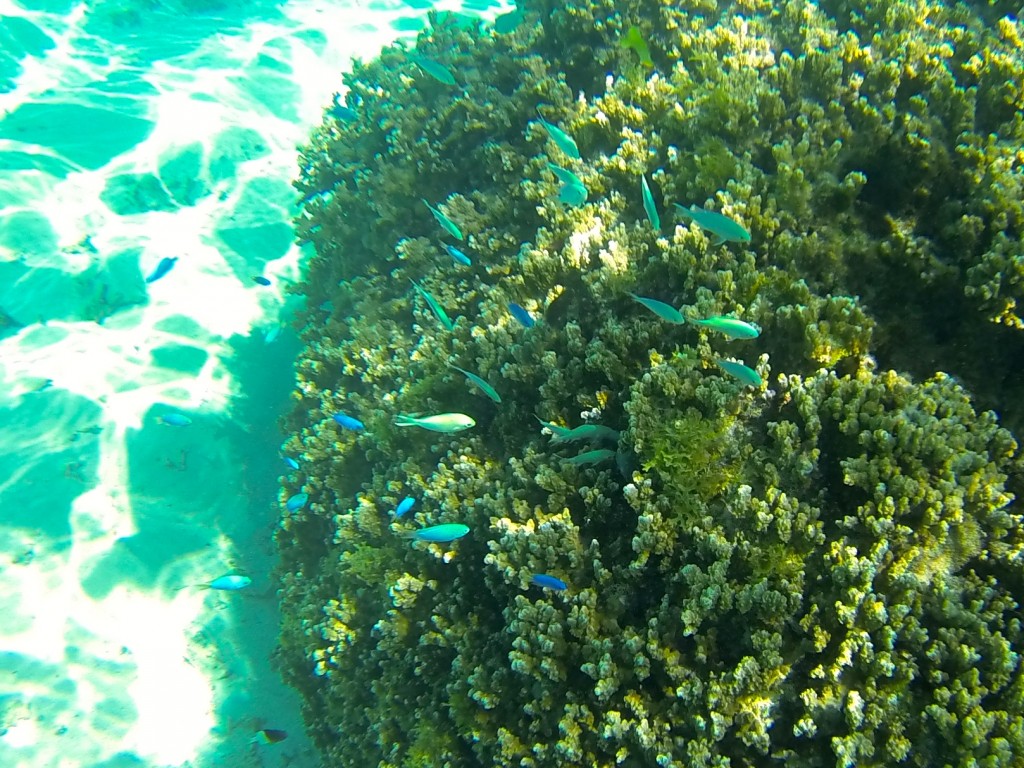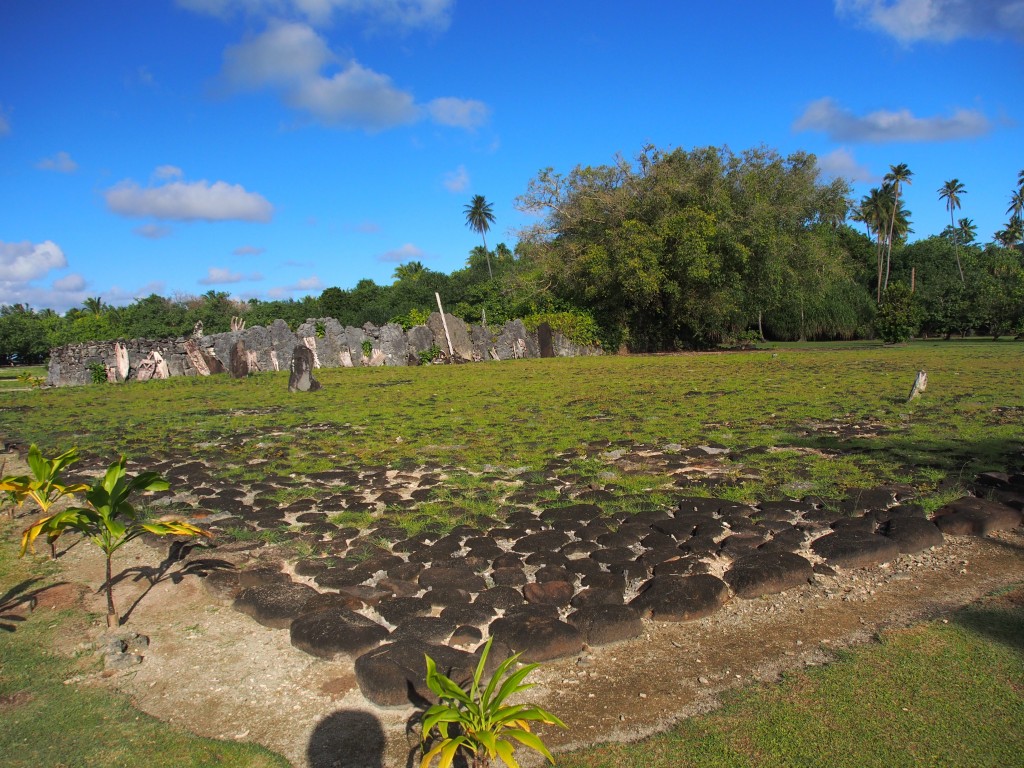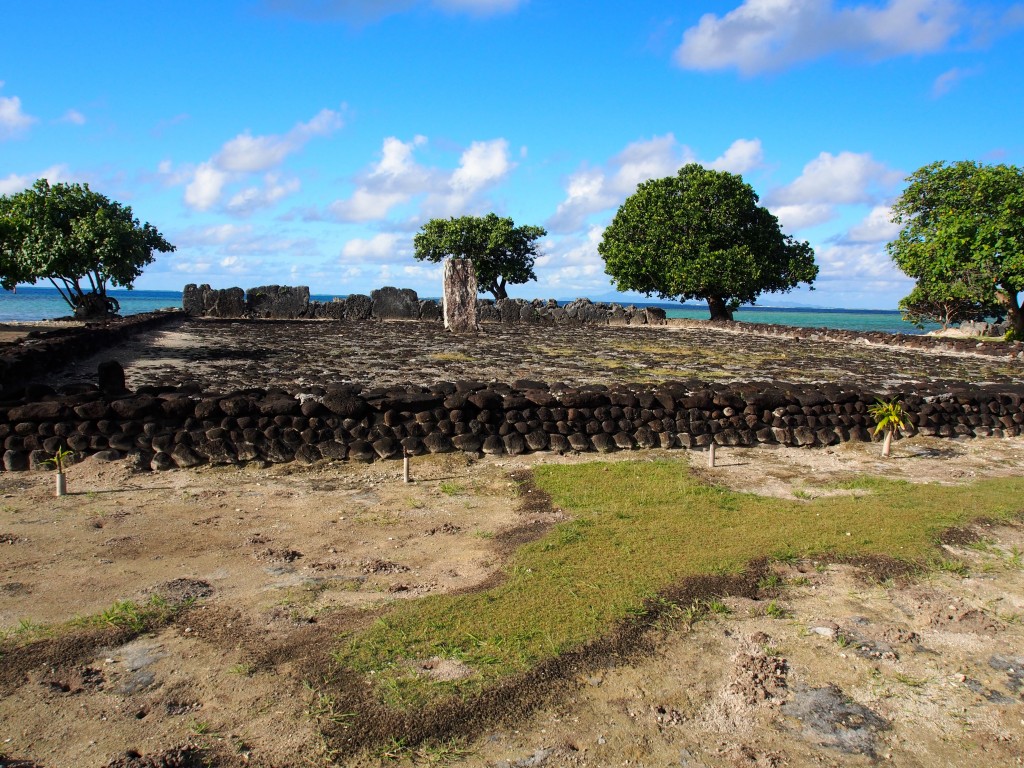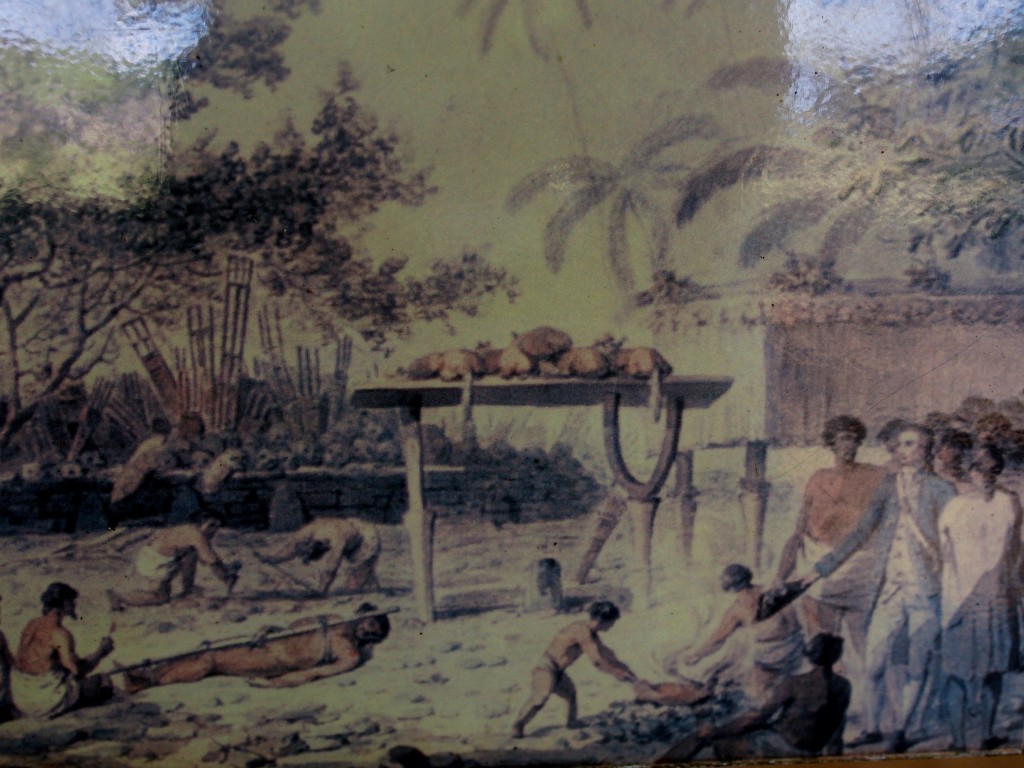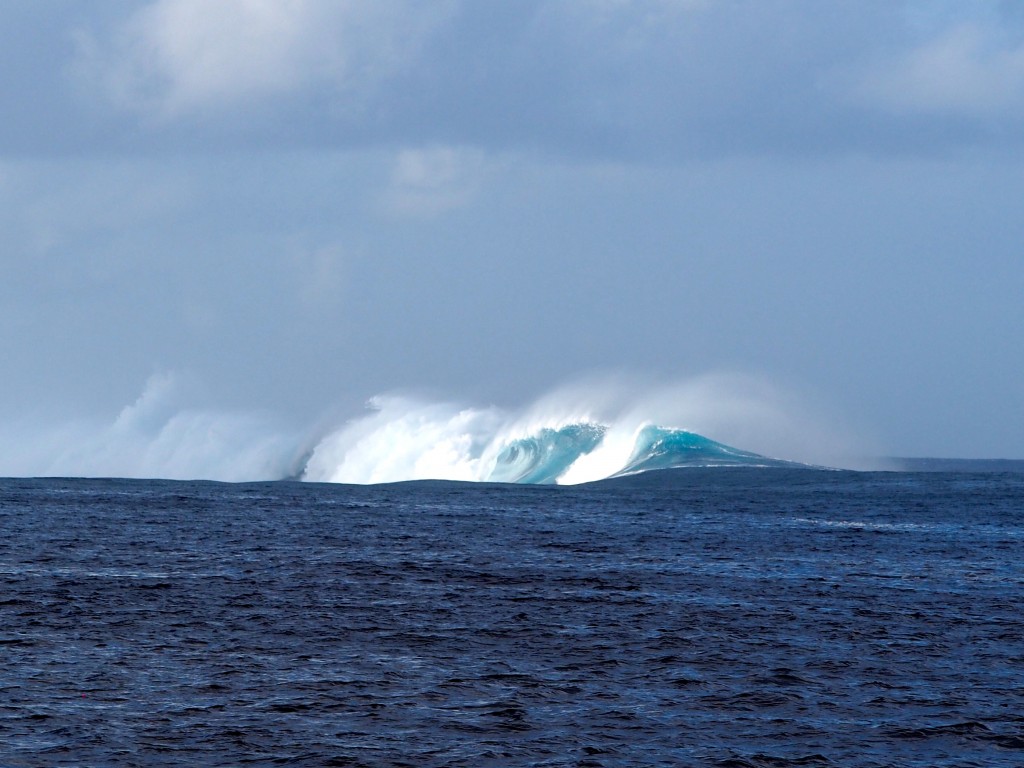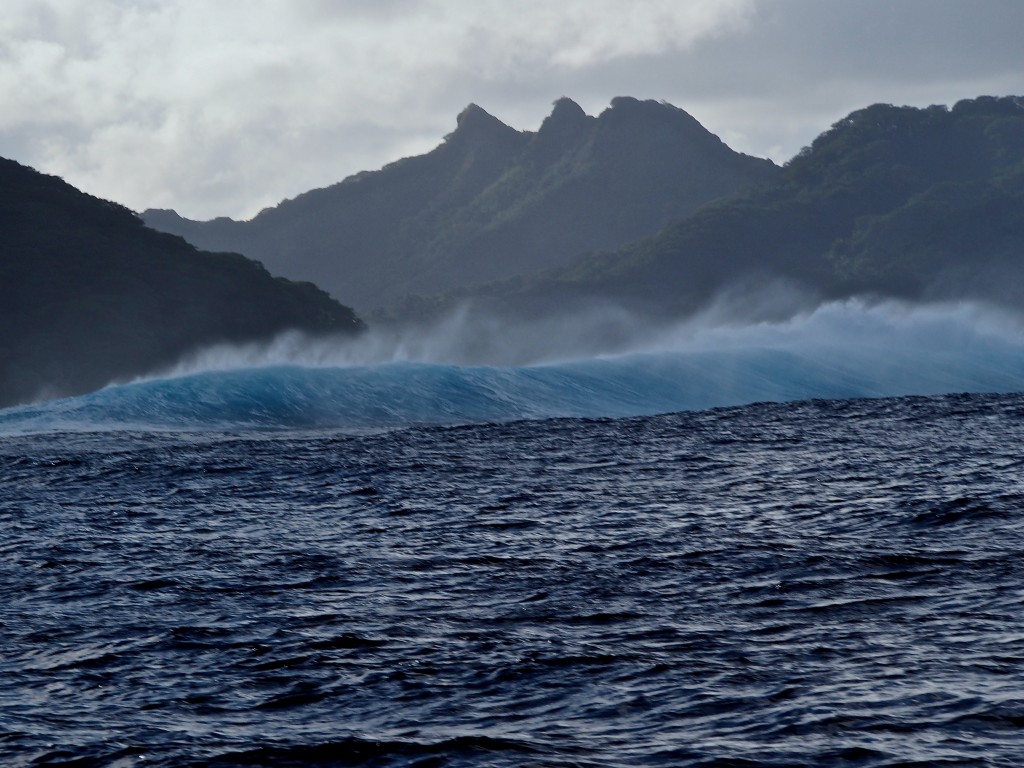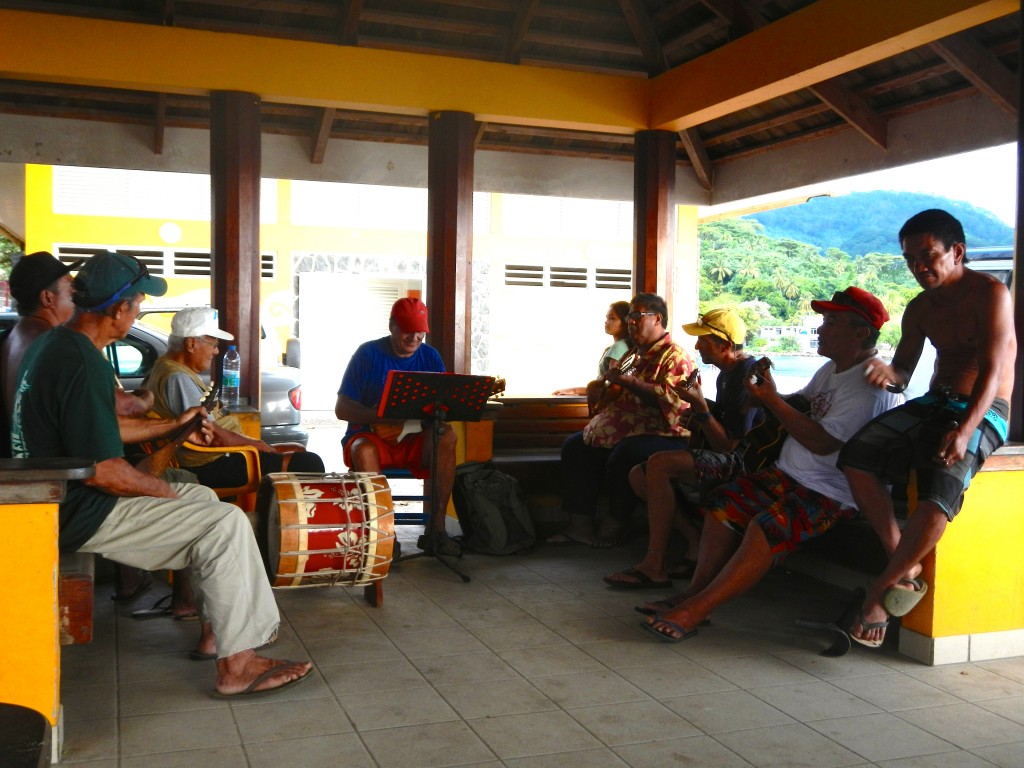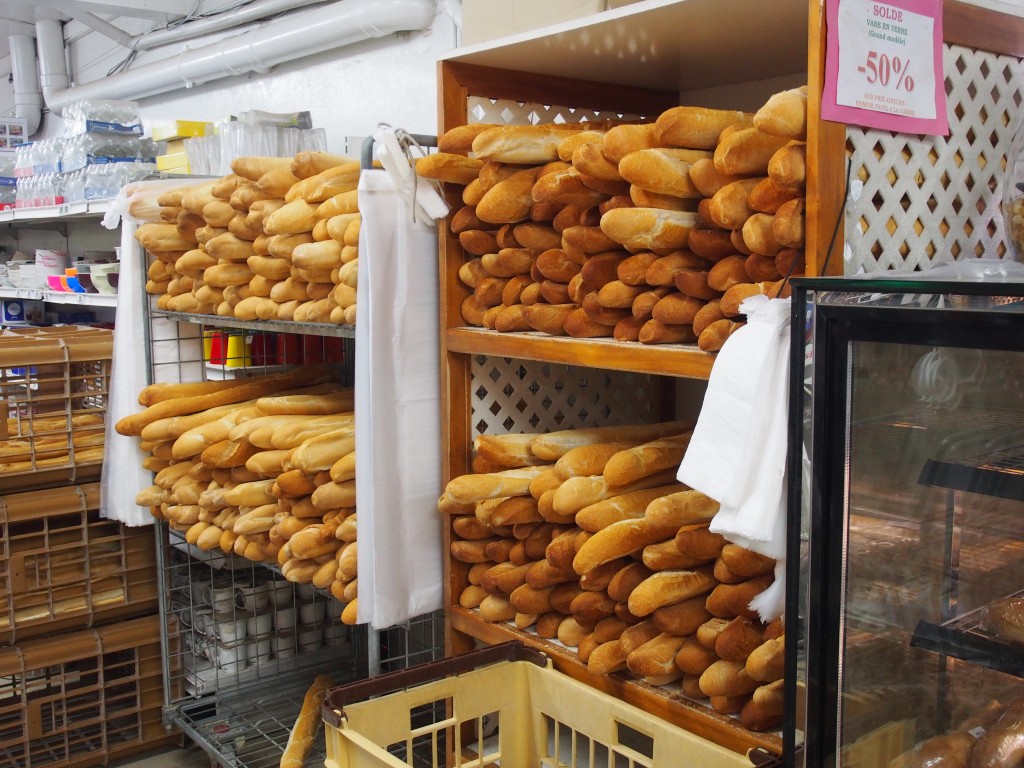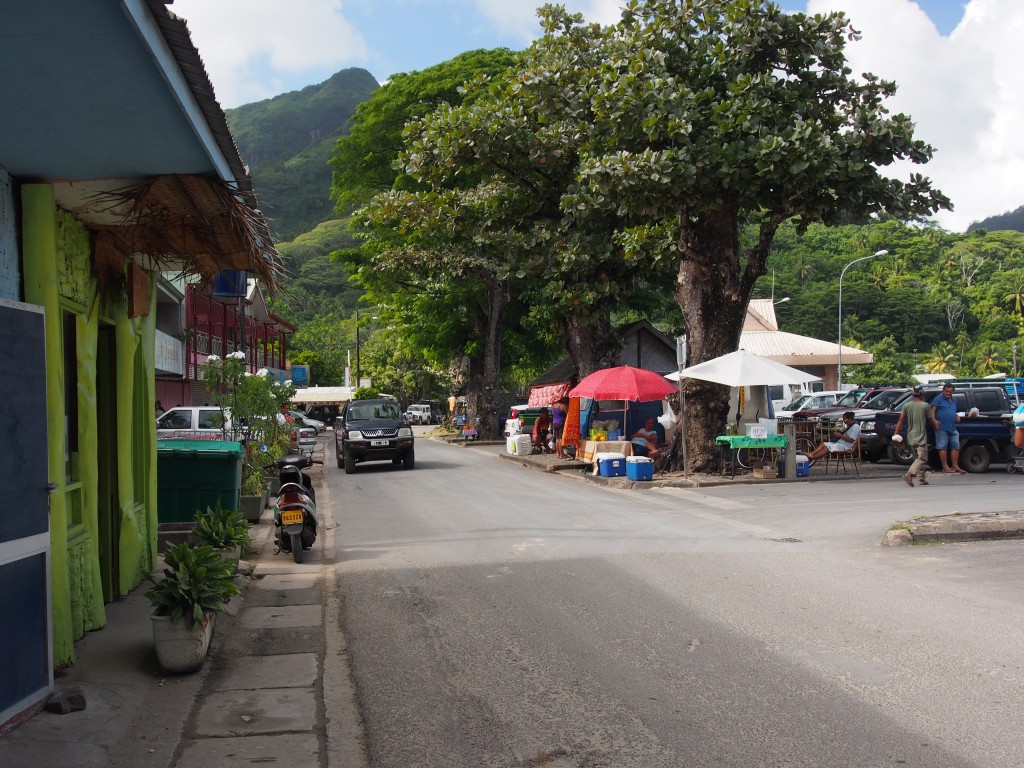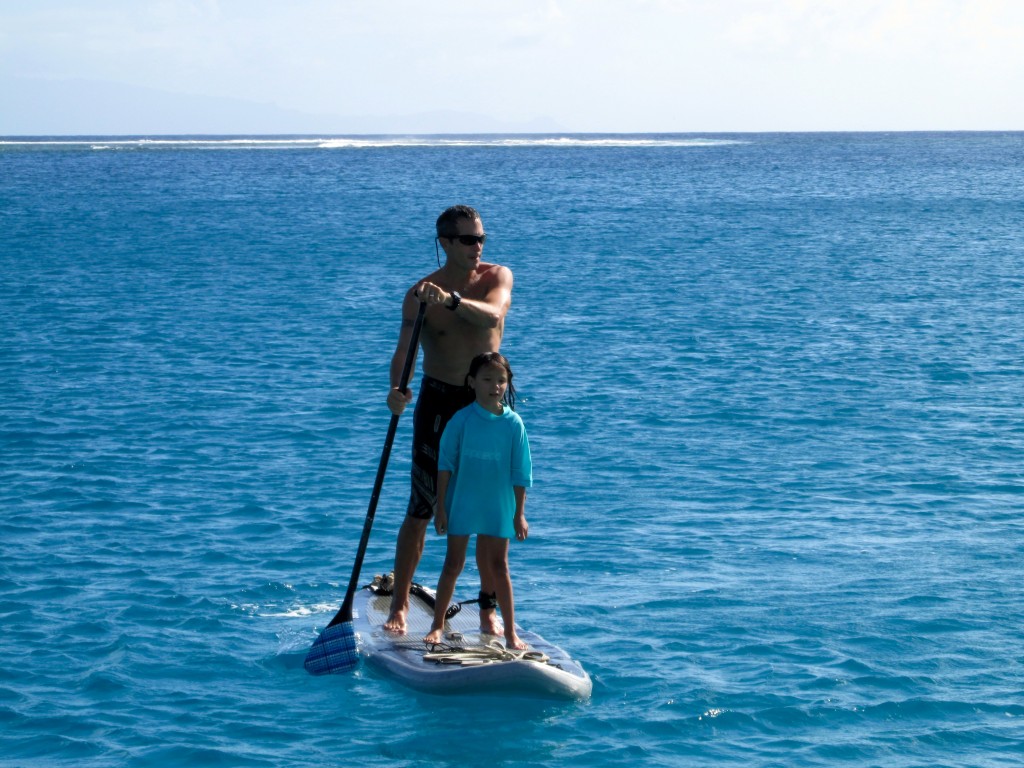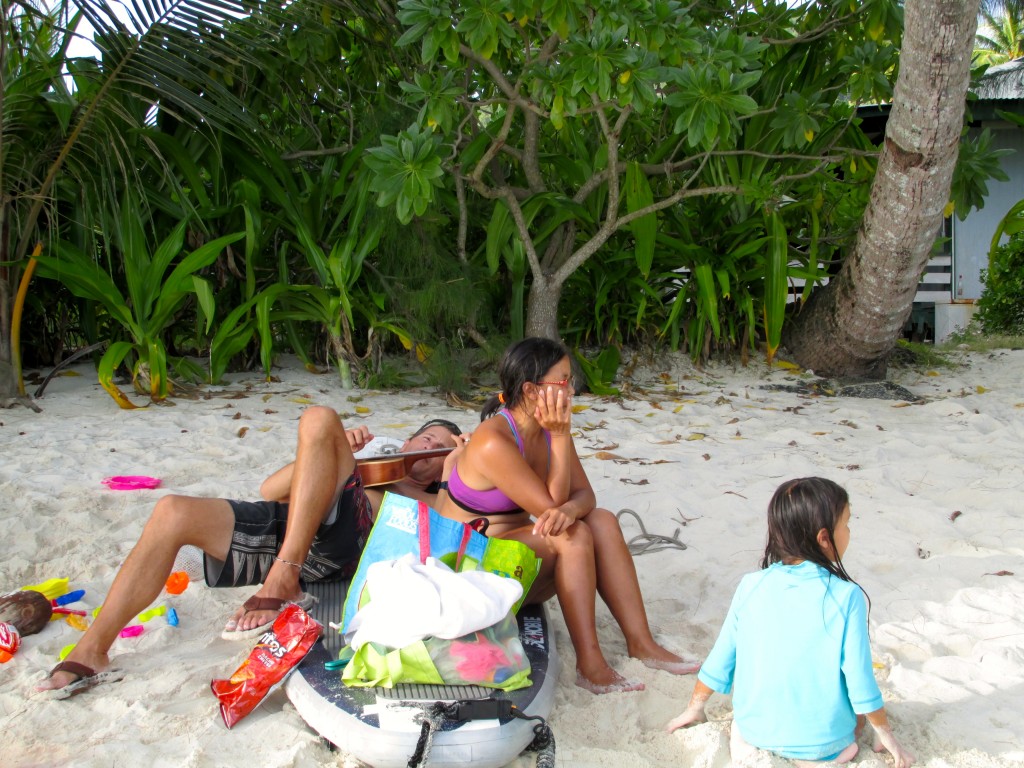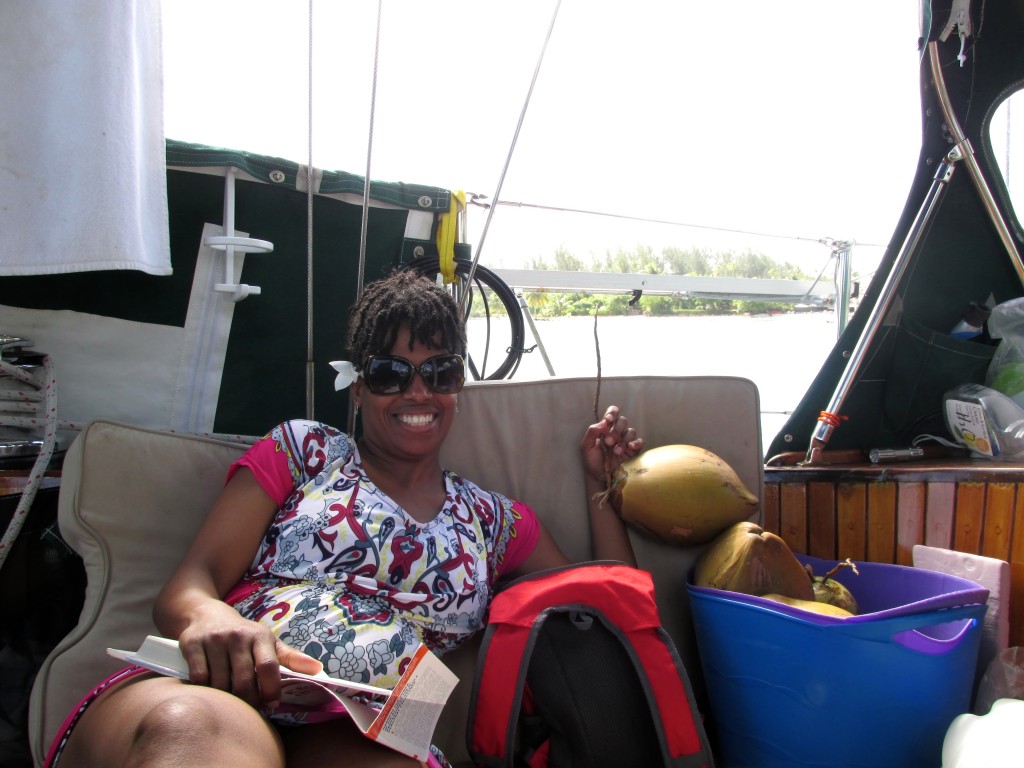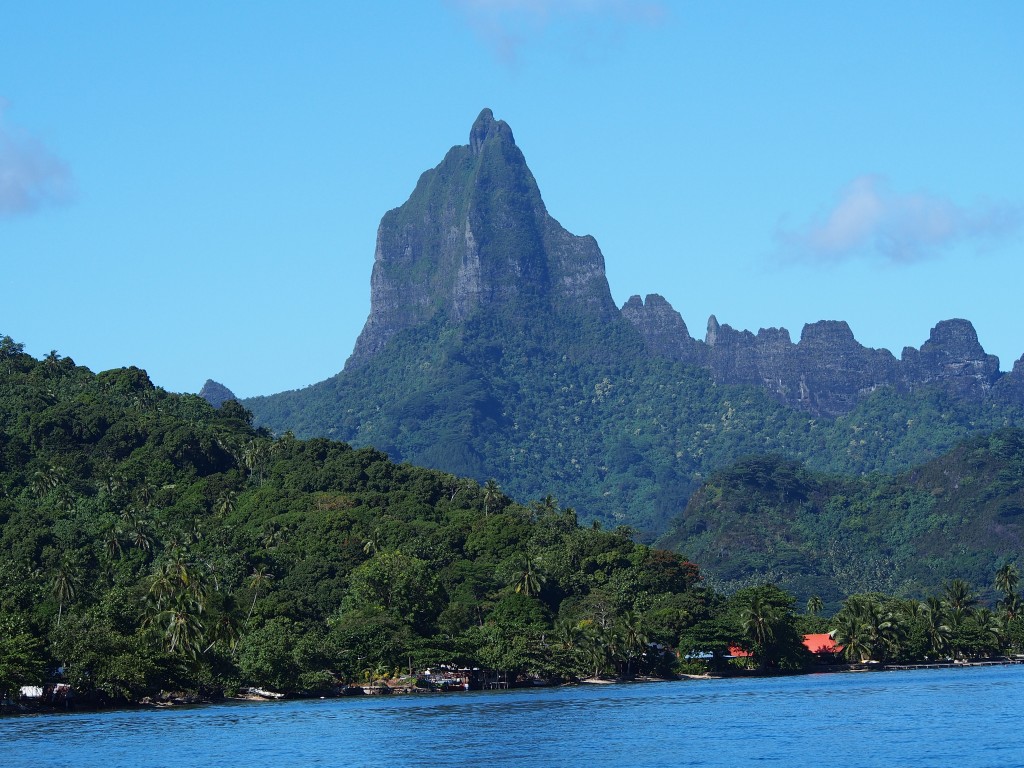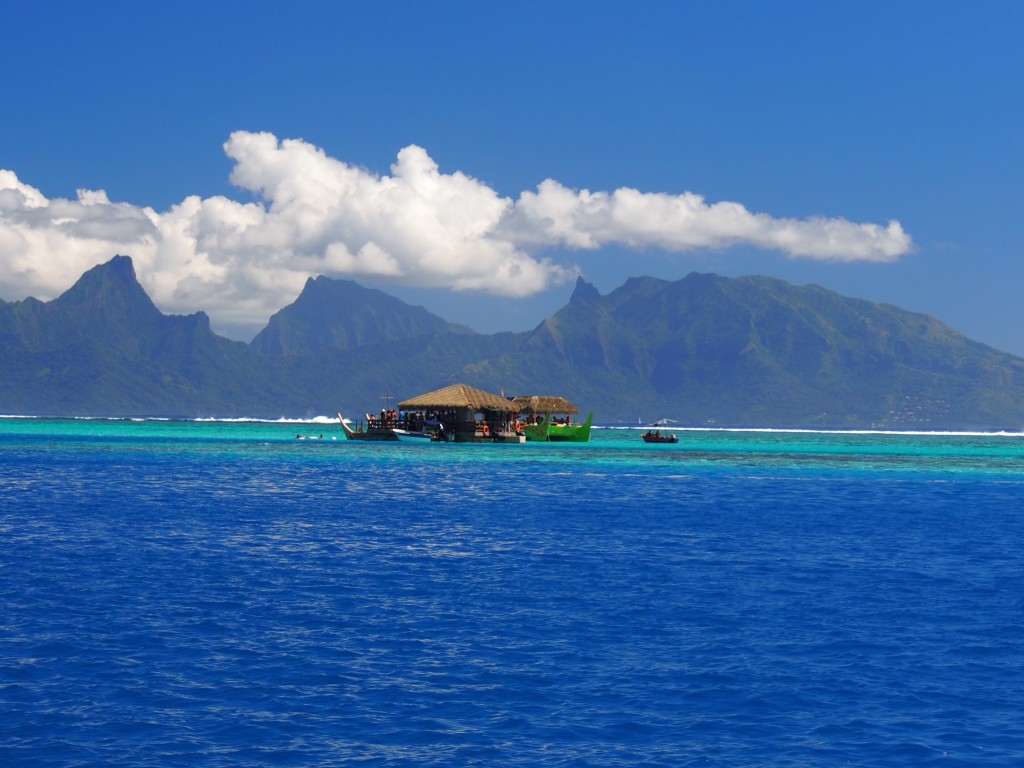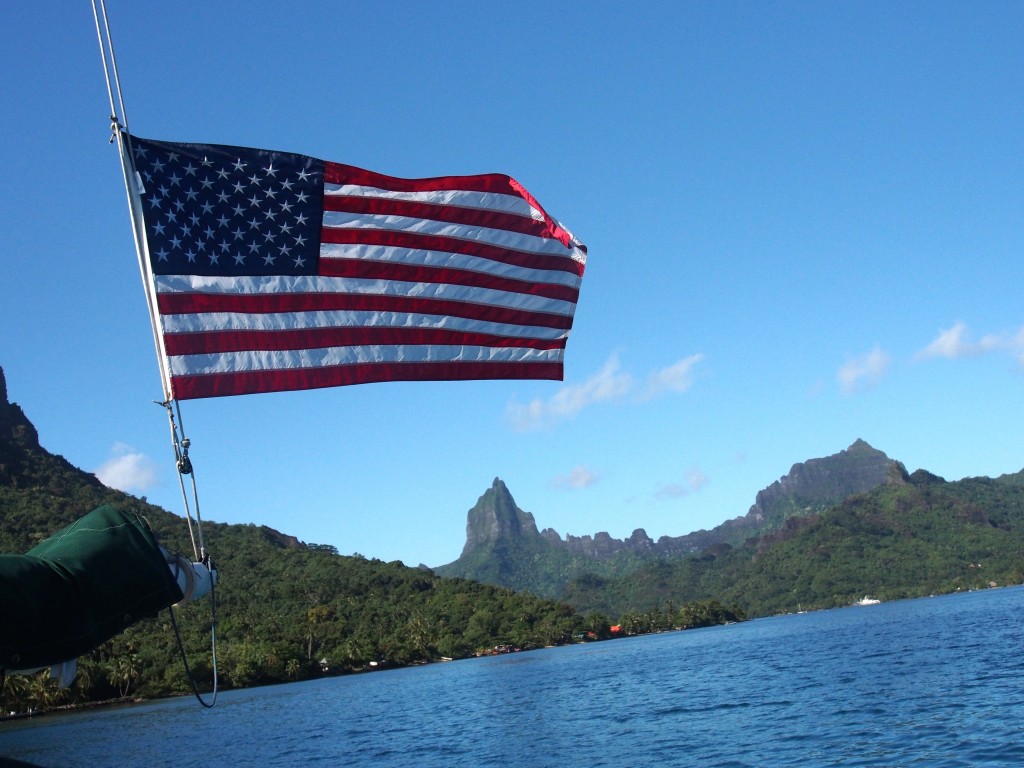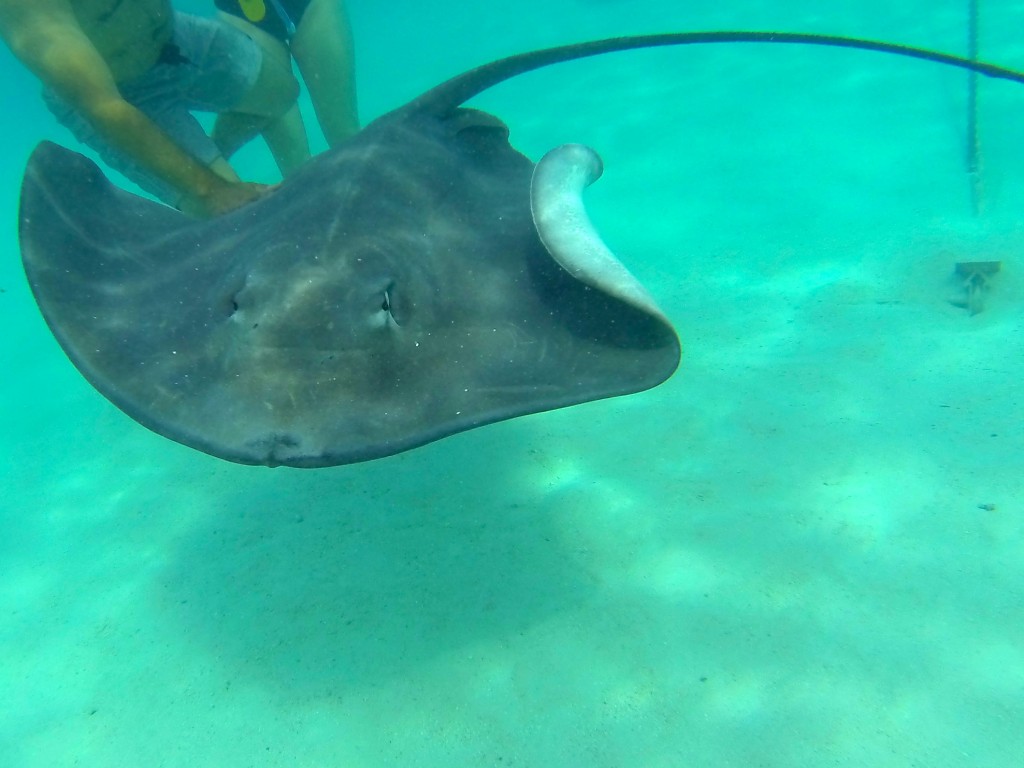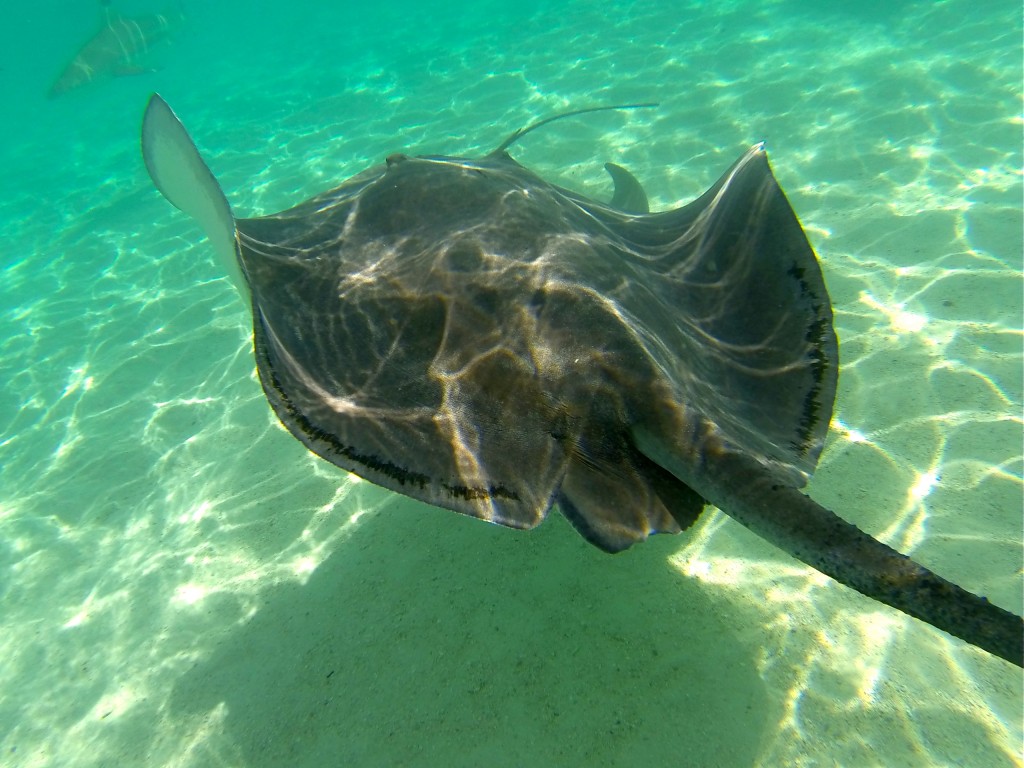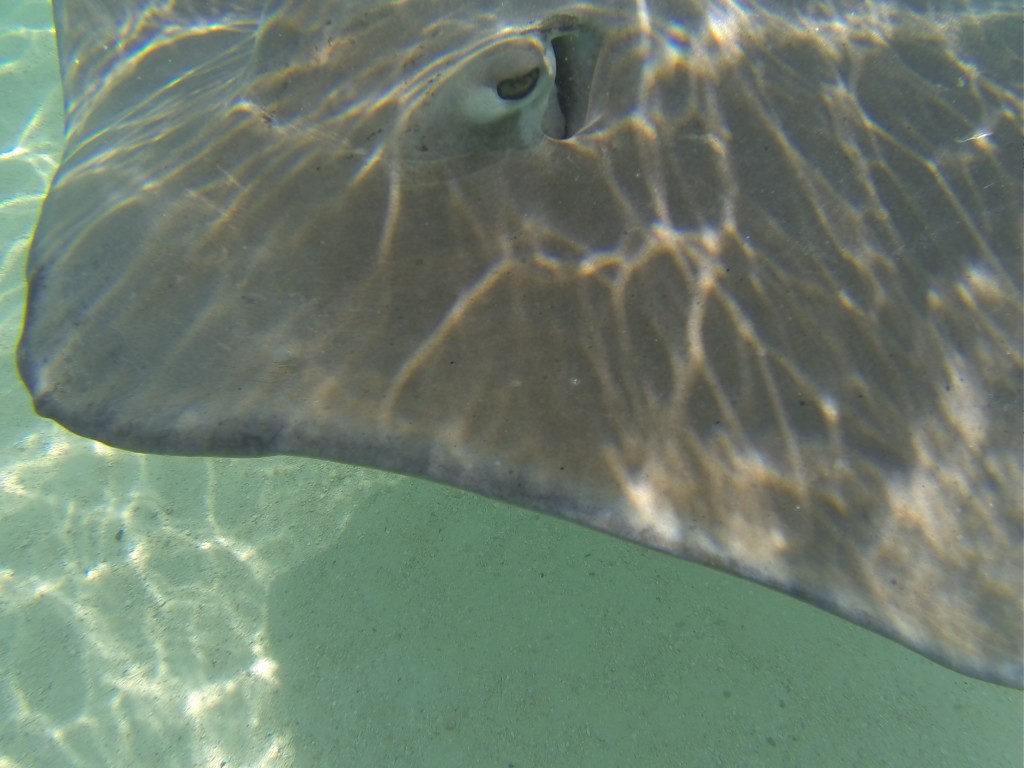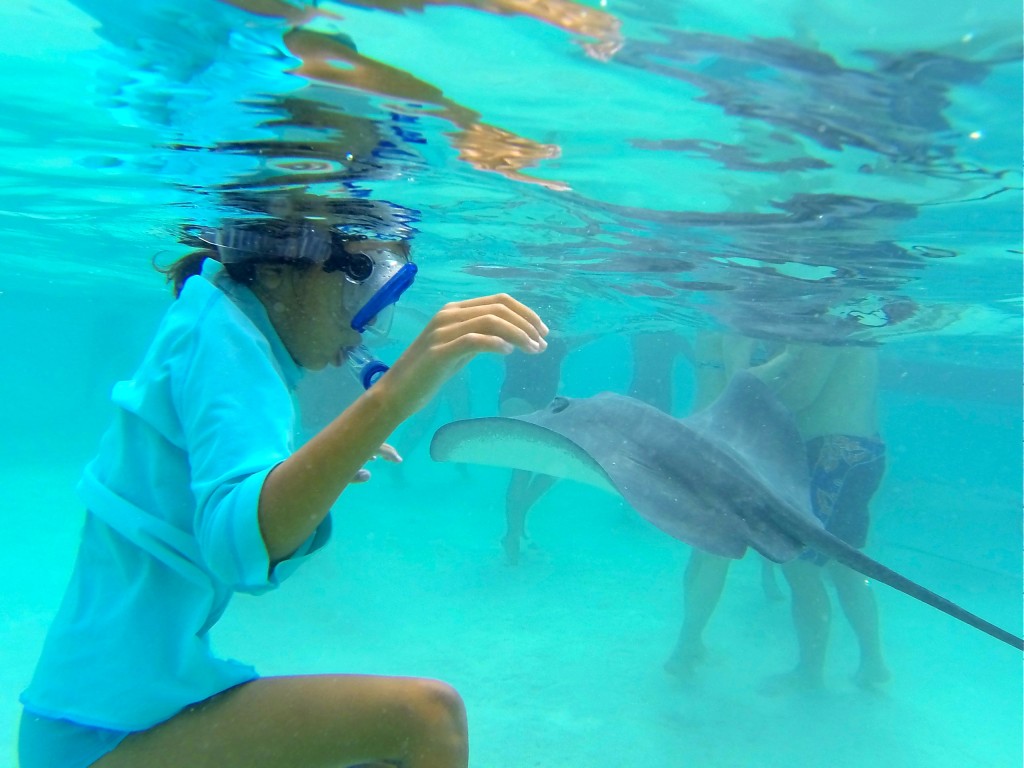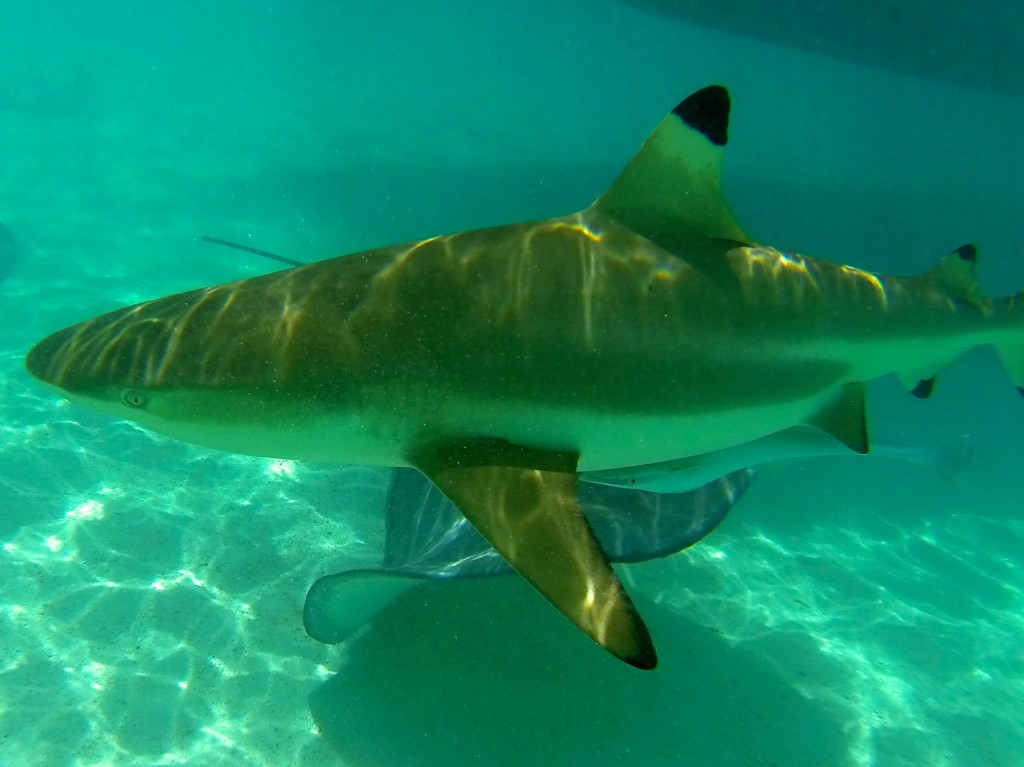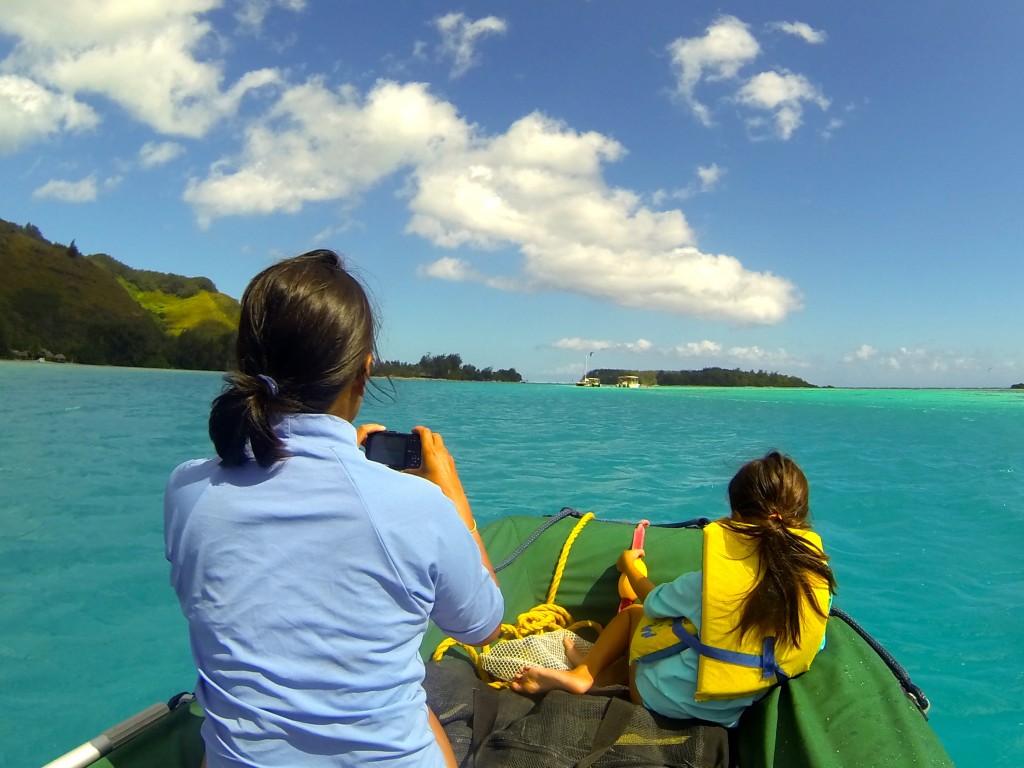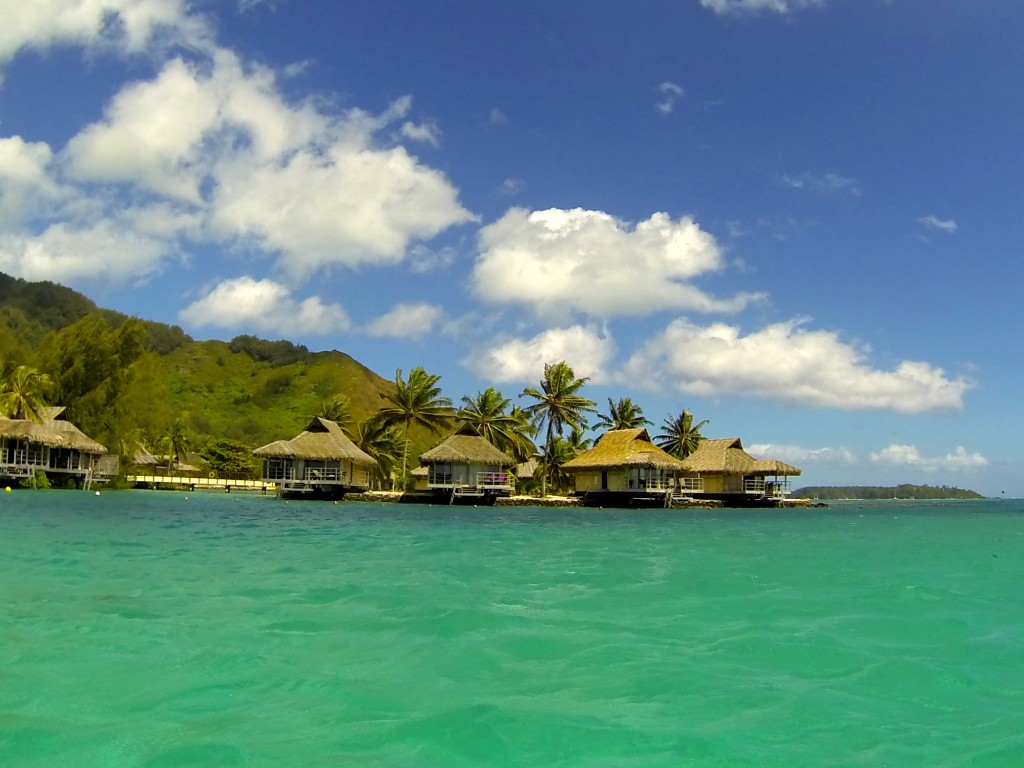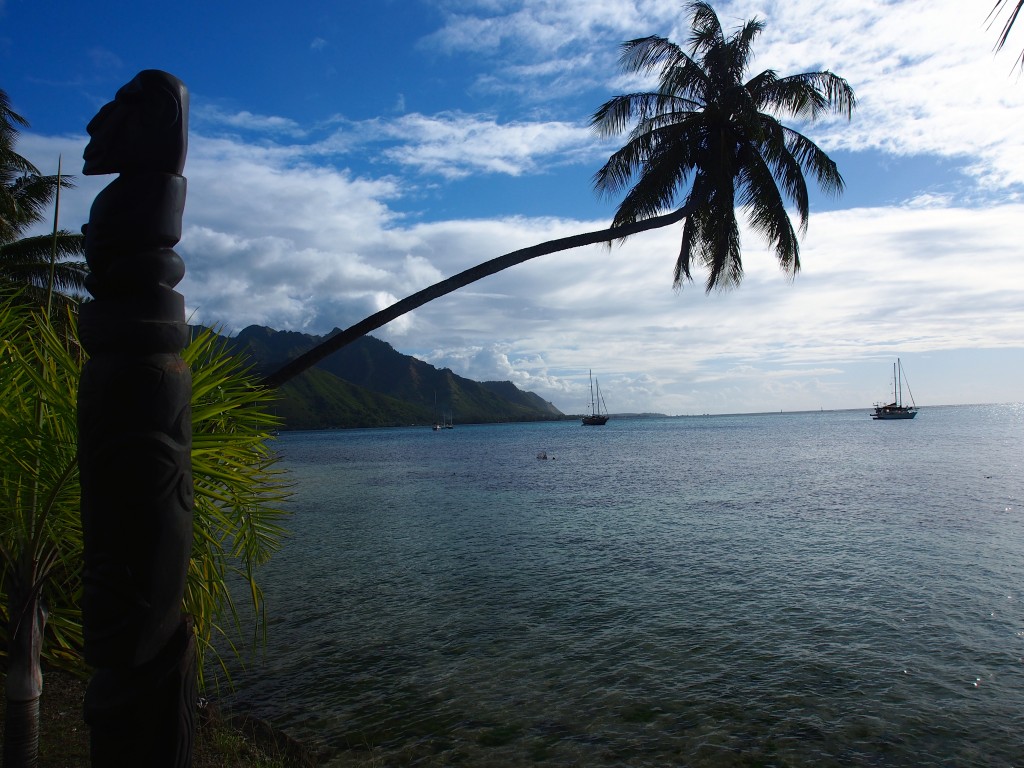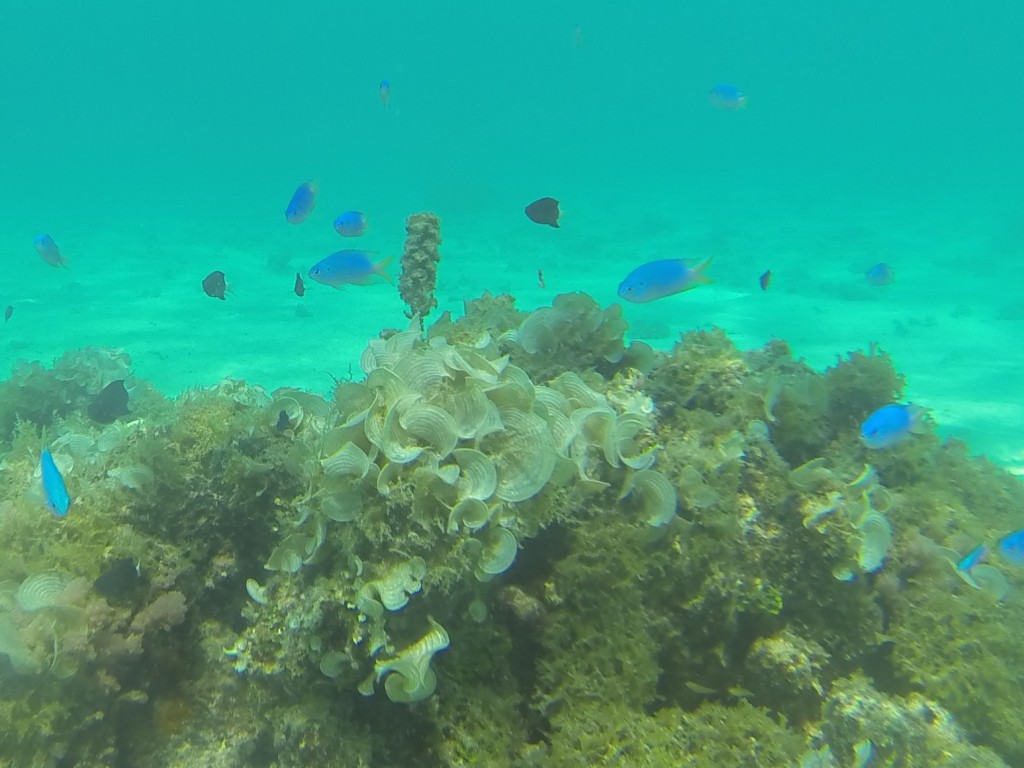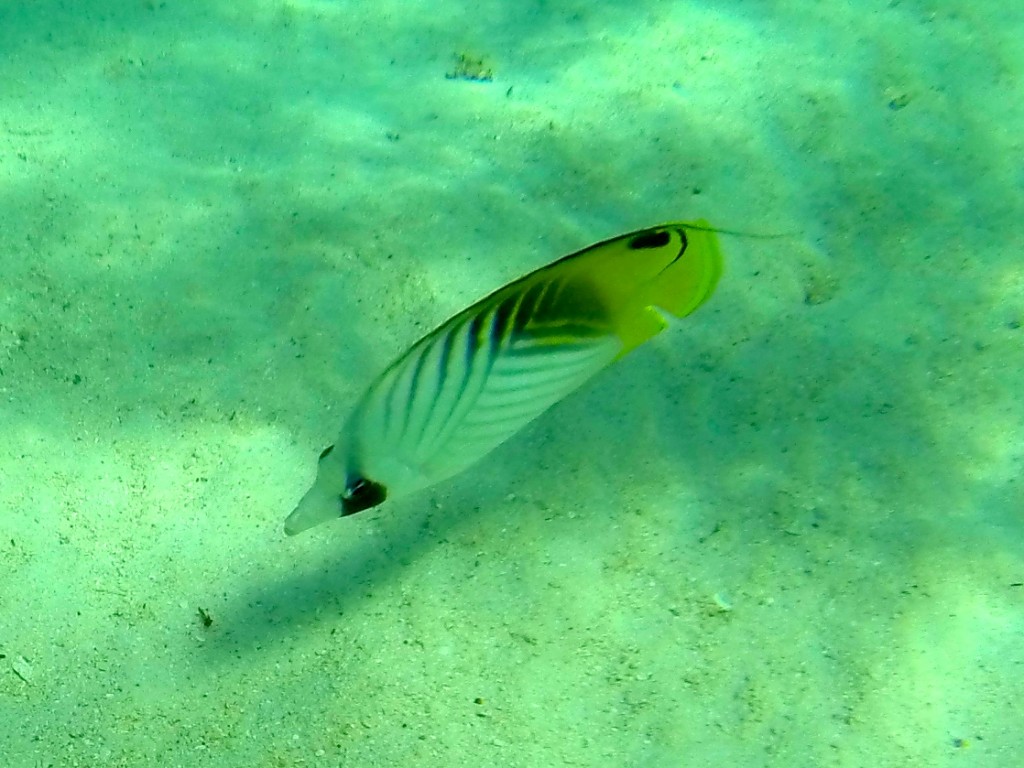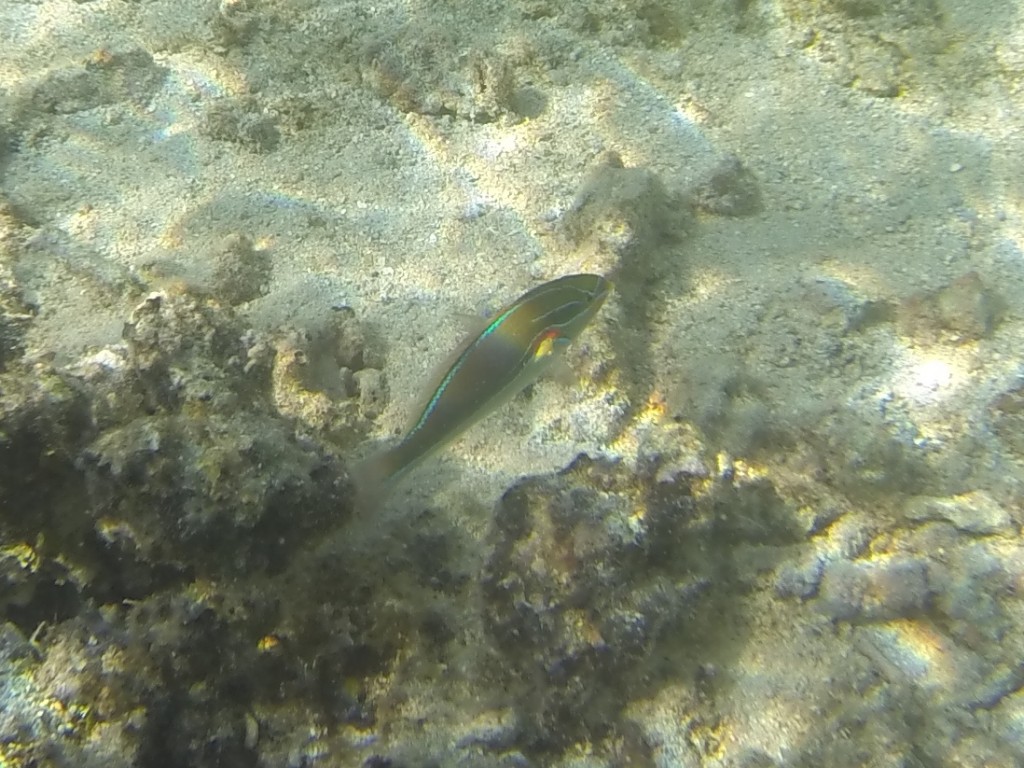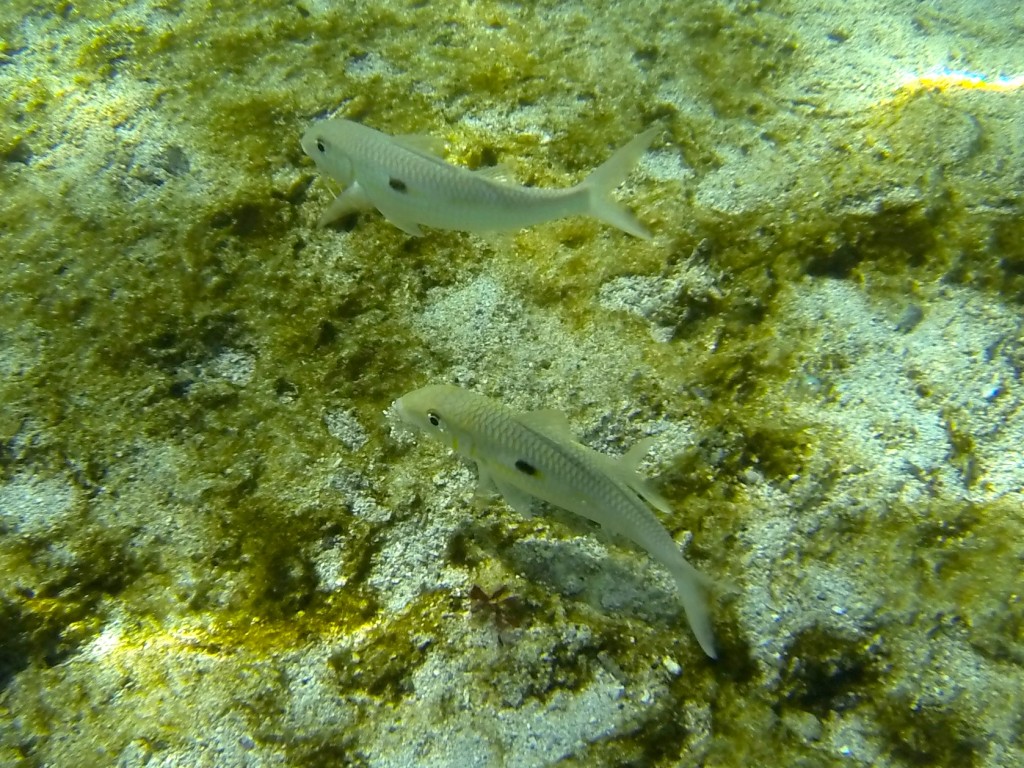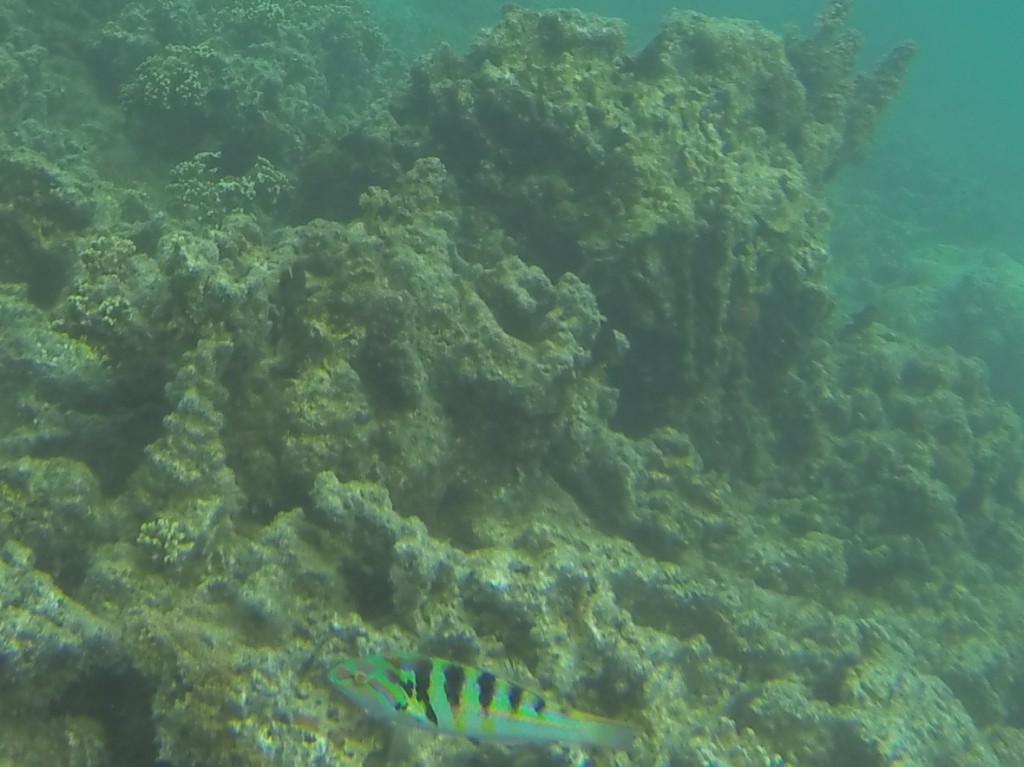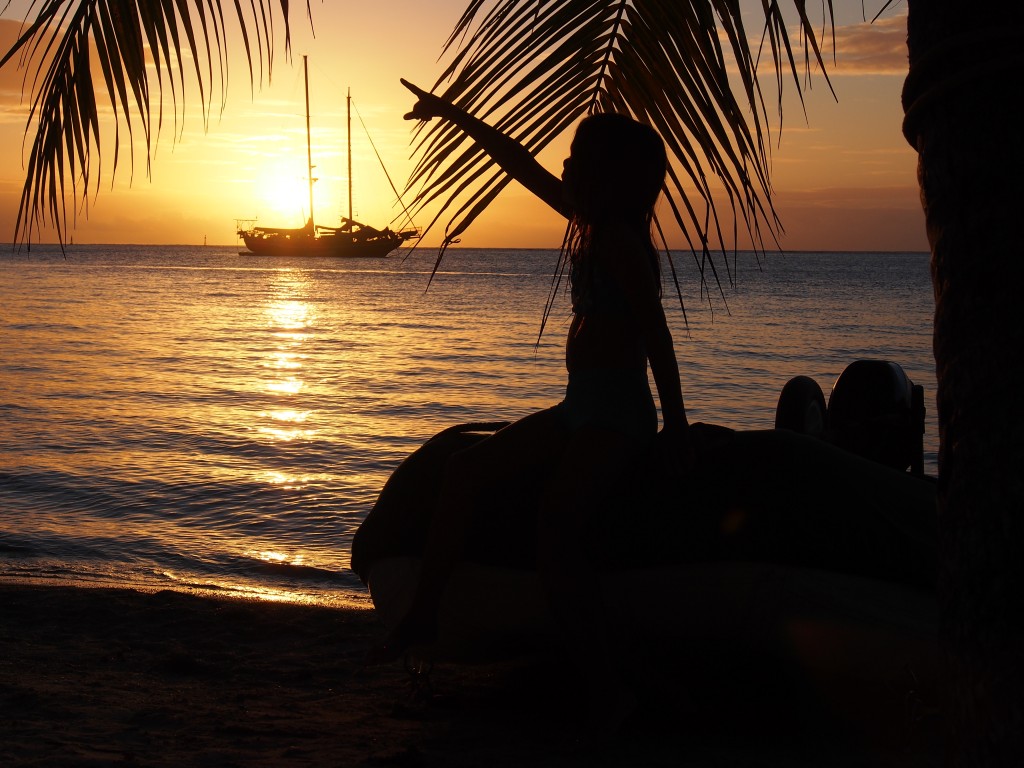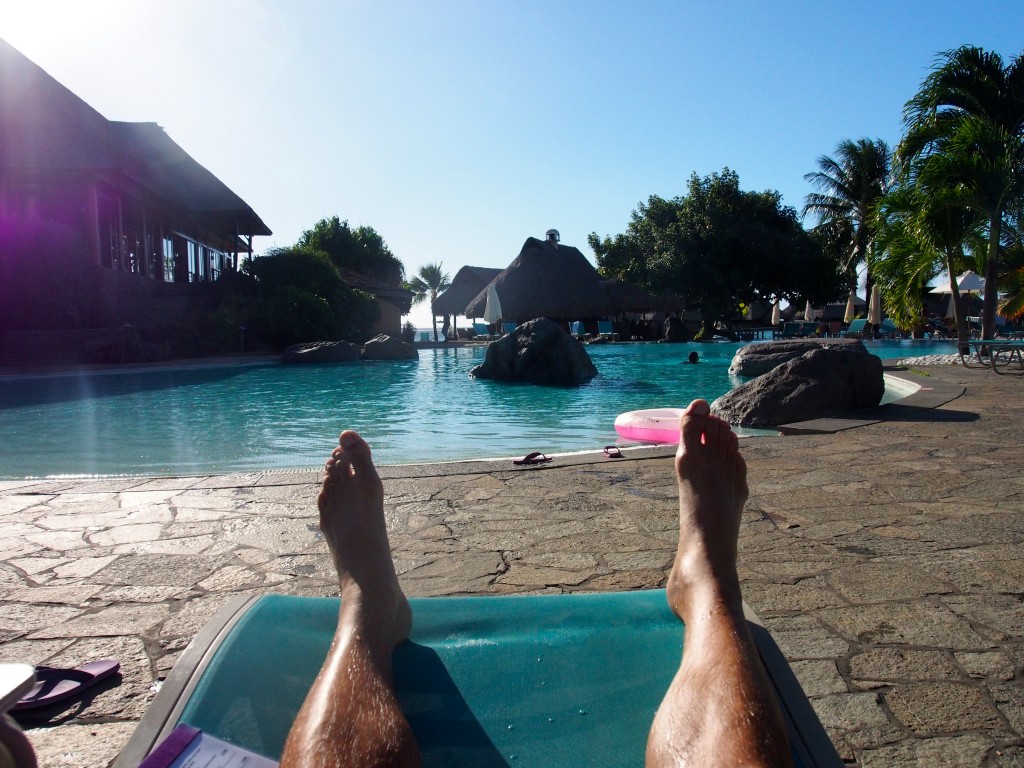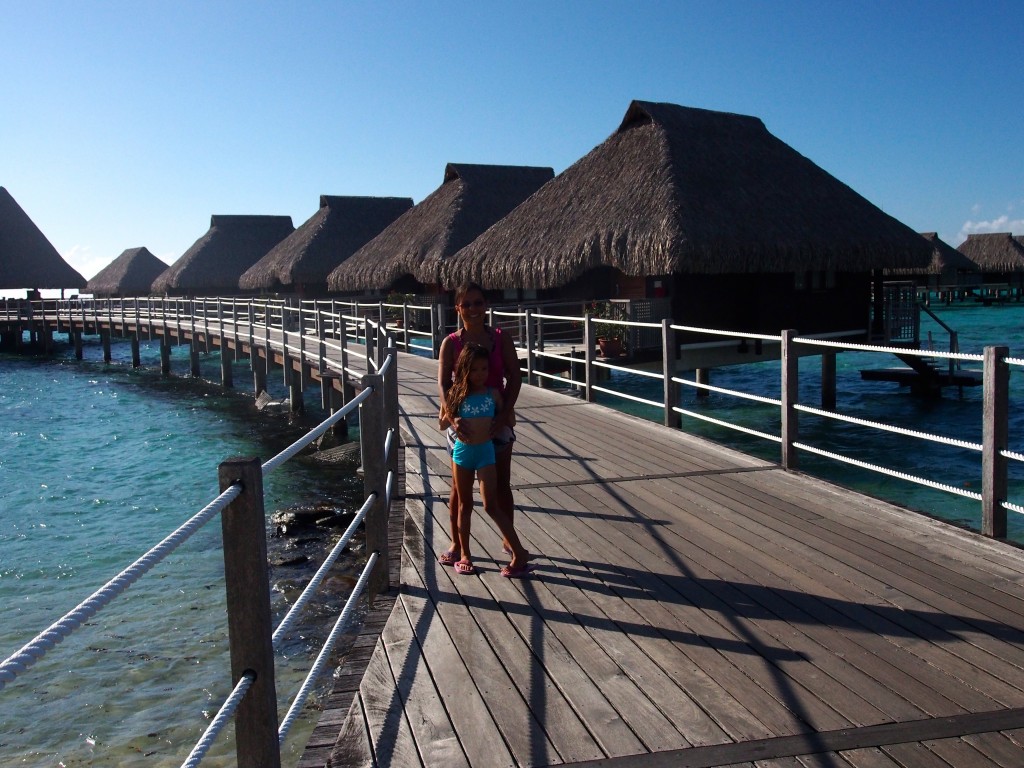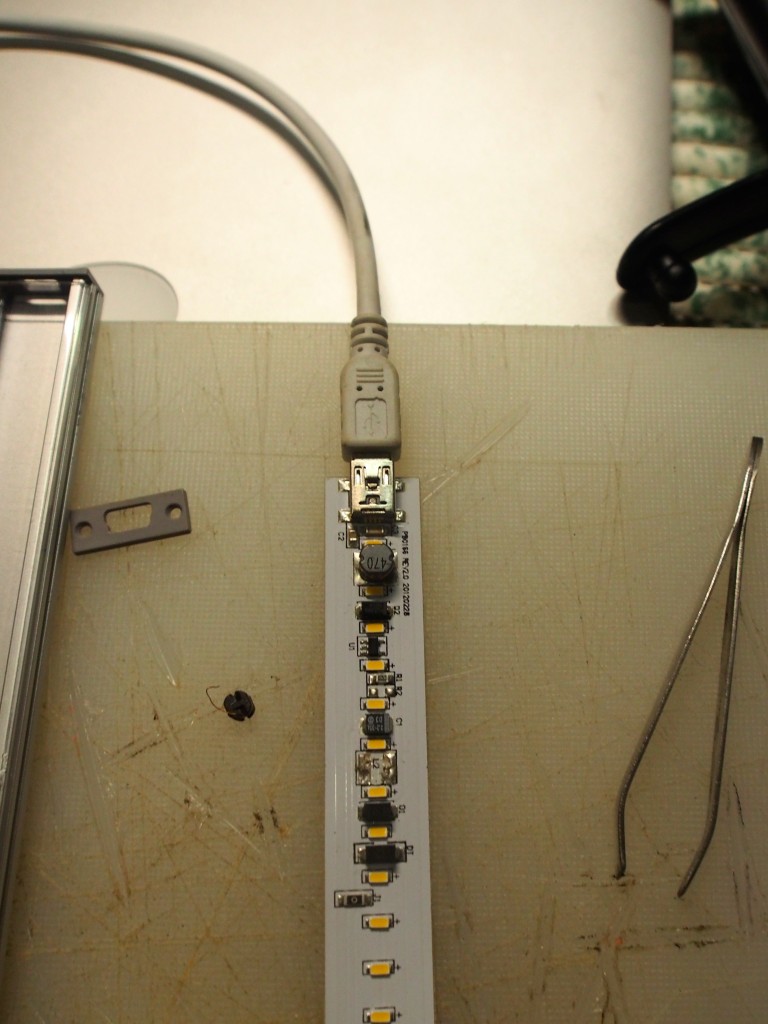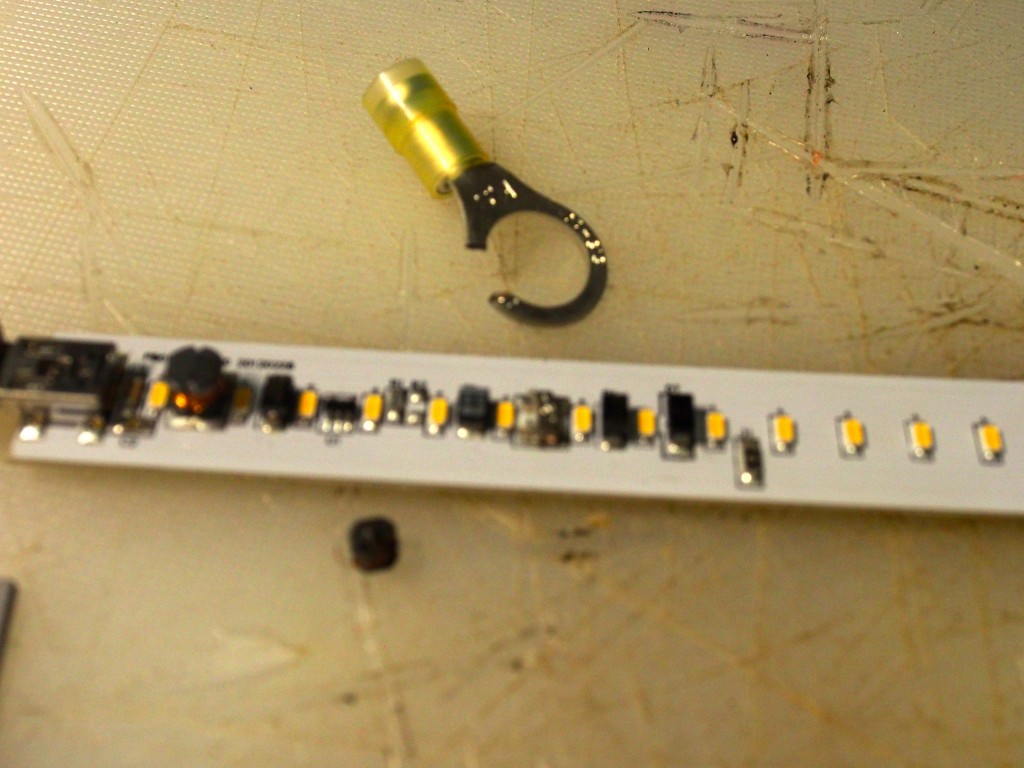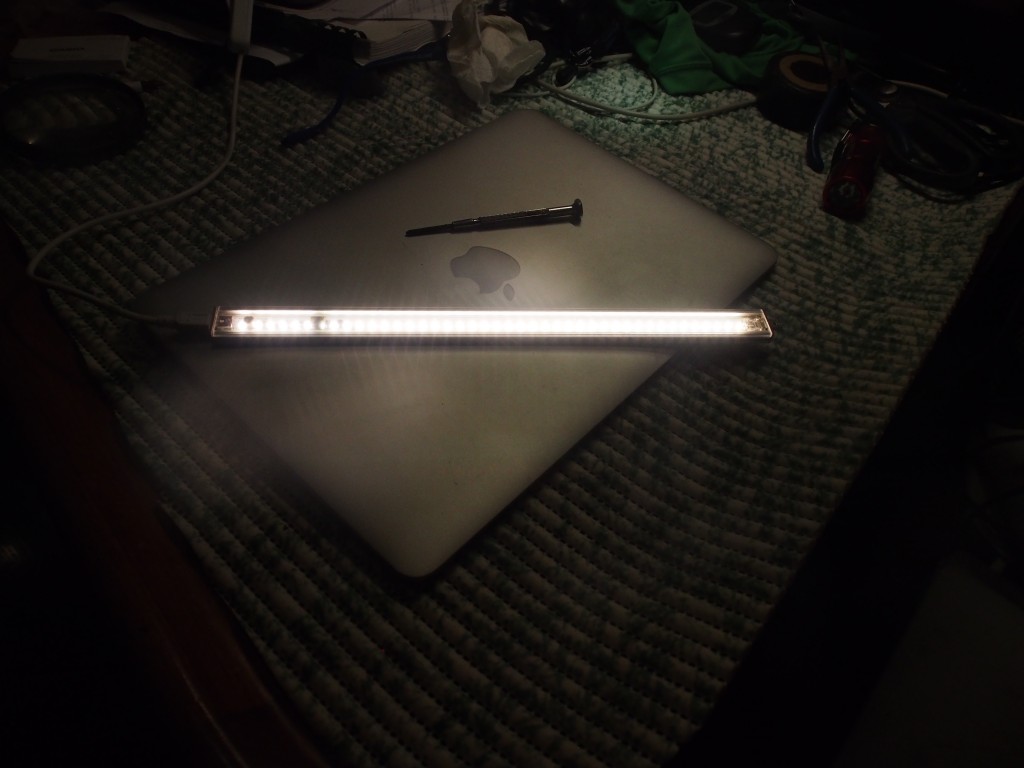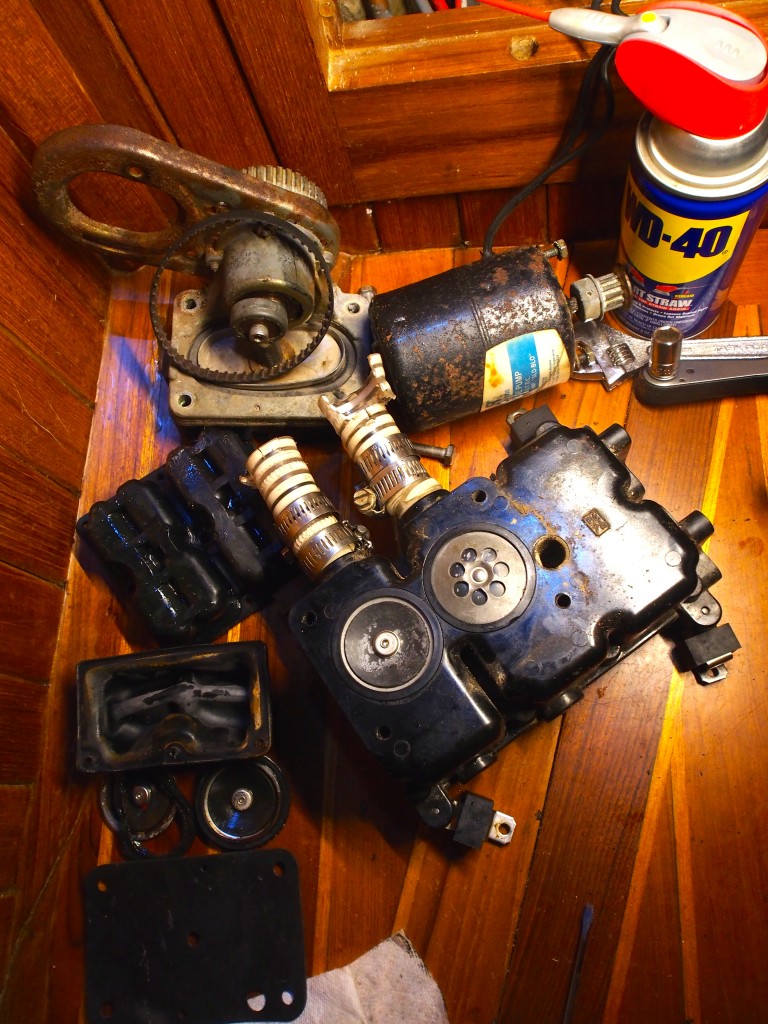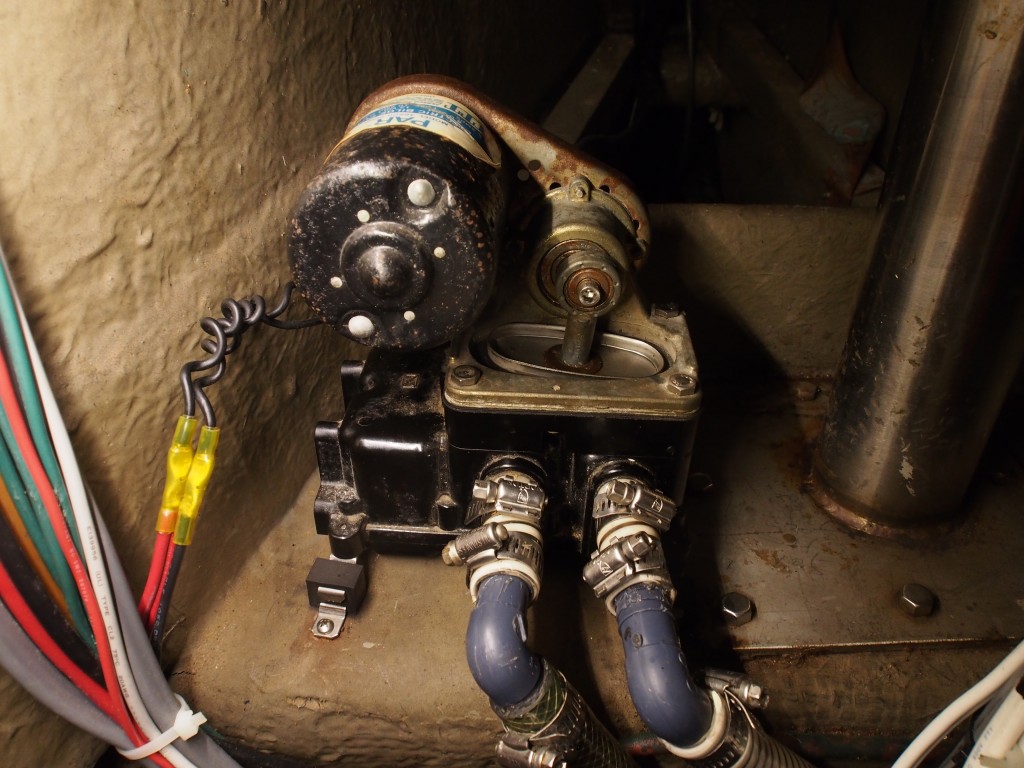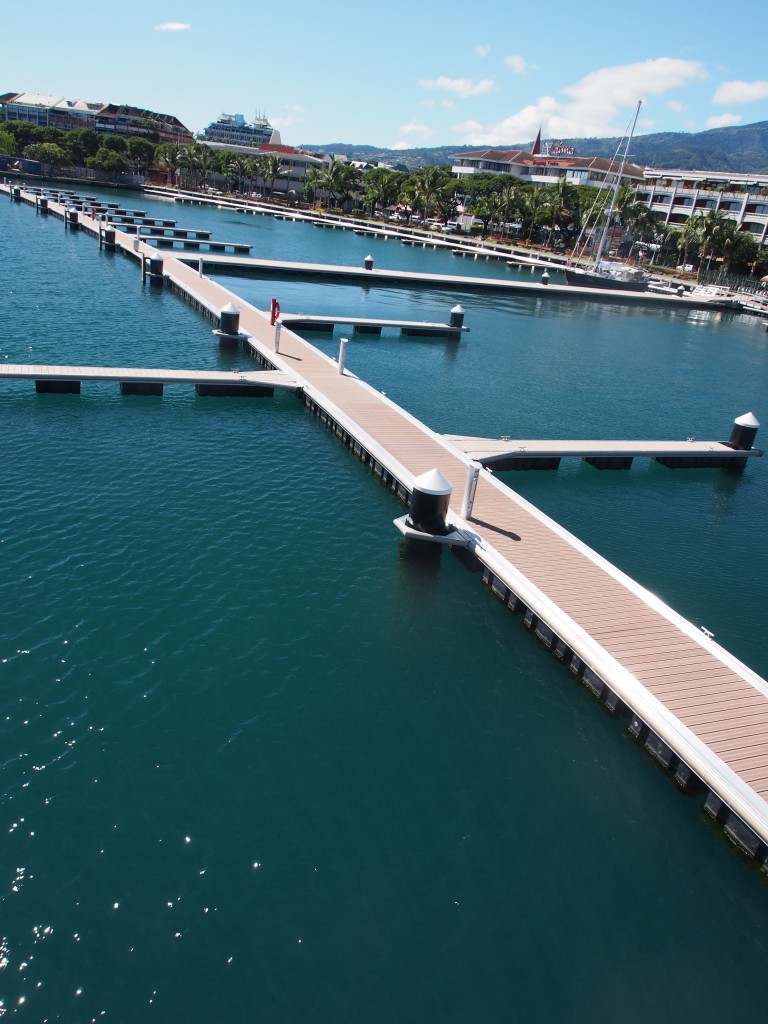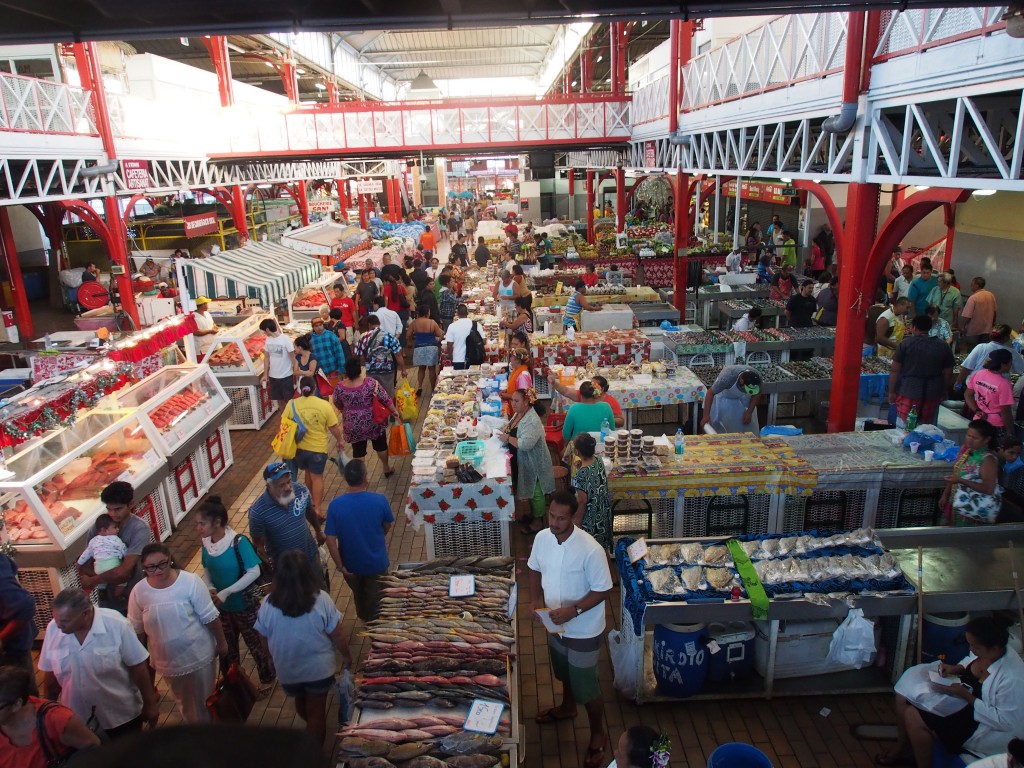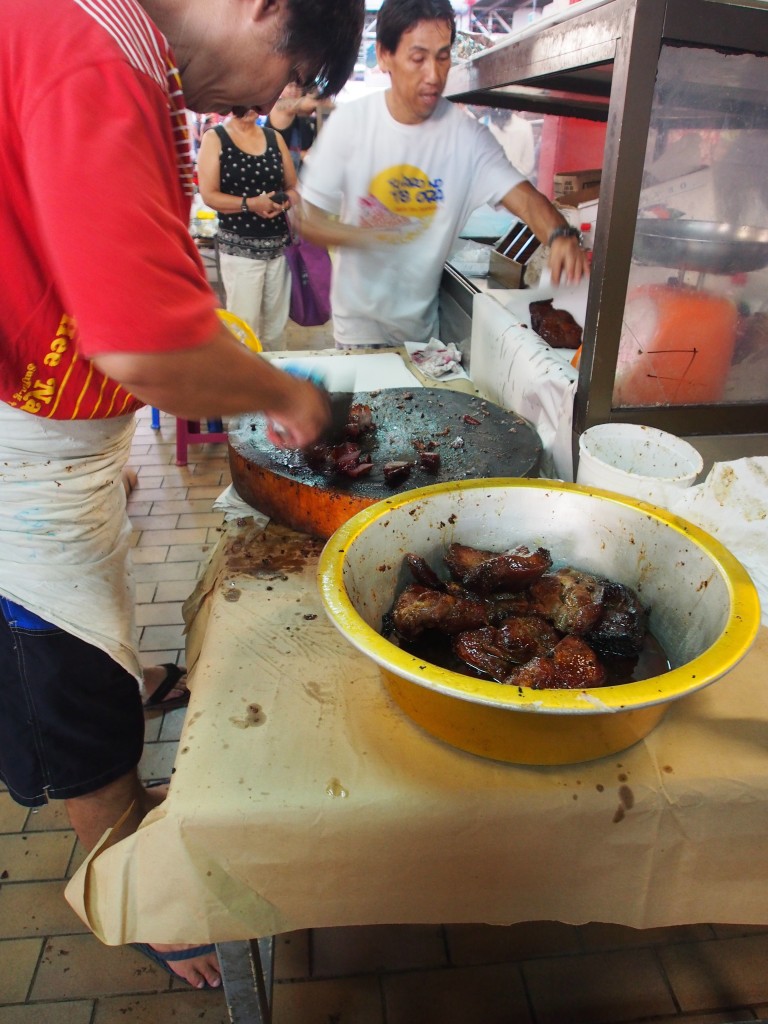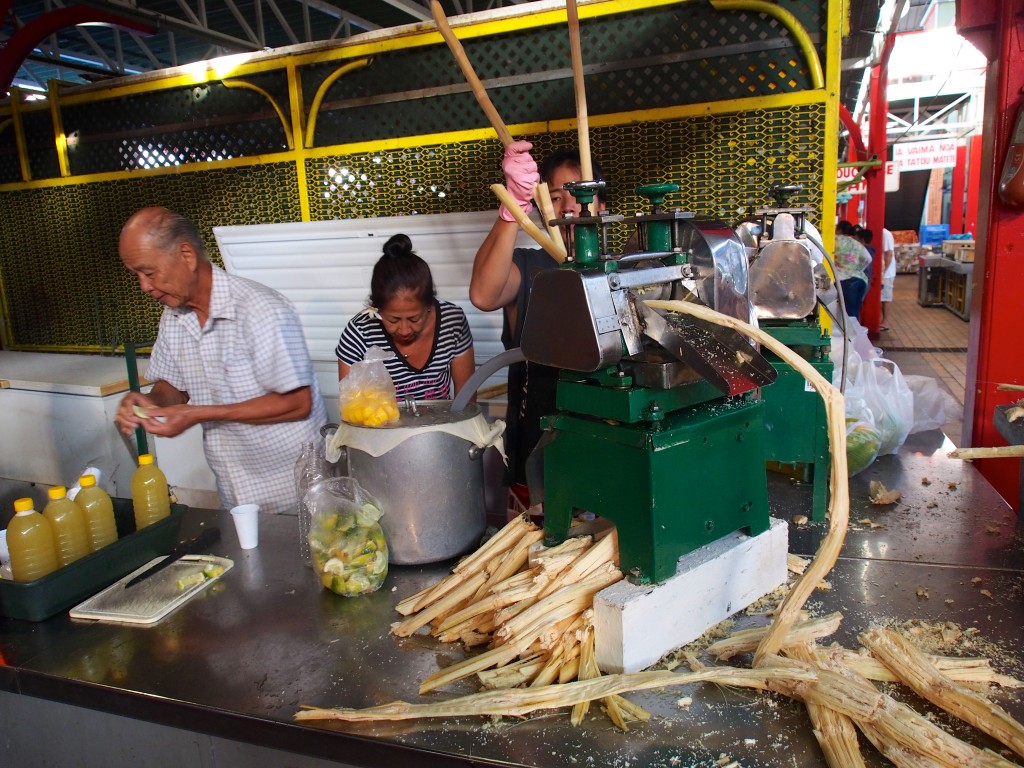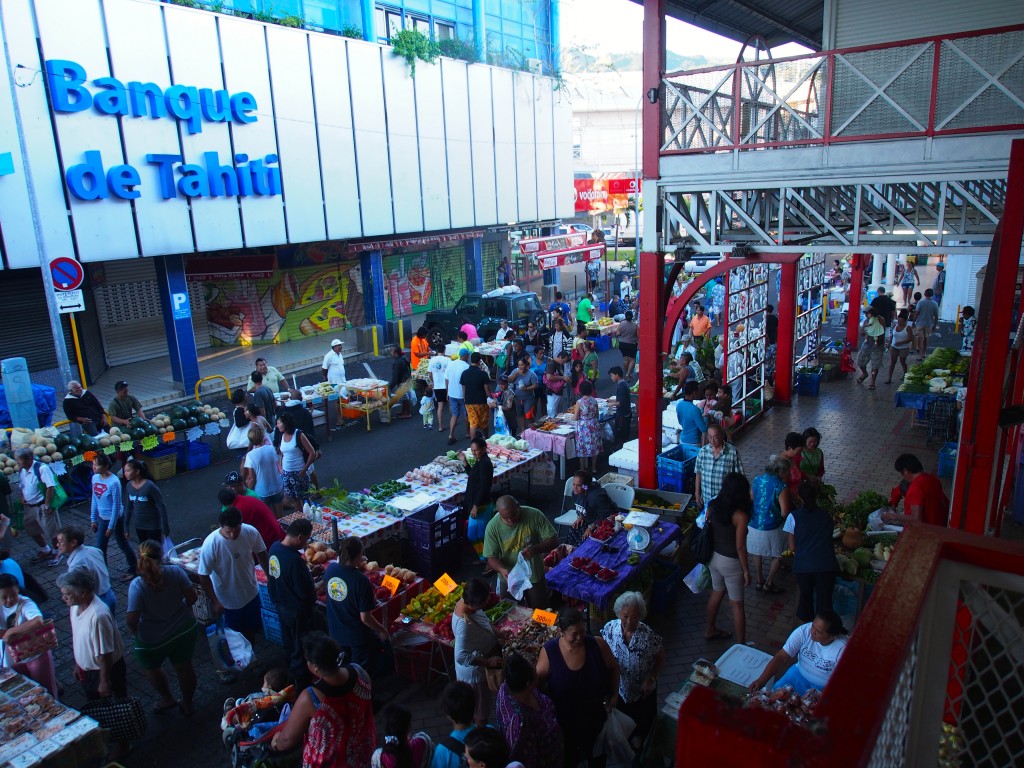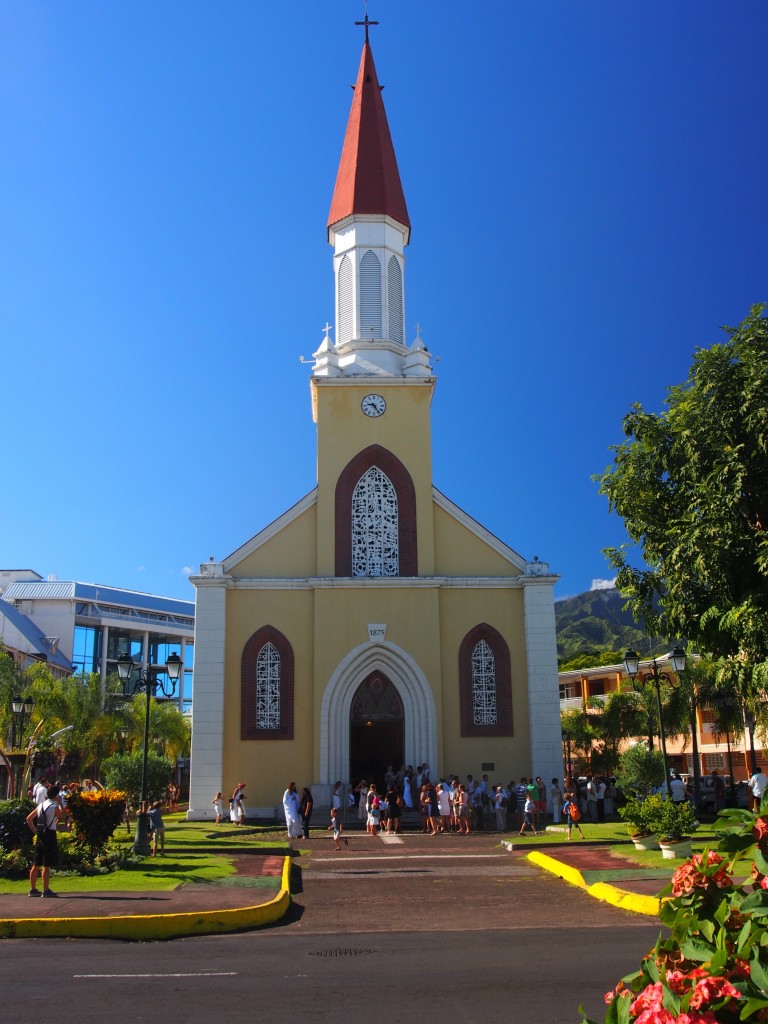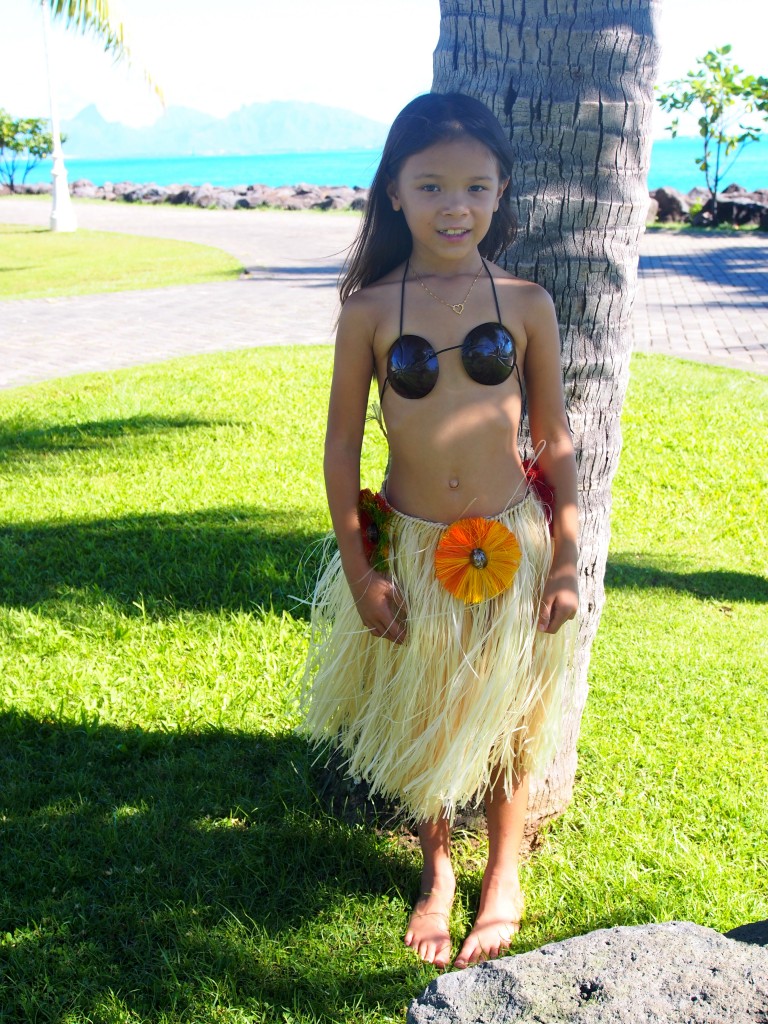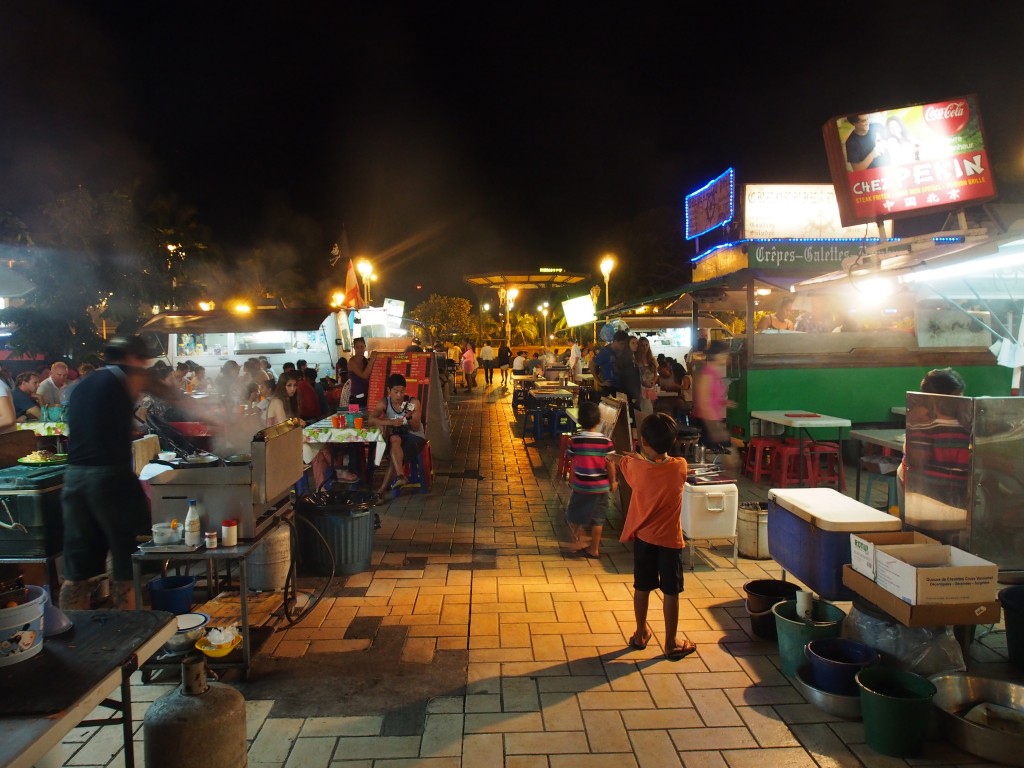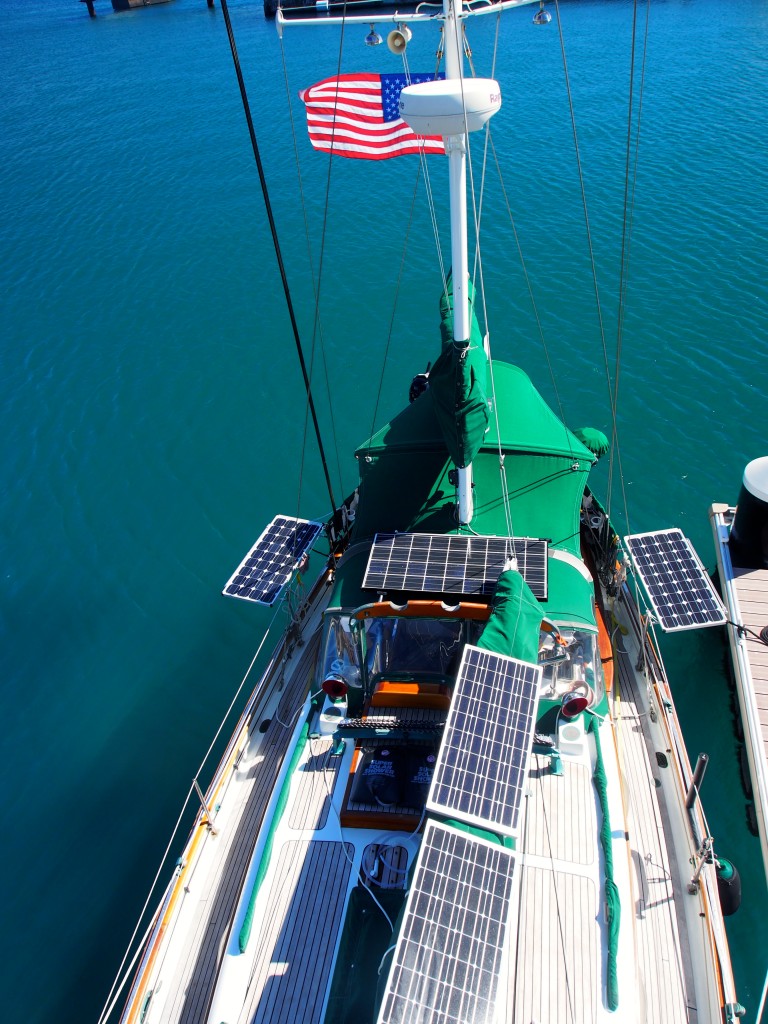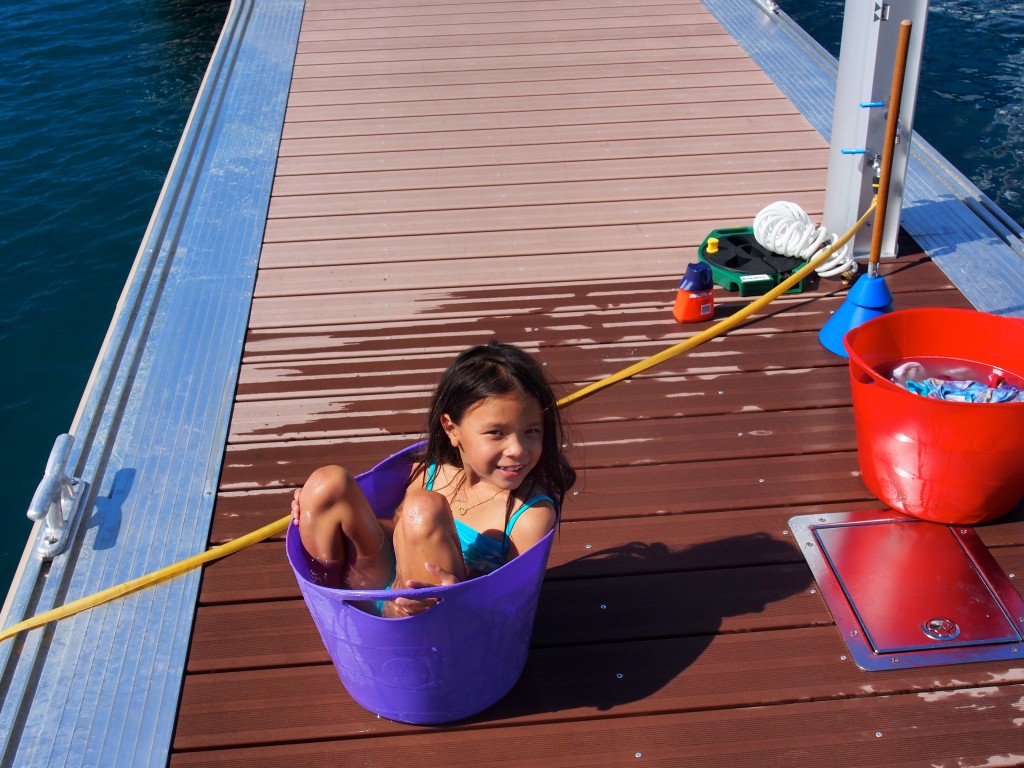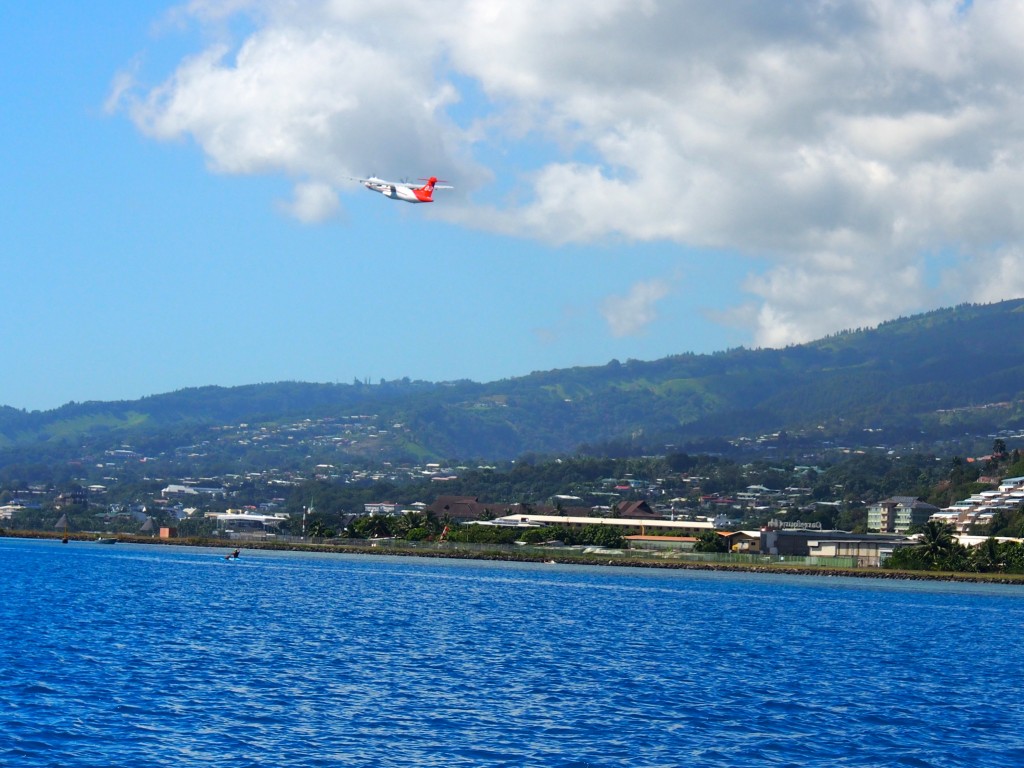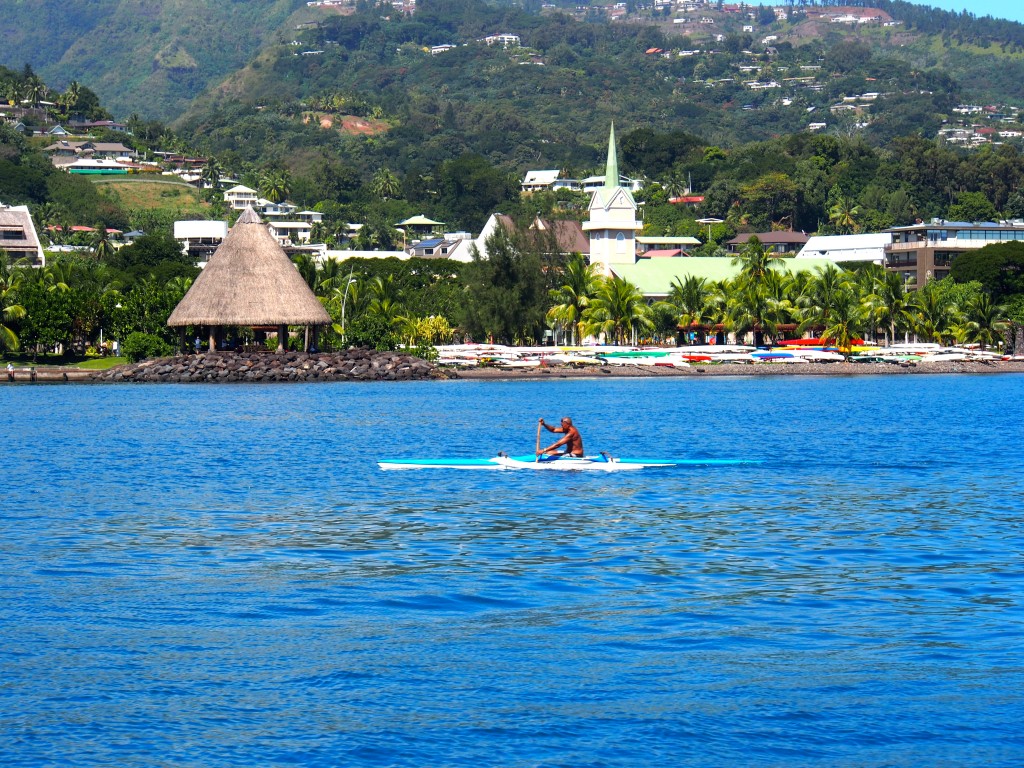We sailed the entire way from Niue to the Vava’u group in the Kingdom of Tonga. It was a nice 2-day downwind sail with winds averaging 20 knots and seas a bit rought at 10 feet. We were within visual sight of SV Brahminy and within AIS signal of SV Panthera the entire way, and we kept in contact with both on the VHF radio. During the 2-day sail, we experienced a few squalls accompanied by some amazing rainbows. We also spotted a humpback whale a few boat lengths in front of us prompting us to change course. It next surfaced behind us and performed a beautiful show of several breaches. The seas were still rough as we rounded the Vava’u group from the north. We motored the last few miles to the village of Neiafu, the check-in point for the Vava’u group. It was still gusting to 20 knots making the customs wharf too difficult to use, so we anchored alongside and dinghy’d in to meet customs, health, and agriculture officials for clearing into Tonga.

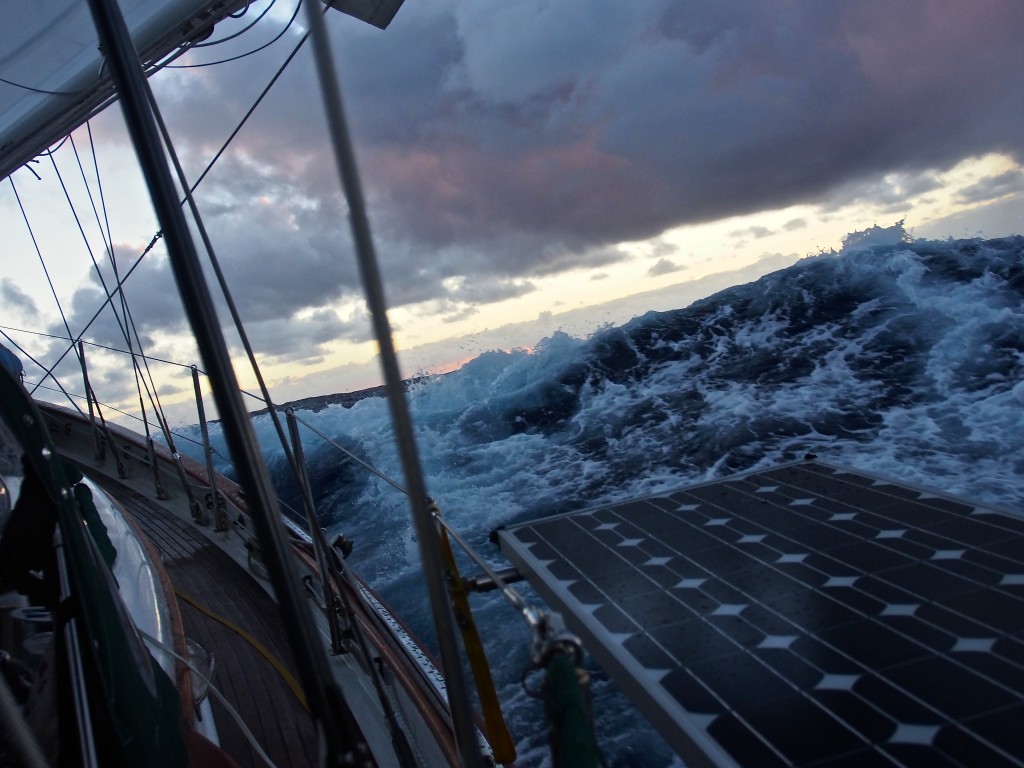
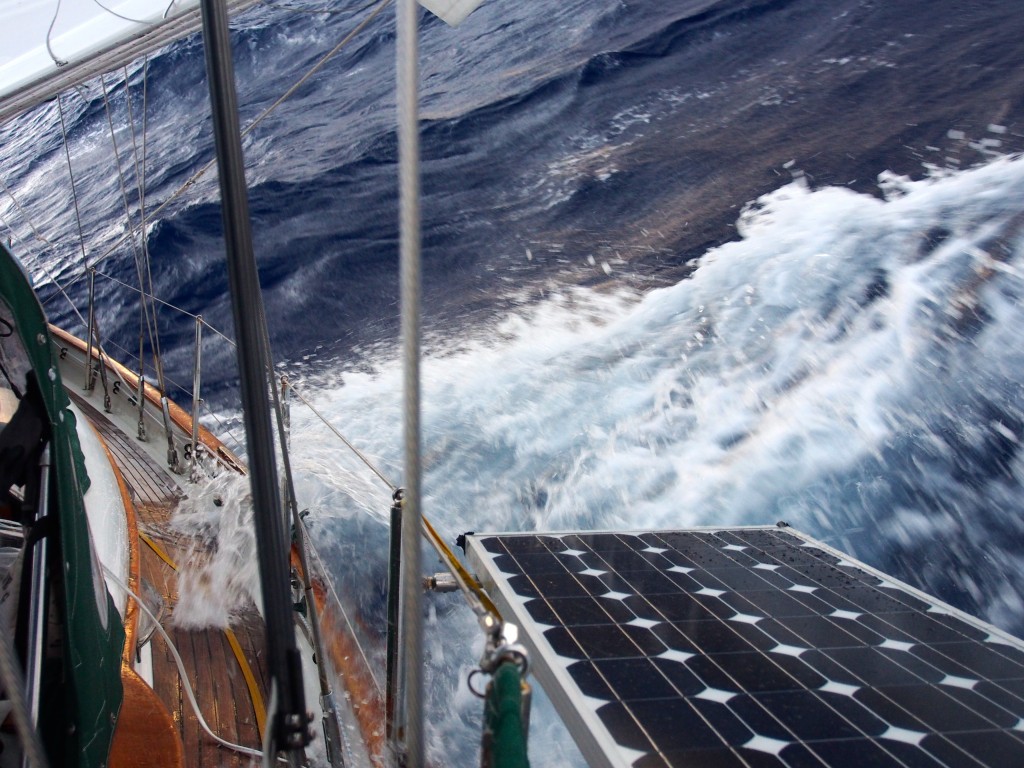
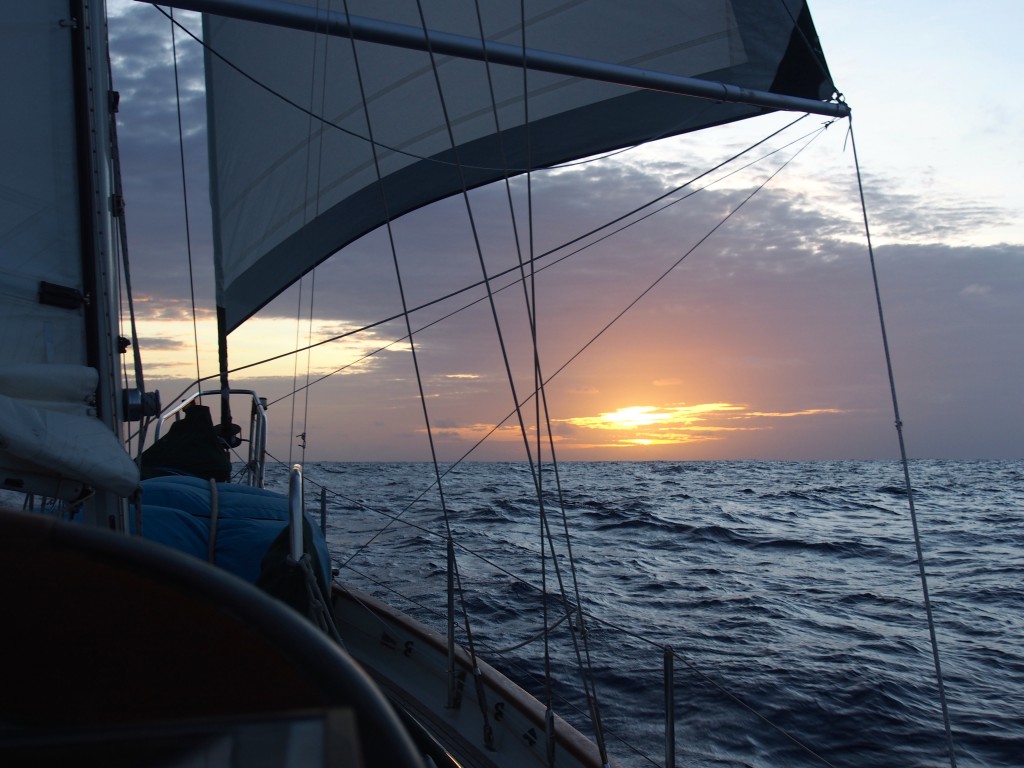
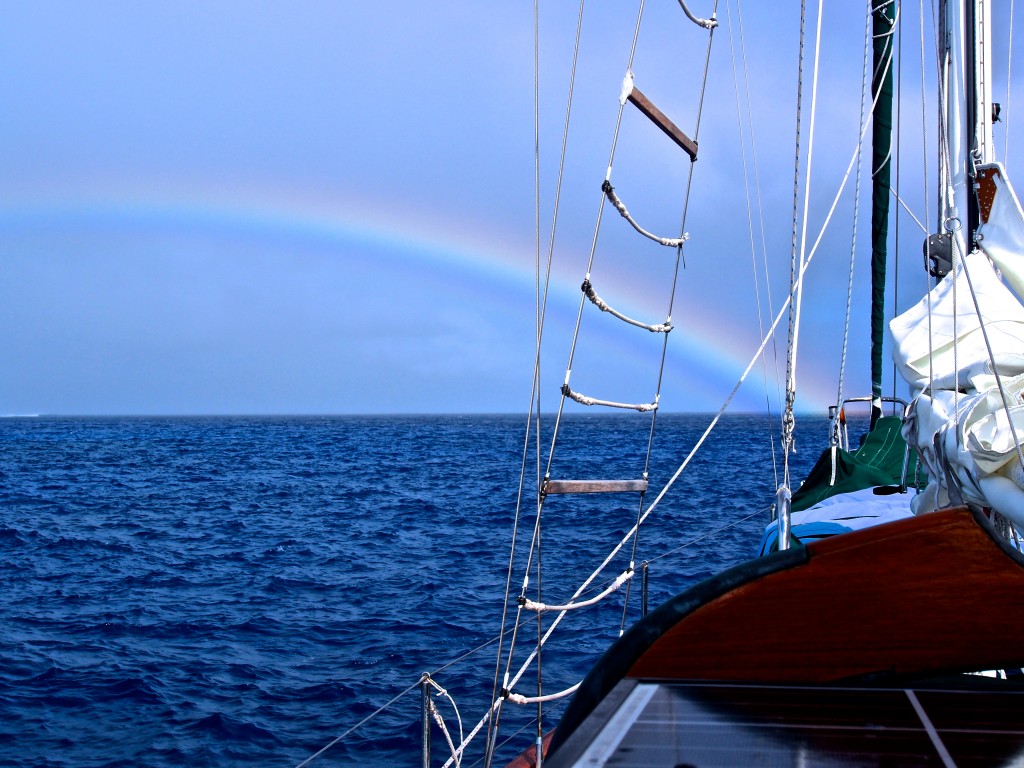
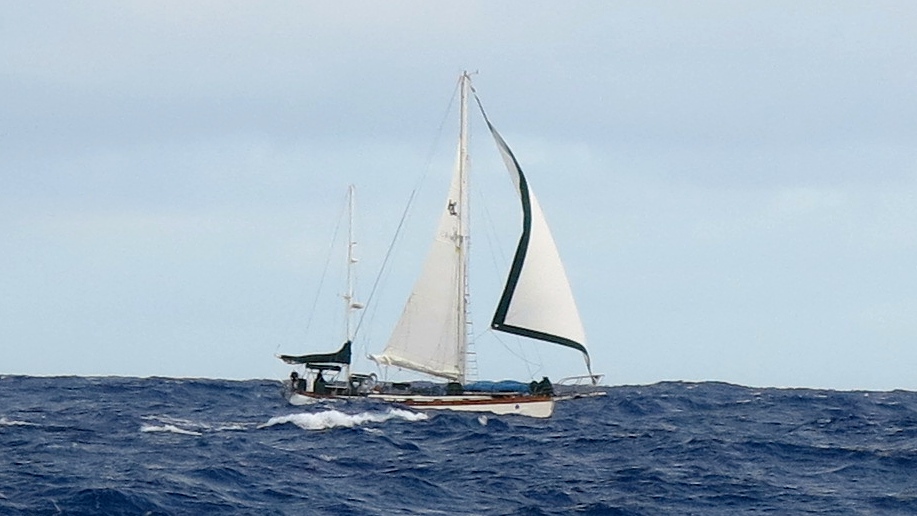
The Vava’u group is 1 of 3 groups of islands that make up the Kingdom of Tonga. It consists of dozens of islands spread out over an area of 250 square miles. There are 42 anchorages with names that are so hard to pronounce that they simplified it by numbering them 1-42. The main town of Neiafu is the center of activity and where most cruisers initially go. There are restaurants, a nice market, churches, bakeries, grocery stores, banks, etc. The other islands are either uninhabited or have very small villages. We used Neiafu as our home base and made several excursions to other anchorages throughout the group.
One of the best things about cruising is getting together with other boaters. We had a fantastic dinner aboard SV Brahminy with Dan & Sara who caught a nice Yellowfin tuna coming into Tonga. Richard & Geri from SV Panthera also joined us, then we all went to our boat for dessert—a peach crumble that Karen had made. Jacintha finally got to use the maps she had drawn of Apropos months ago, handing them out to everyone while giving them a tour of our boat.
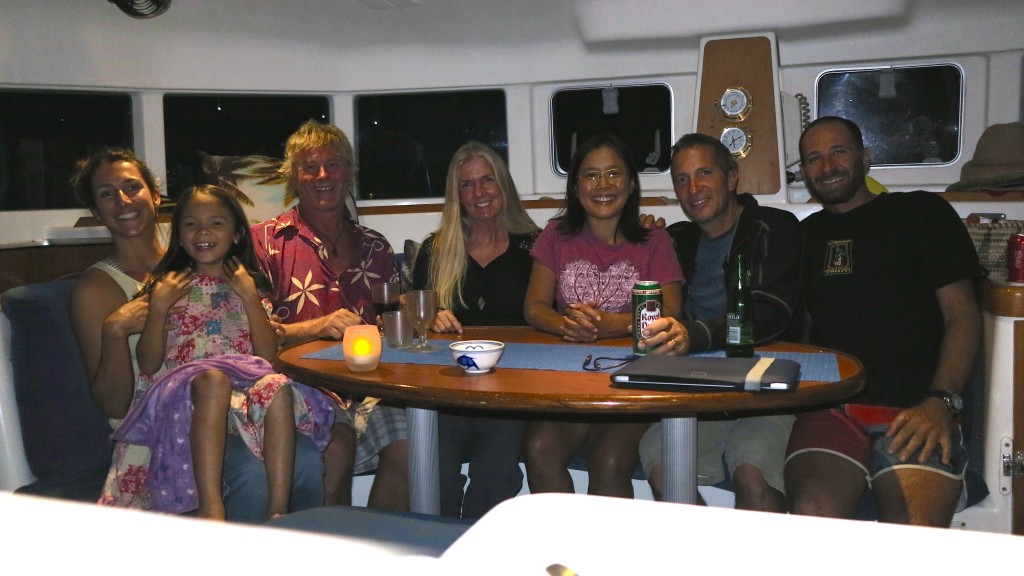
Tonga is an amazing cruising ground. Sort of like the San Juan and Gulf Islands in the Pacific Northwest, but with palm trees and warm water. Here are some highlights of our stay in Tonga:
Kava and Ukulele
One evening we took the dinghy to shore where we knew there was going to be a band called The Strings playing guitars and ukuleles. I brought my ukulele along and soon was sitting around a table playing Tongan music and drinking kava. Kava is a Tongan tradition enjoyed only by men and served by women. At the end of each song, wooden sipping bowls were filled from a huge yellow bowl of kava and passed around to each player. I’ve never drank kava before but heard about its tongue numbing, mellow/happy feeling effects. After about the 4th song, I was happy and numb! They sang and played traditional Tongan songs (mostly with 3 or 4 chords so I was able to strum along on my uke) until the kava was gone. I figured in the course of 2 hours I drank about a gallon of kava! Karen was the designated kava server, getting instructions from the guys to “stir it more” and “two scoops per bowl”. Jacintha fell asleep and the restaurant staff gave her a blanket and let her lie down on a table. After the last ounce of kava was drunk at around 11pm, we dinghy’d back to our boat where I slept great—and felt fine the next morning!
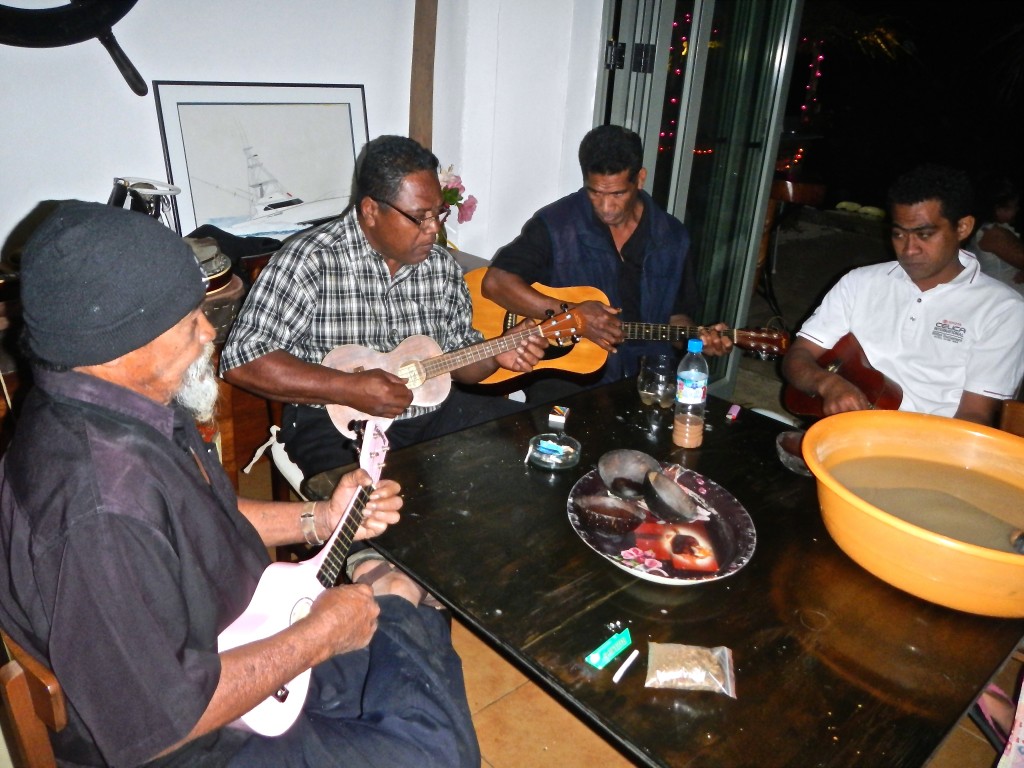
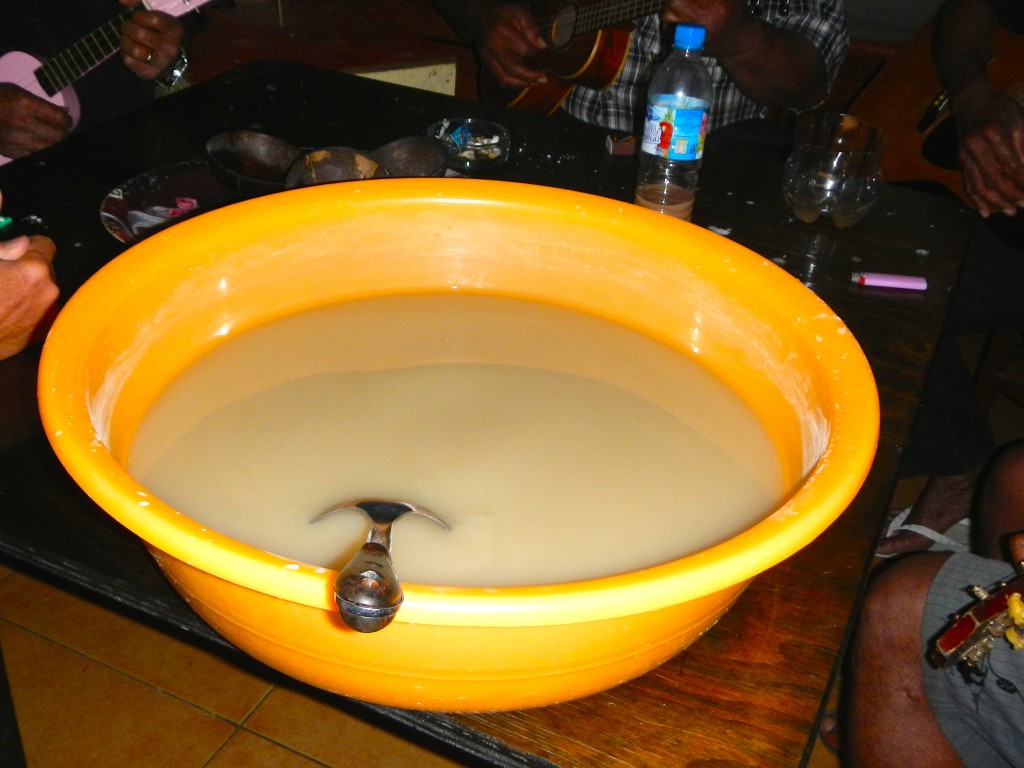
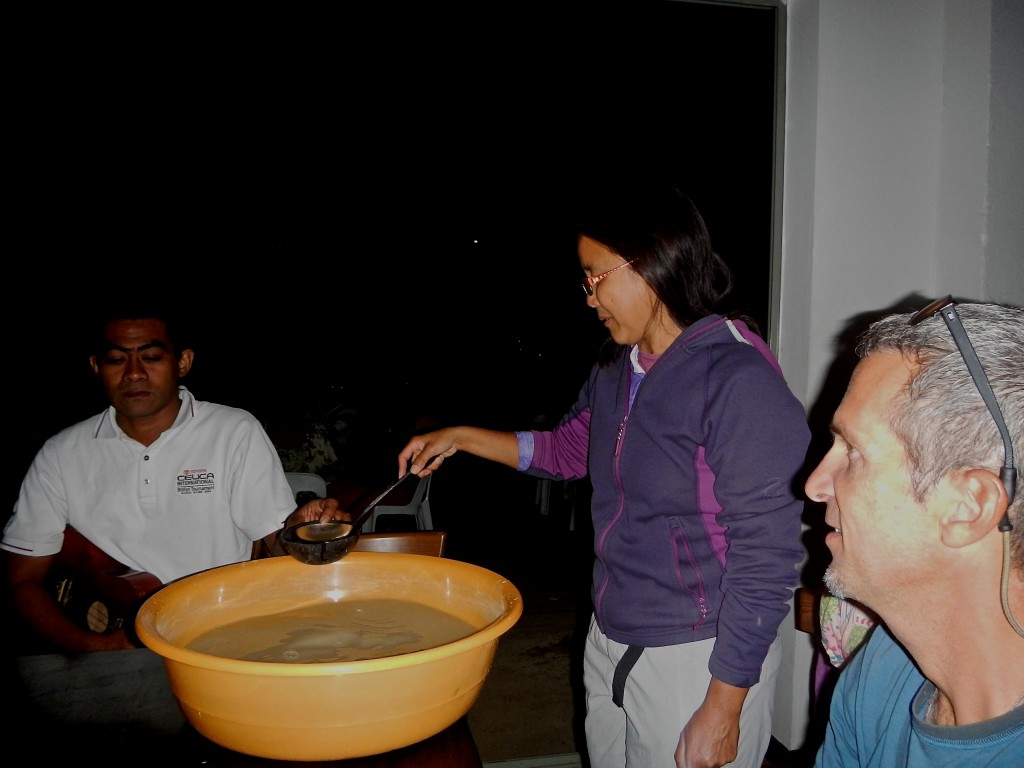
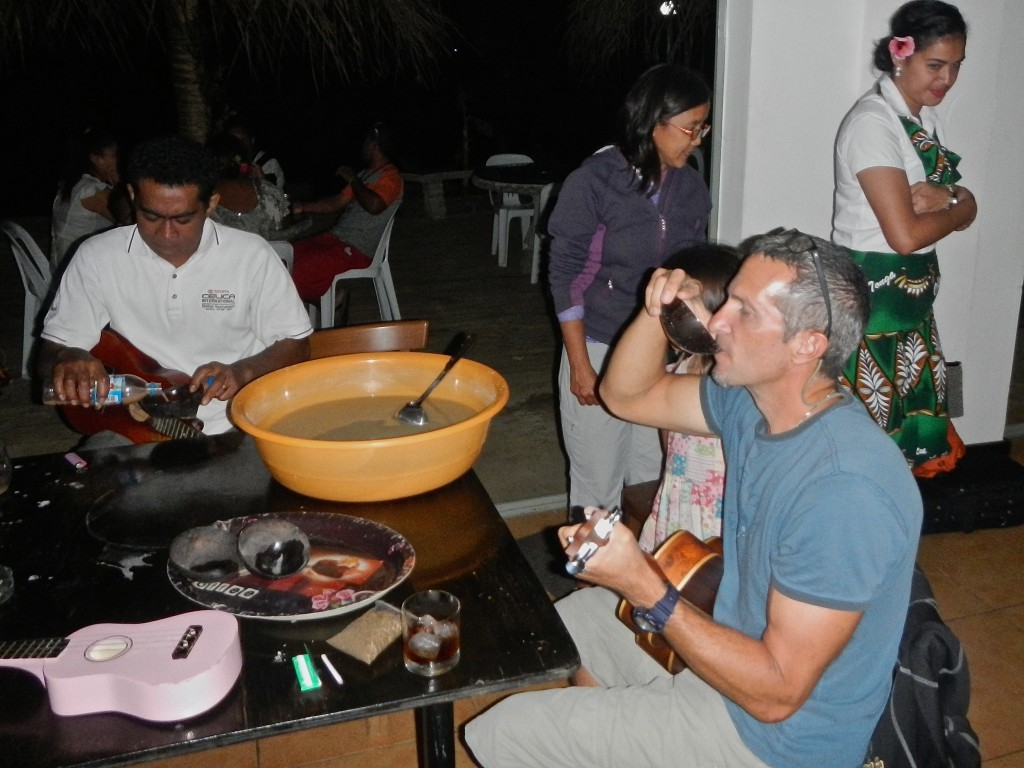
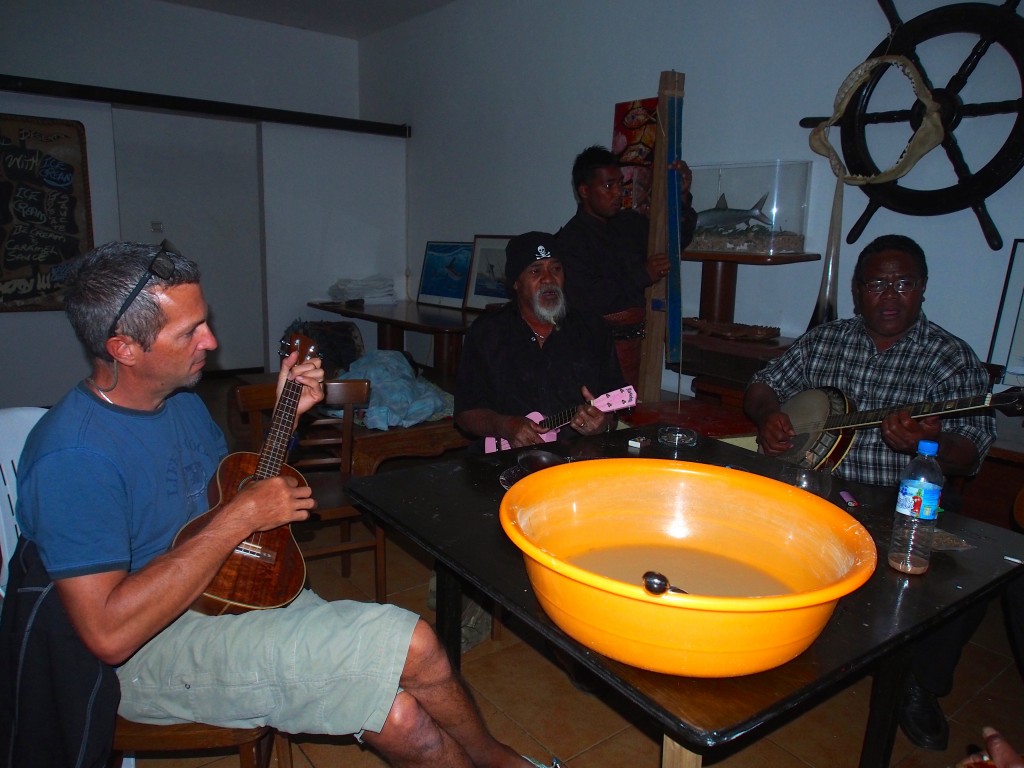
Matamaka
The tiny village of Matamaka (anchorage #15) is a 2 hour sail from Neiafu. We went there after reading about their small elementary school that welcomes cruising kids to join them for a day of school. After tying to a mooring buoy, we walked to the 2-classroom school to meet the teacher and ask if Jacintha could attend the following day. There were 2 classrooms, one for 8-9-10 year olds, and one for 5-6-7 year olds. The principal introduced us to both classes and welcomed Jacintha to join them the following day starting at 8:30am. We then walked around the village of a dozen or so homes, most with gardens and fenced-in areas for pigs. We stopped to talk to 2 men who were chopping up kava root. One of the girls we met earlier in the older classroom gave Jacintha a book and a small plastic toy. She was very sweet and declined our offer to bring her a book the following day. Back at the boat, Jacintha was very excited to be going to school the next day and even went to bed early but couldn’t sleep!
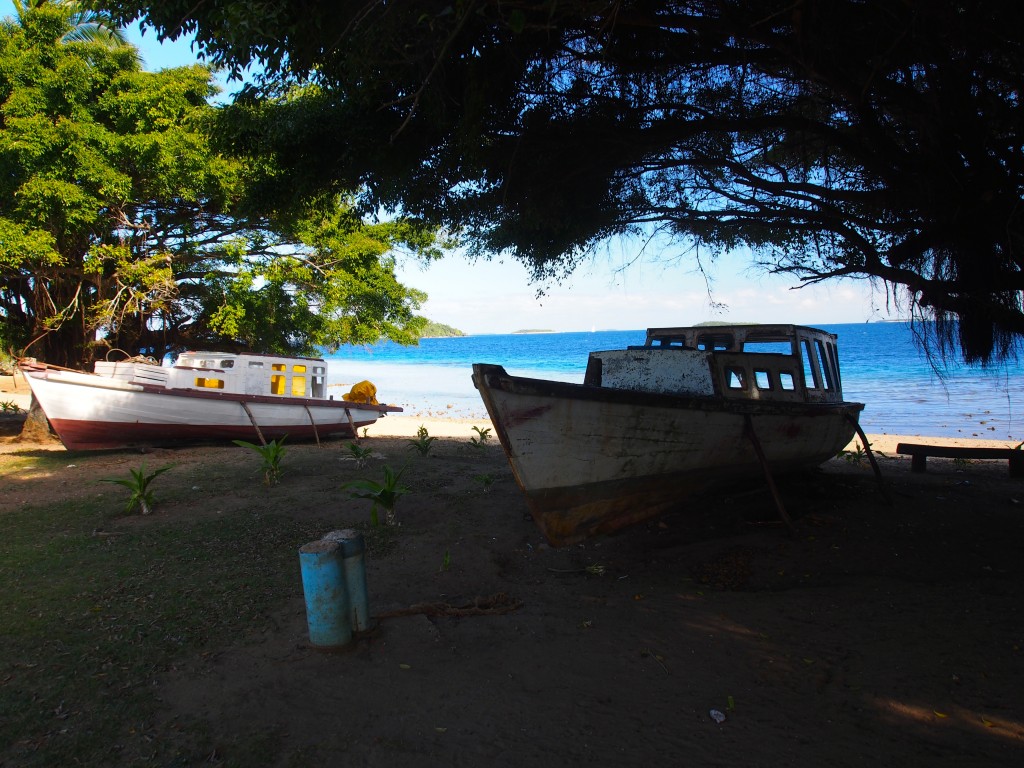
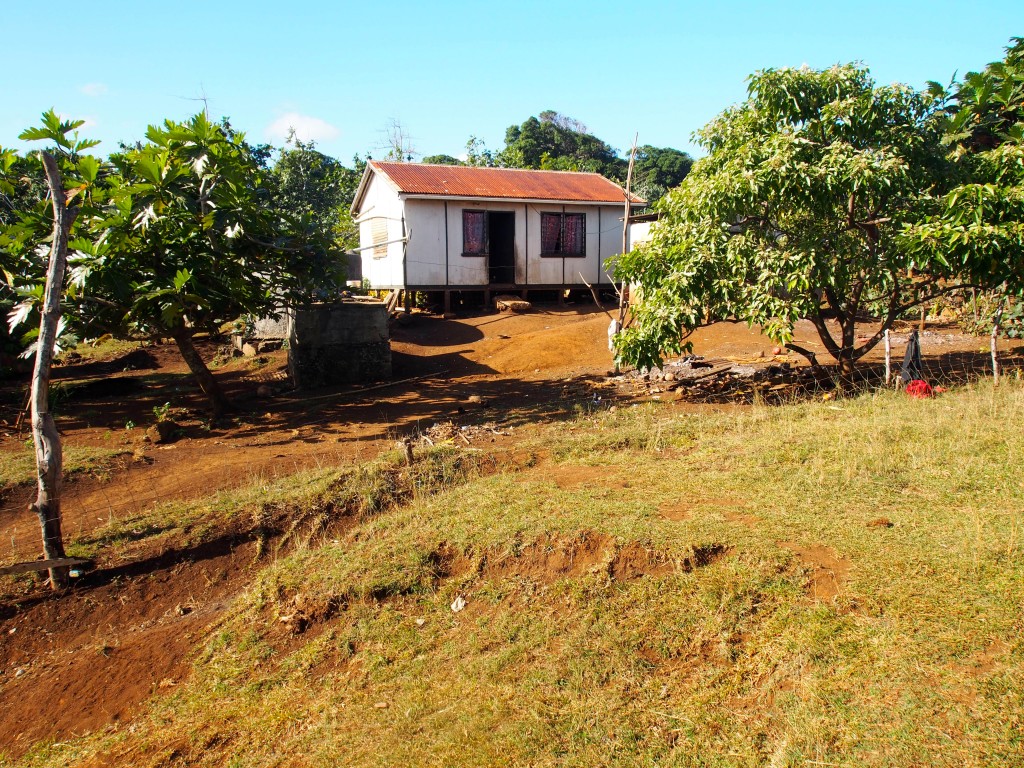
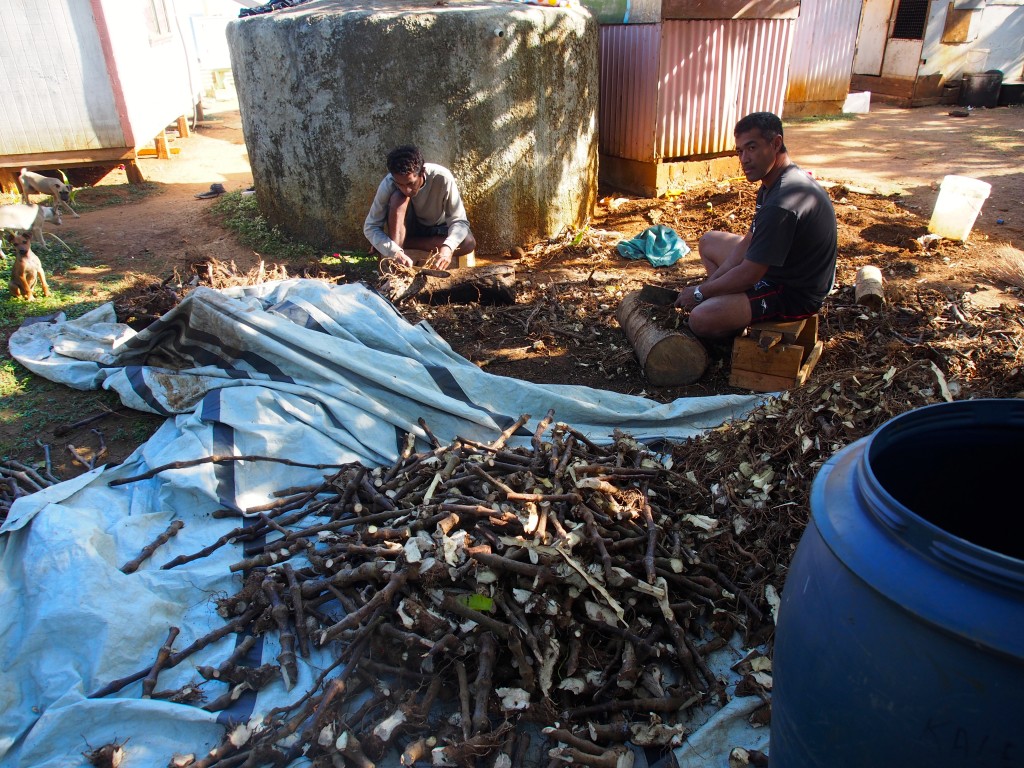
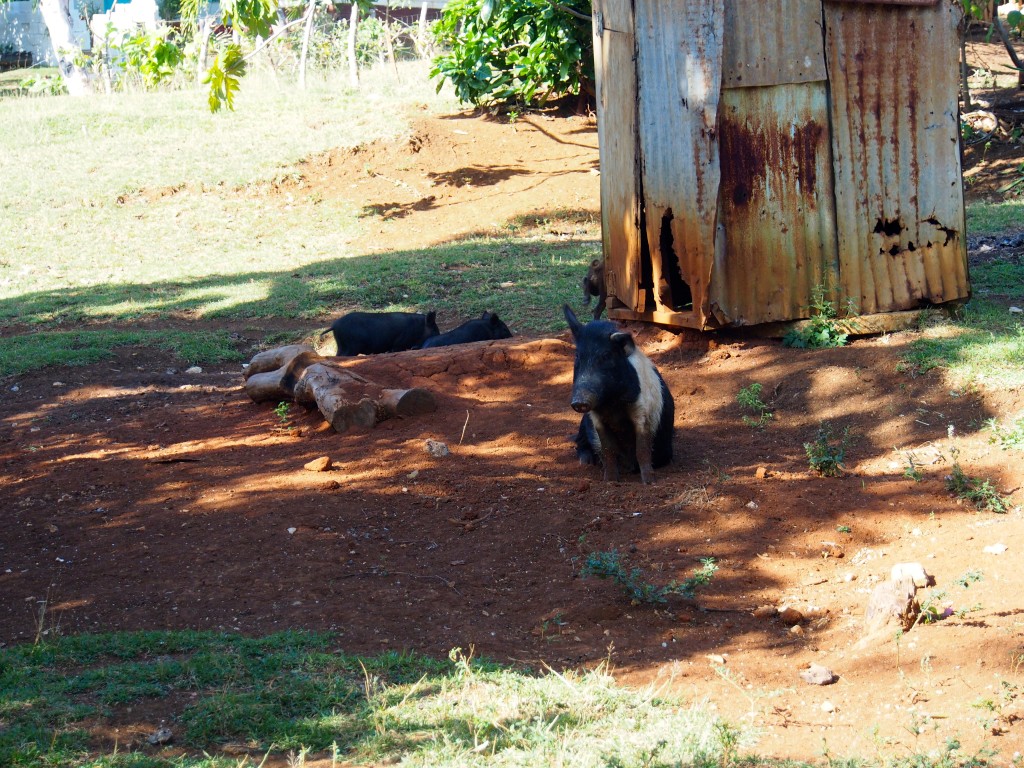
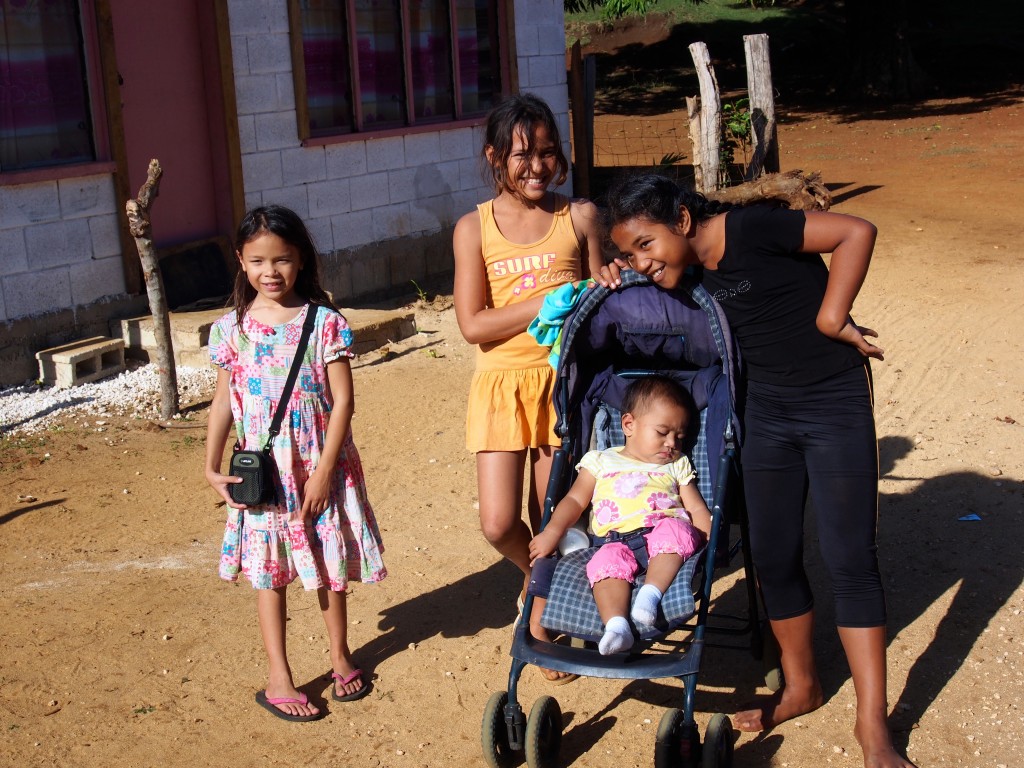
A Day at School
It was Karen’s birthday, so I made her tea and let her have a relaxing morning while I packed a lunch for Jacintha and took her to school. We tied the dinghy to the wharf at 8am and walked a short distance to the school, which sits atop a hill overlooking the bay. Along the way we passed the school principal who was waiting for a boat to take her to town for a meeting. So instead of 2 teachers and 2 classrooms, there would be only 1 teacher with 15 students in a single classroom. Jacintha and the Tongan students lined up outside the building for the morning prayer and announcements, spoken in Tongan. The teacher had her infant baby with her and after we entered the school, asked if I would be ok watching the class until 10am. I gladly accepted and began by asking the kids to introduce themselves and tell me their age. They were very shy at first but soon warmed up. They ranged in age from 6 to 11 years old (the older kids lived and attended school in Neiafu during the week, and returned to Matamaka on weekends). We did some math on the blackboard, with the younger kids doing simple addition and the older kids multiplication. I showed them where Seattle was on the globe and asked them how long they thought it took us to sail to Tonga, getting answers from 2 days to 2 weeks! I also asked them questions about Tonga and found the population of Matamaka was about 40 people. I asked them to sing their favorite song, which went “Good morning, good morning, how are you? I’m fine, I’m fine, and hope that you are too”. Next was reading and Jacintha volunteered to read a book in front of the classroom. Then they translated some English words such as “hello, house, boat, pig” to Tongan. Running out of things to do, I asked what game they wanted to play and they decided on hangman. When the teacher returned at 10am, I went back to the boat and left Jacintha with the class. When we returned at noon, the teacher thanked us for the donations of books and art supplies, and then had 3 of the older girls perform a short dance for us. She then announced the school day to be a half-day and asked the kids to line up outside beneath the bell where she distributed a bag full of toys Jacintha had brought for them. The kids were dismissed and we ate our lunch on a bench overlooking the bay. Afterwards we were joined by one of the boys in a game of stickball on the large lawn in front of the school.
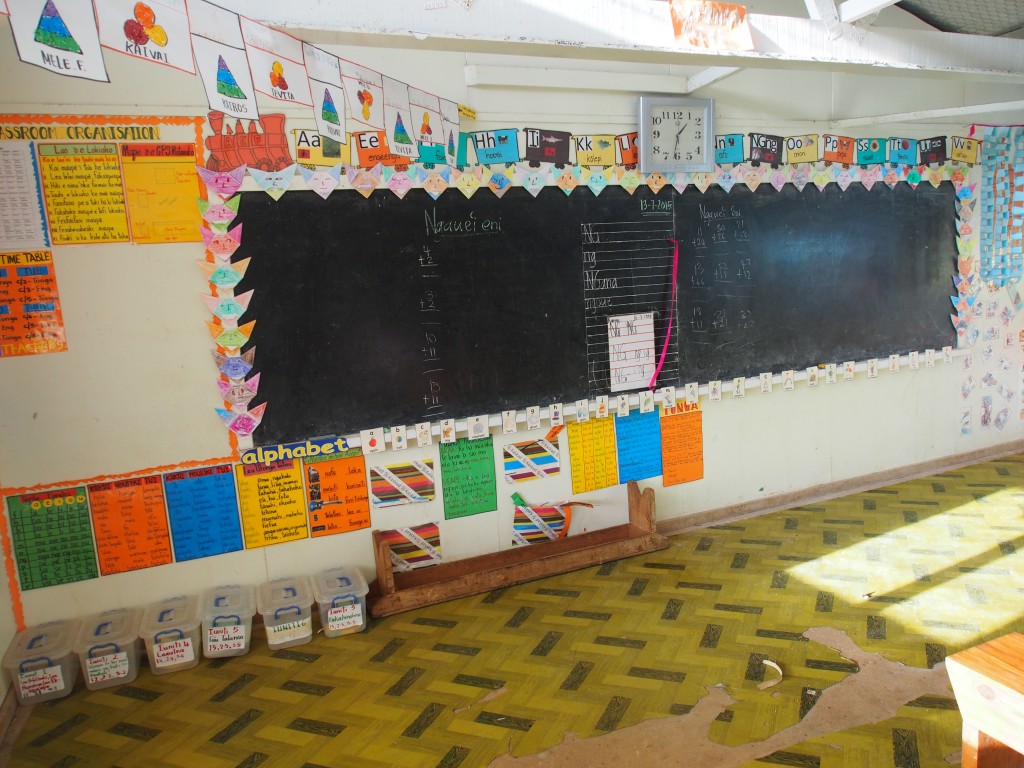

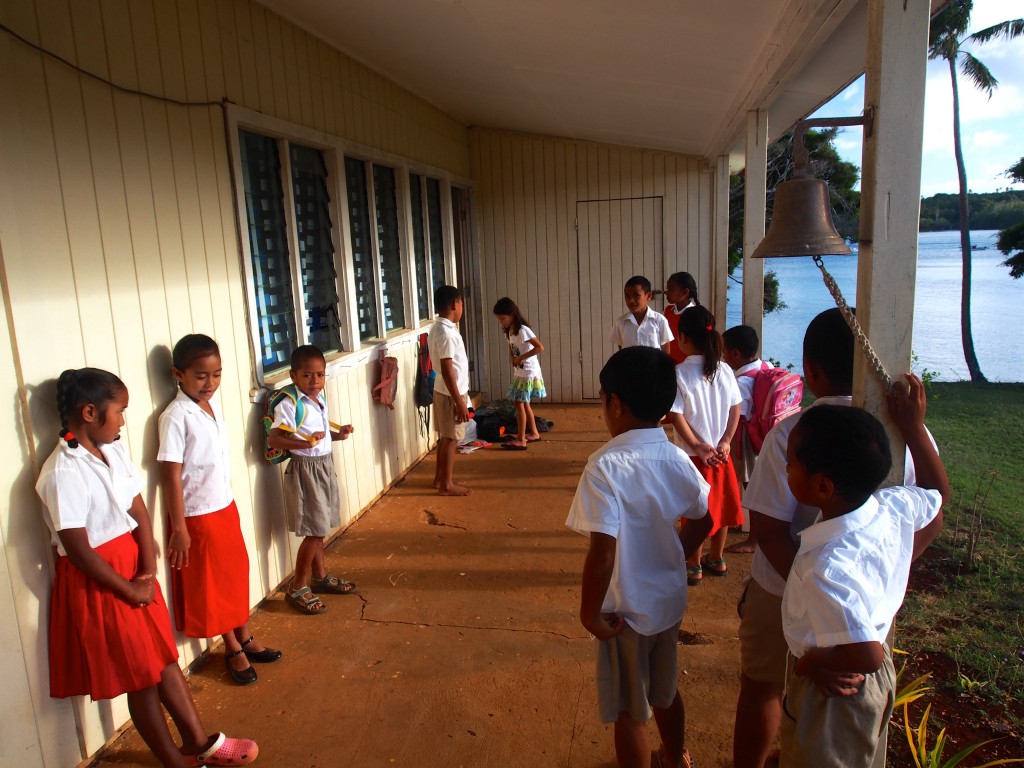
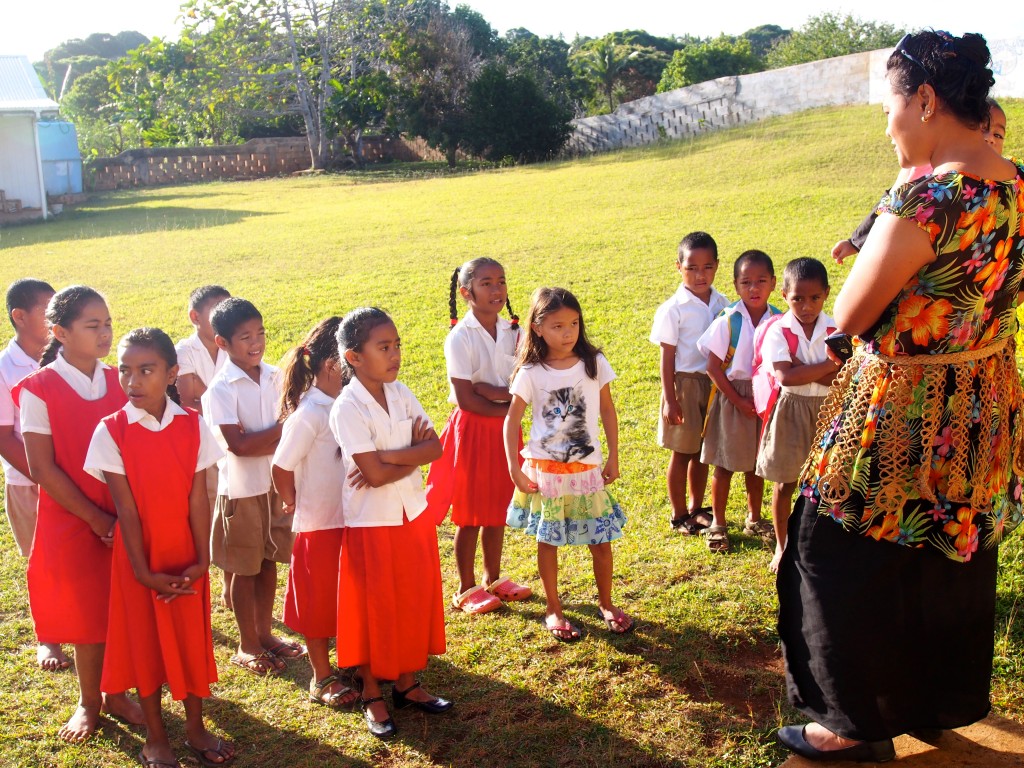
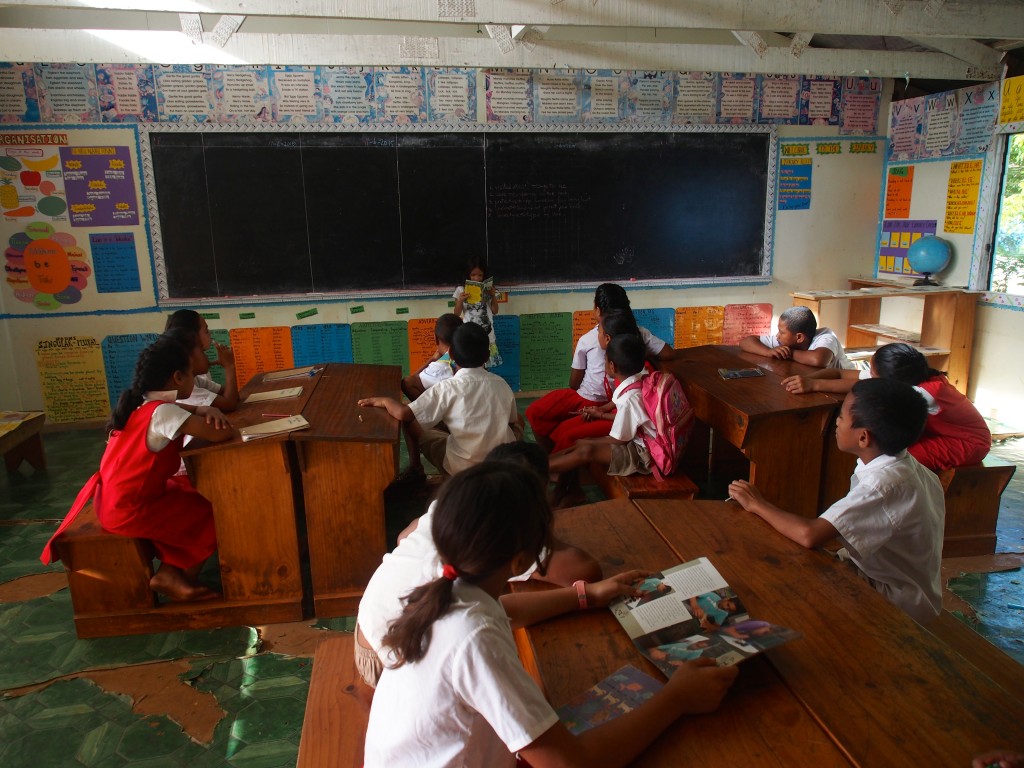
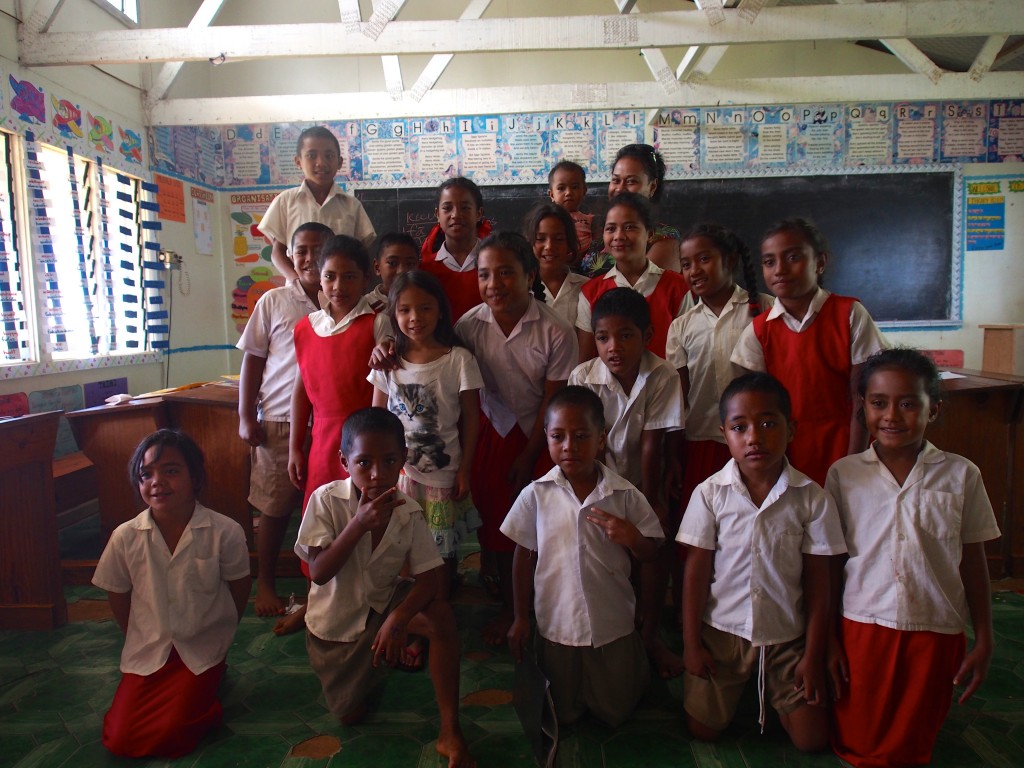
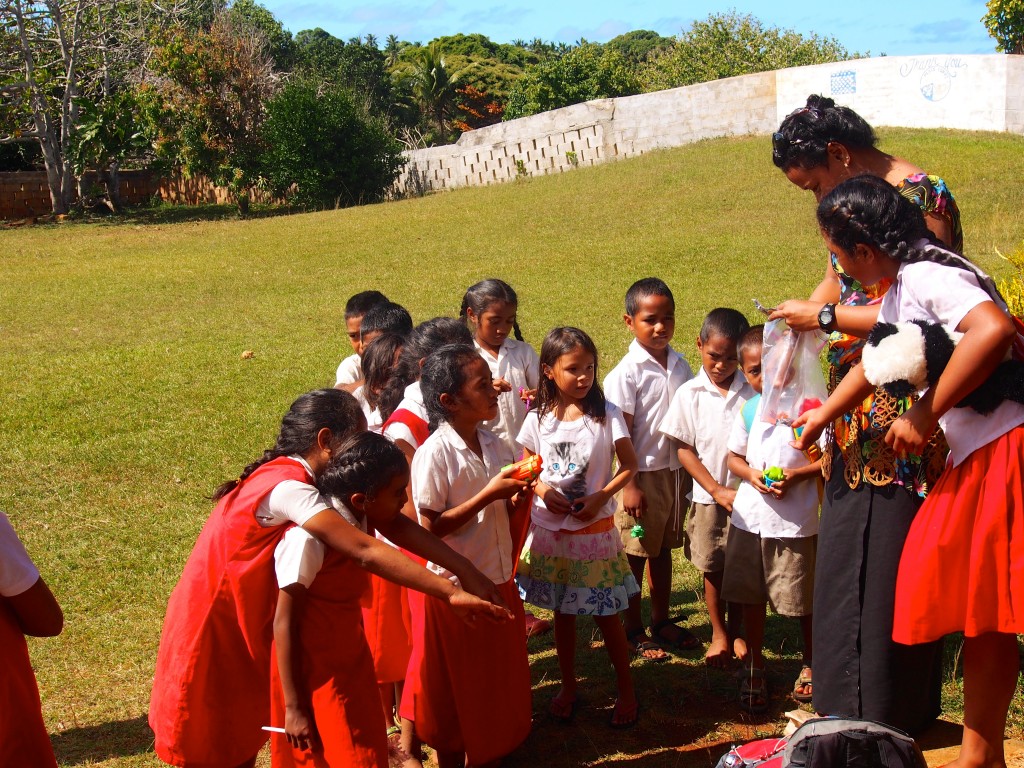
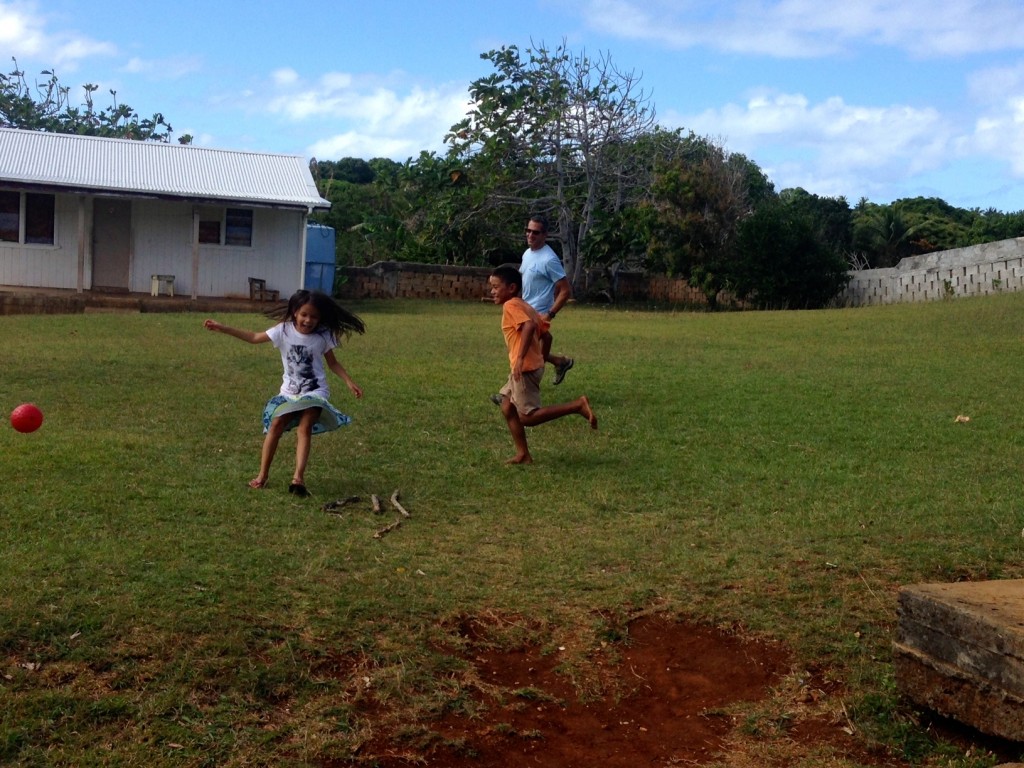
Tongan Feast
We joined 5 other boats at anchorage #16 (Vaka’Eitu) for a Tongan Feast. A wonderful Tongan family provides the entertainment and food along the beach in front of their house. They cooked a suckling pig on a spit, sweet and sour fish, teriyaki chicken, yams, crab salad, taro leaves, fruit, and more. The hosts, who have 11 children, also provided some entertainment with singing, dancing and guitar playing. Jacintha had fun playing with other boat kids while we ate and talked to other cruisers. It was a beautiful night with a new moon, brilliant stars, and hardly any wind.
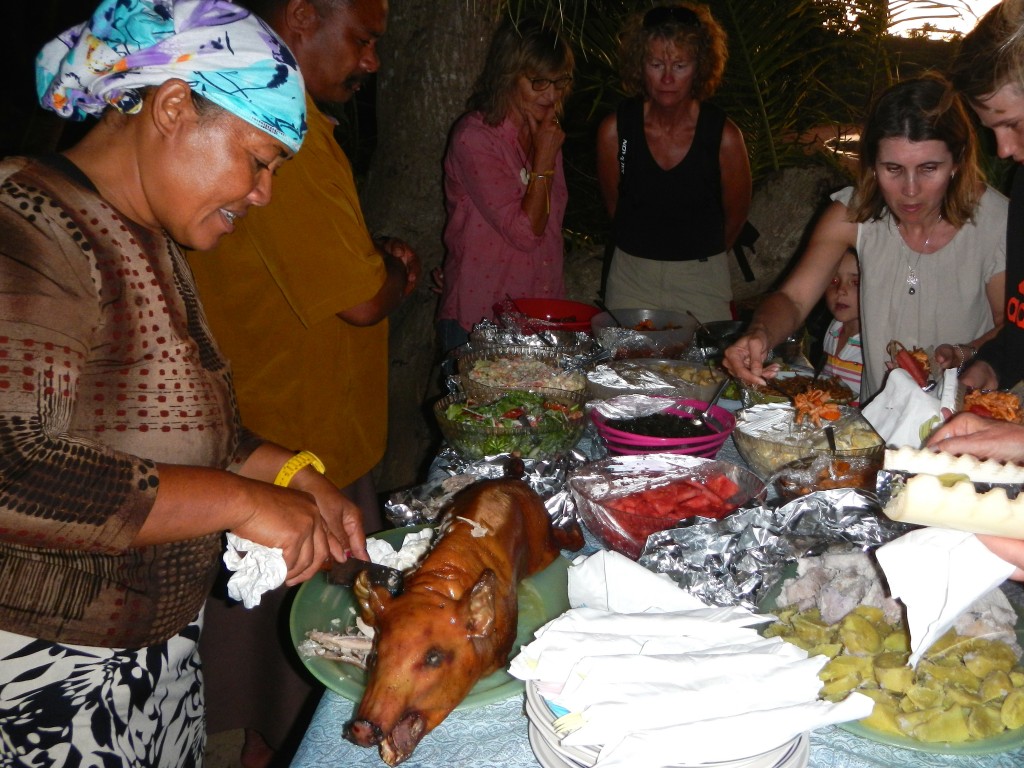

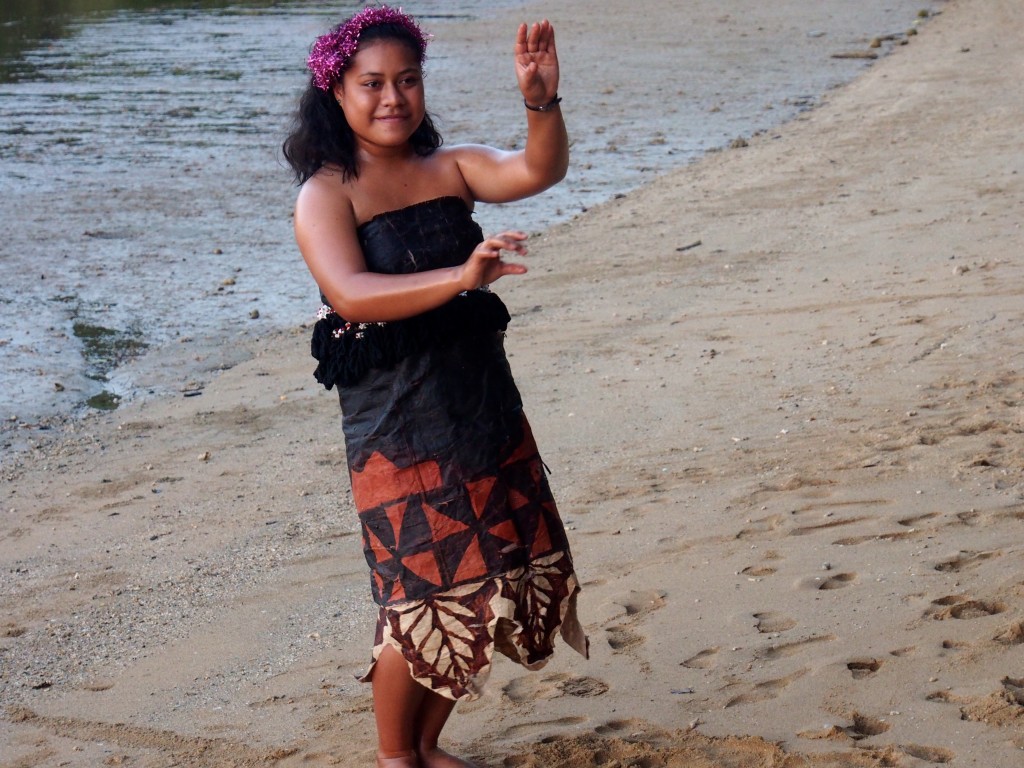

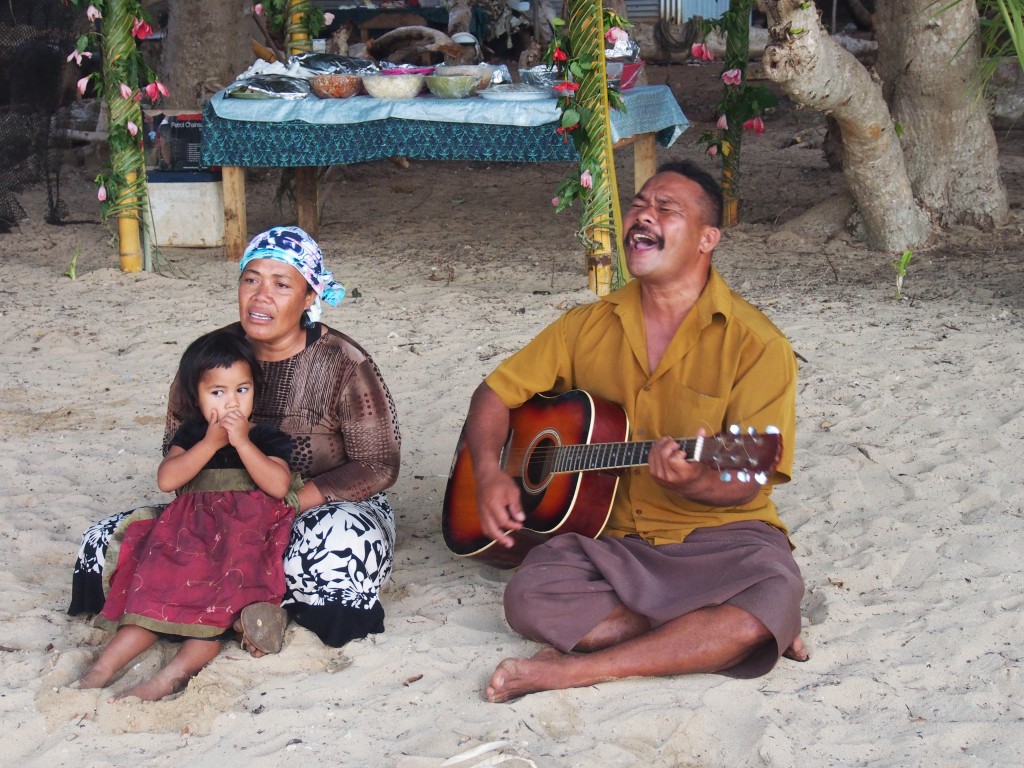
Swallows Cave
After dropping anchor in Port Maurelle at anchorage #7, we drove our dinghy a mile away to explore Swallows Cave. We heard the best time to go was after 4pm since the cave opening faces west and in the late afternoon the sun shines right into the cave. Arriving at 5:30pm,we found the opening in the coral limestone and drove the dinghy inside. The inside of the cave was amazing—above the water, the ceiling rose to 50’, and below the crystal clear water, the floor dropped to at least 100’. The inside was the size of a small movie theater. With the sun shining into the mouth of the cave, thousands of small silver fish shined in schools a few feet below the surface as well as 50’ down. We put on our mask and fins and snorkeled around for 30 minutes enjoying the underwater scenery. On the cave ceiling were hundreds of swallow nests from which the cave was named after.
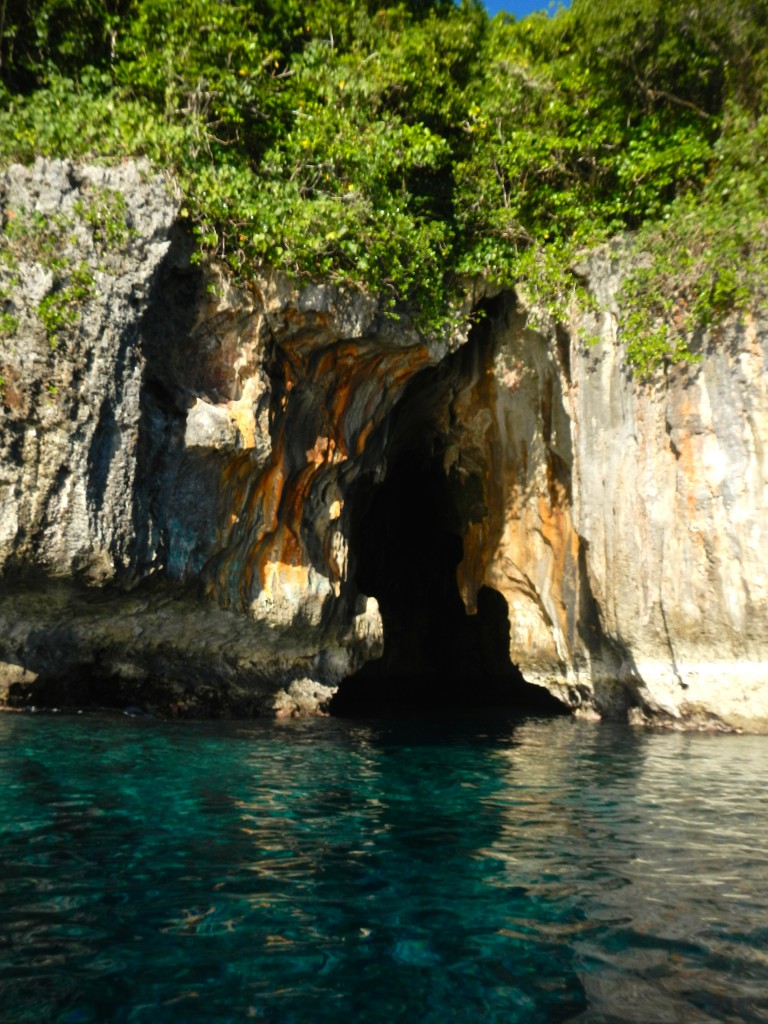
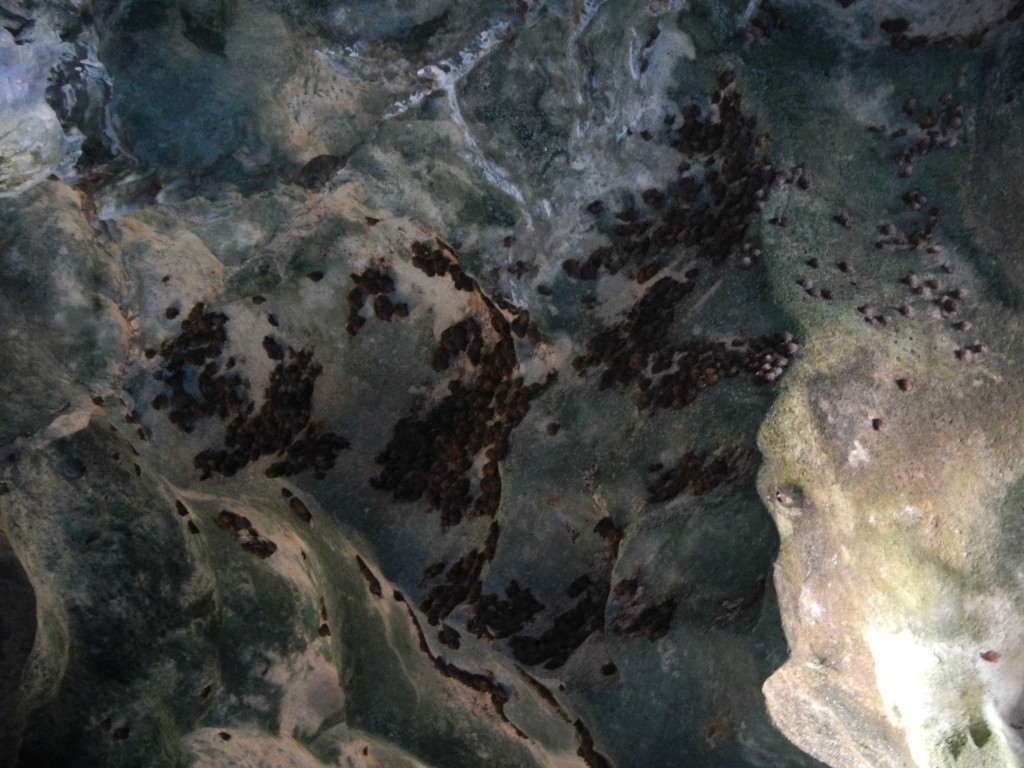
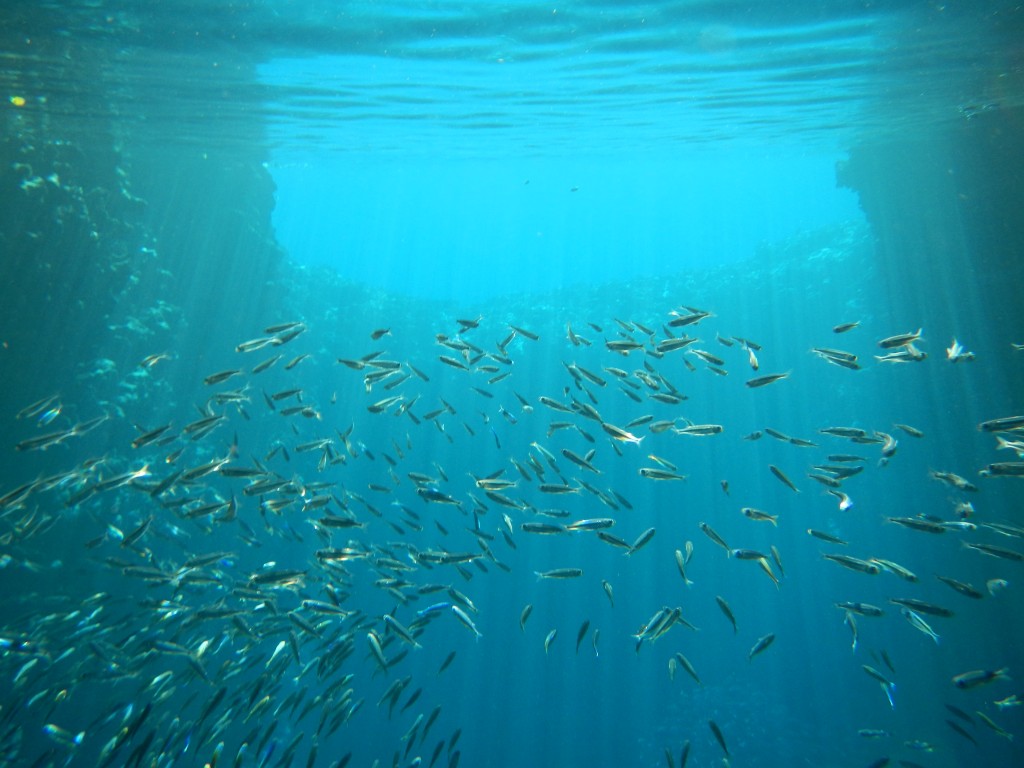
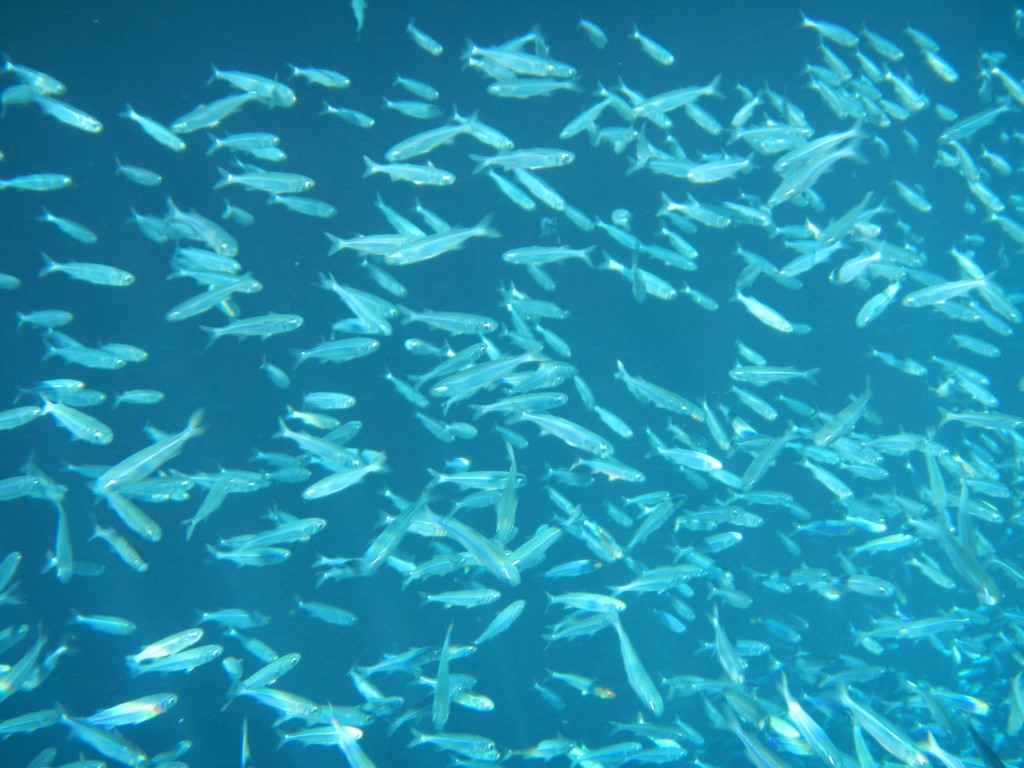
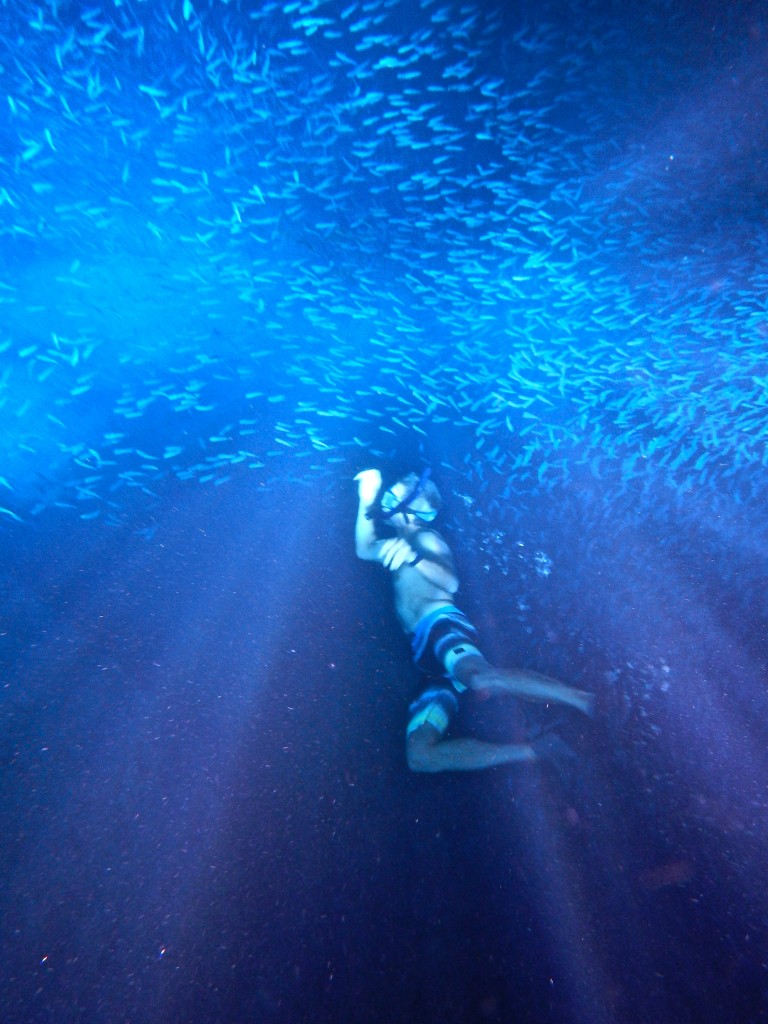
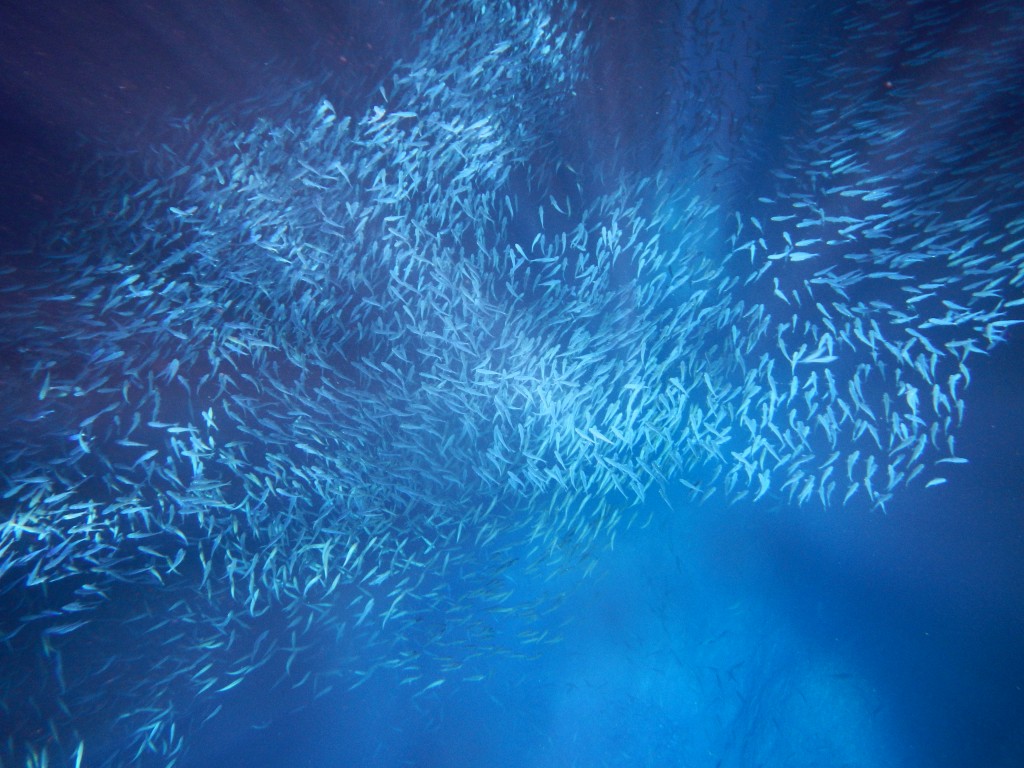
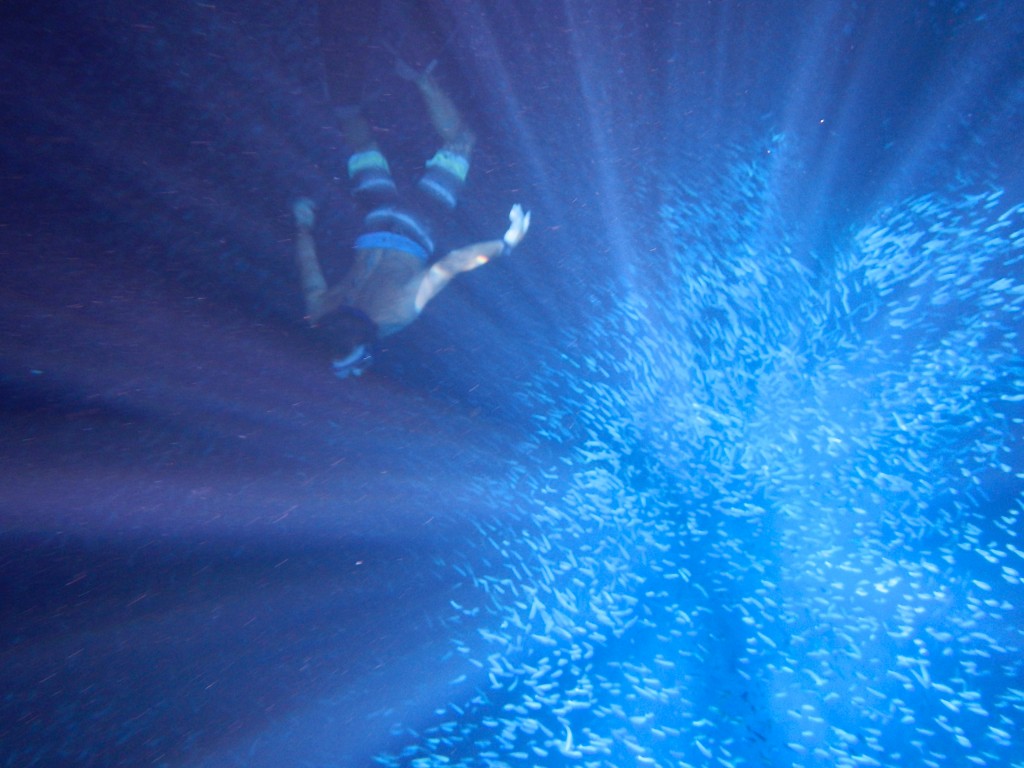
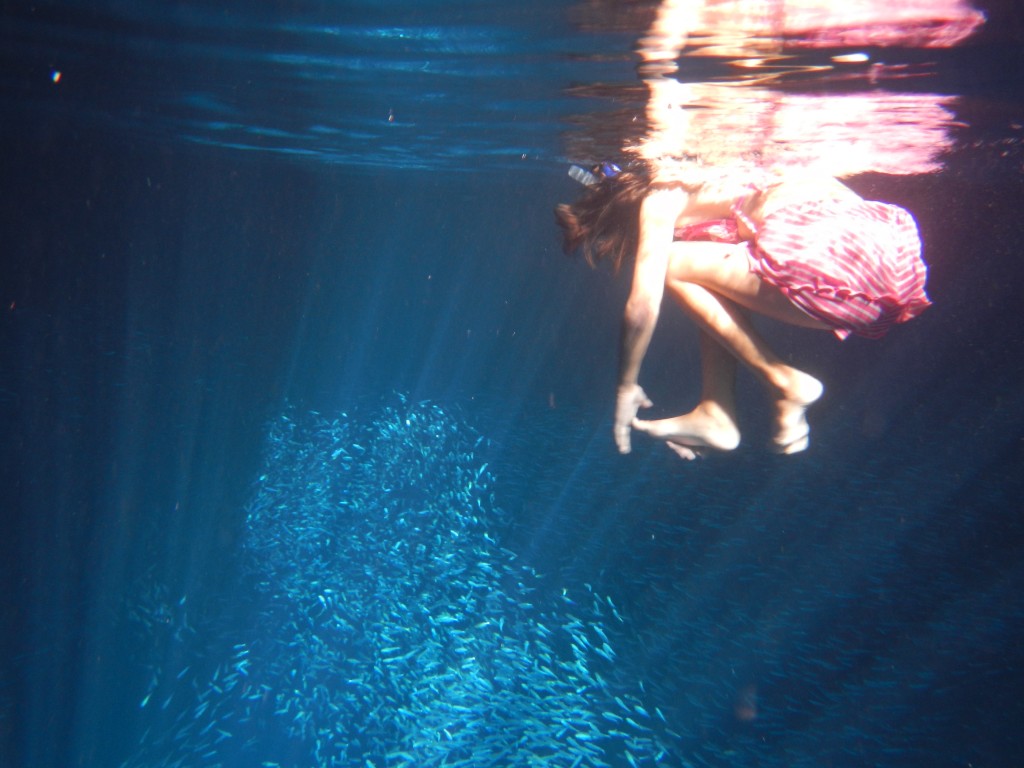
Jacintha’s Friends
After several weeks of hanging out with just mom and dad, Jacintha has been having a field day meeting up with old and new boat kids. While in Tonga, we reconnected with SV Bob The Cat and their 2 boys, and met new kids from SV Javelot and SV Fannie Fisher. Here are some pictures of Jacintha and her friends. Ivan, shown rowing in the picture below, was a great rower and rowed them all the way to shore and back. We later learned his father was an Olympic rower for NZ, and also rowed across the Atlantic, winning the 2-man race!
